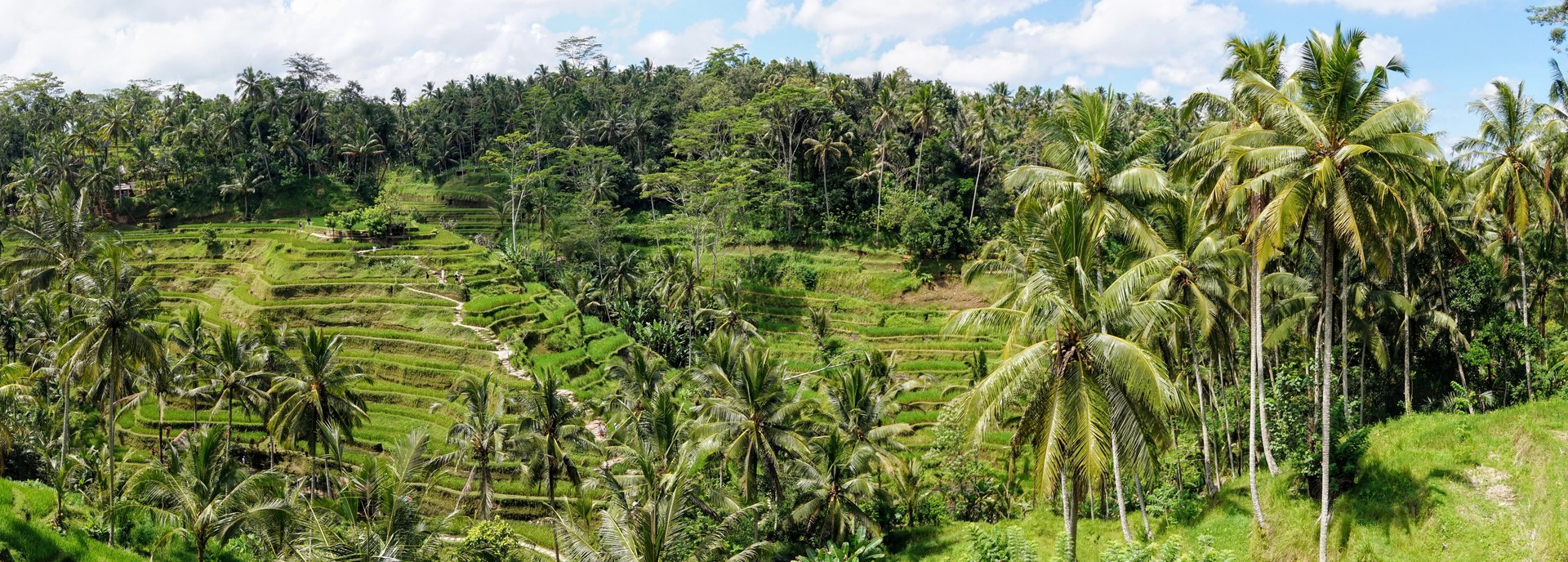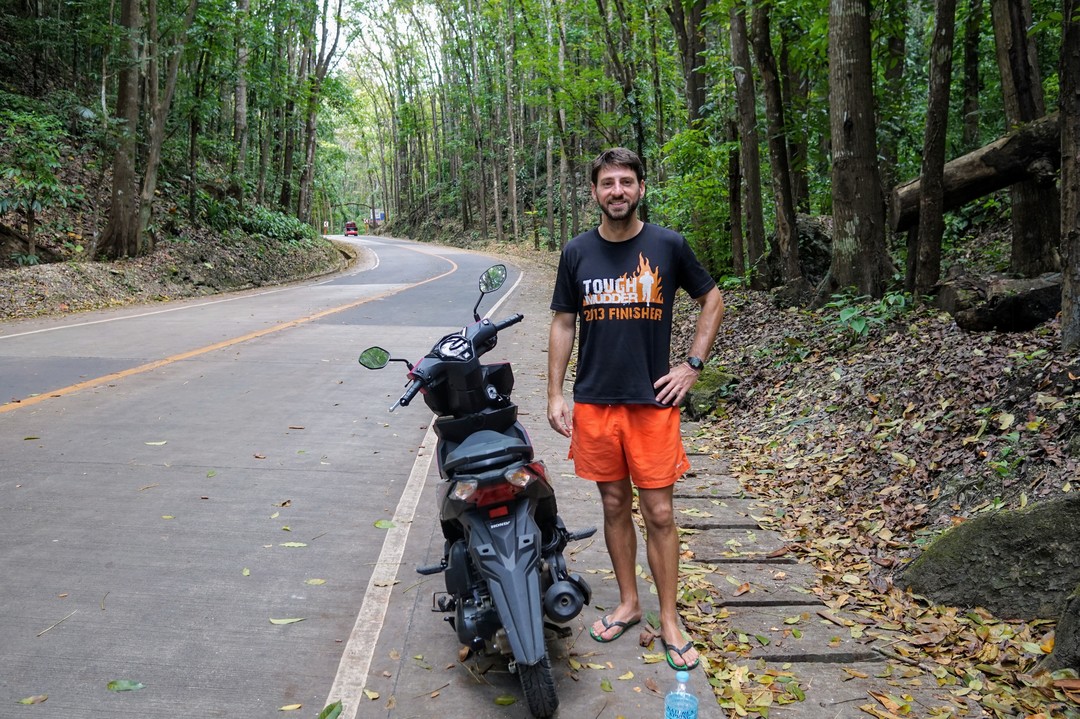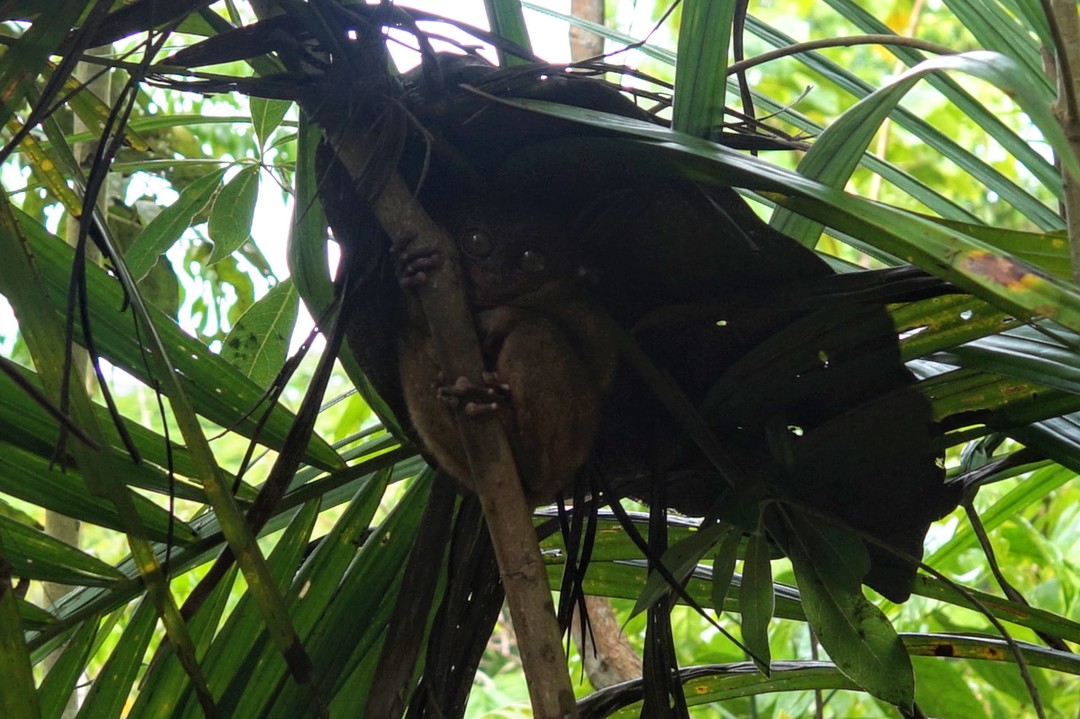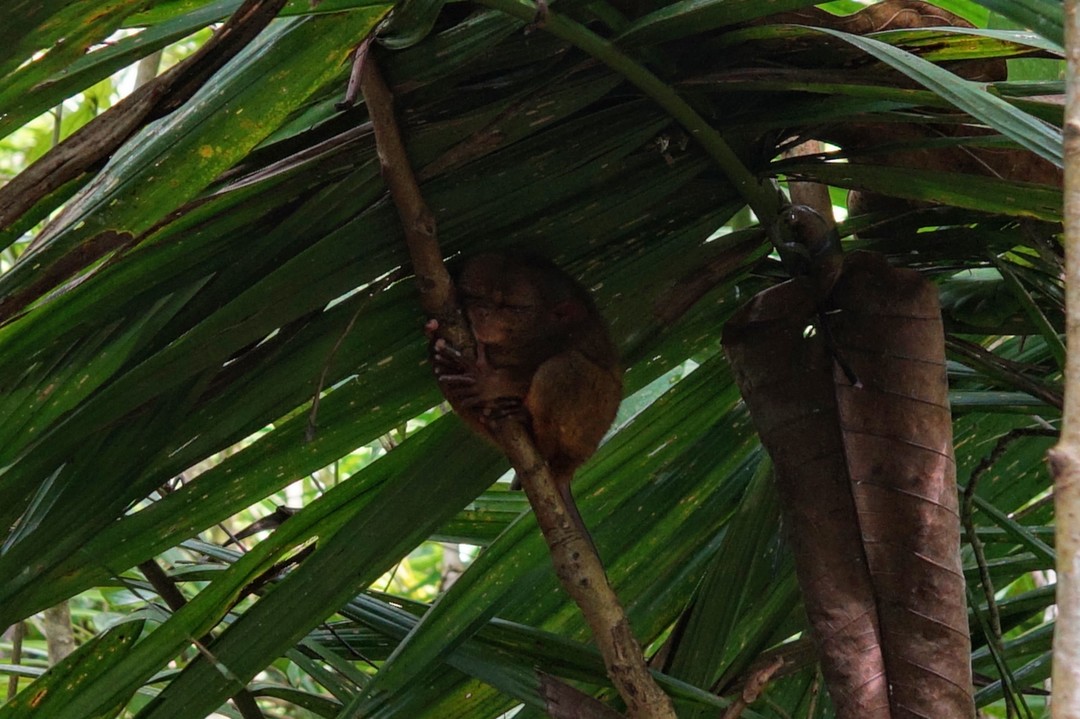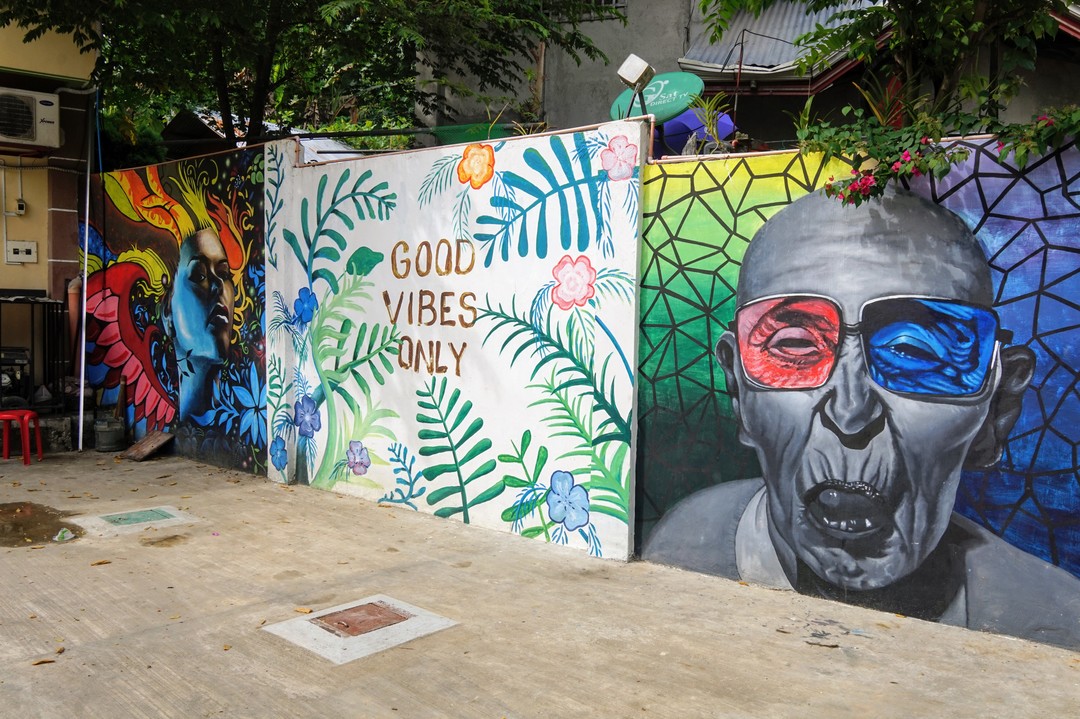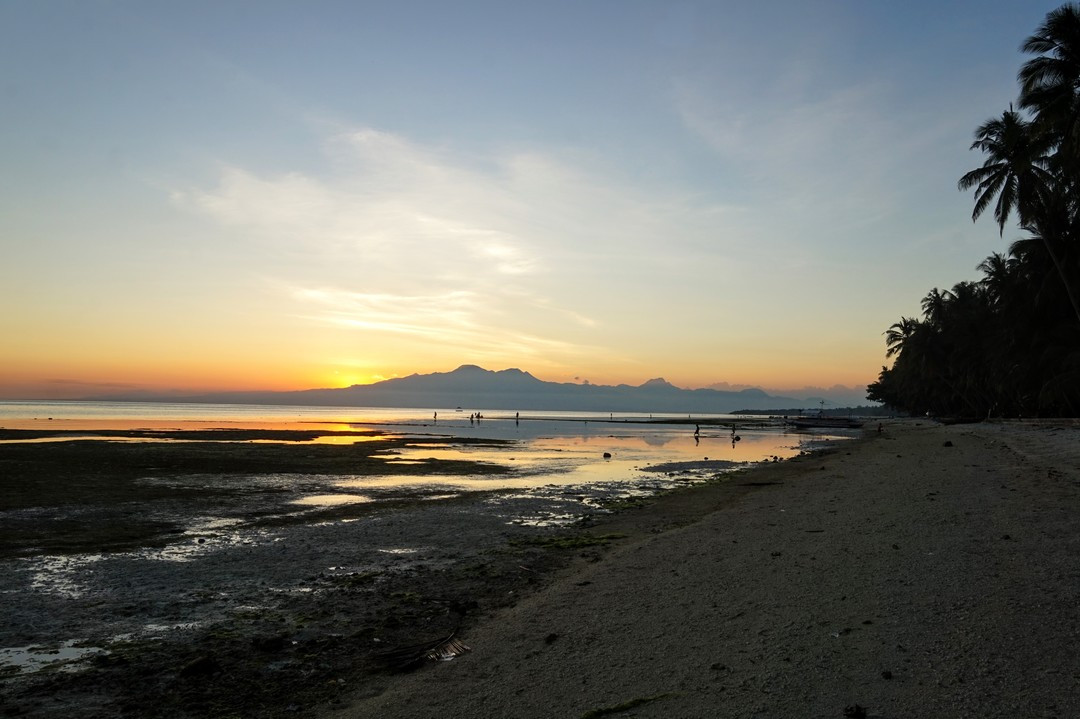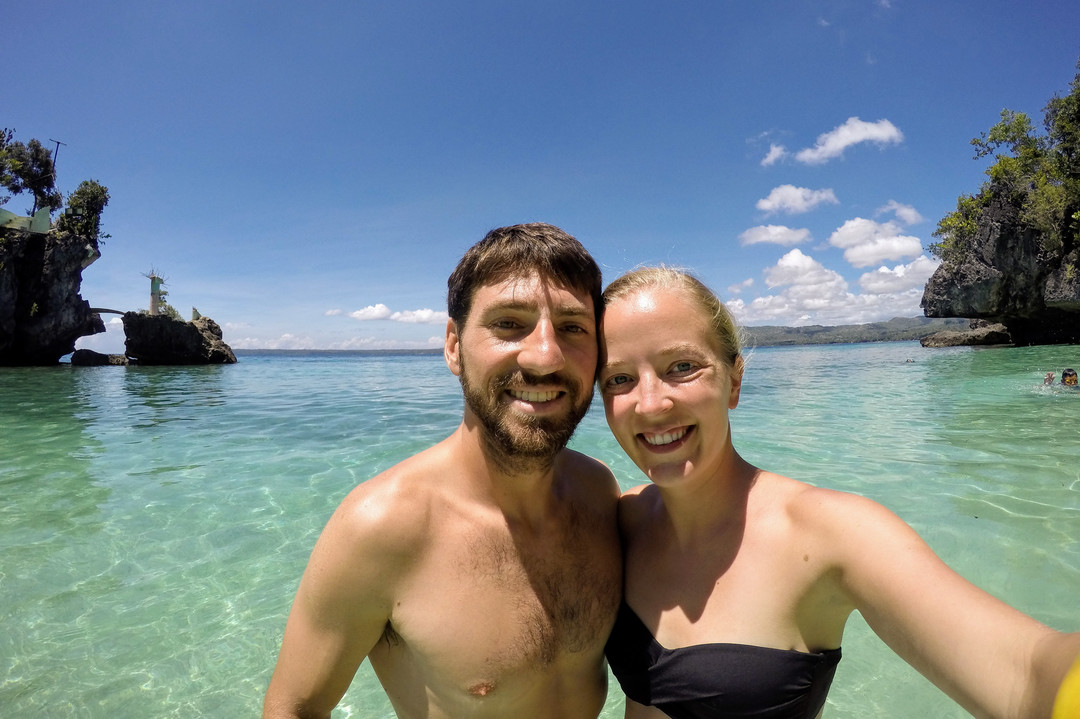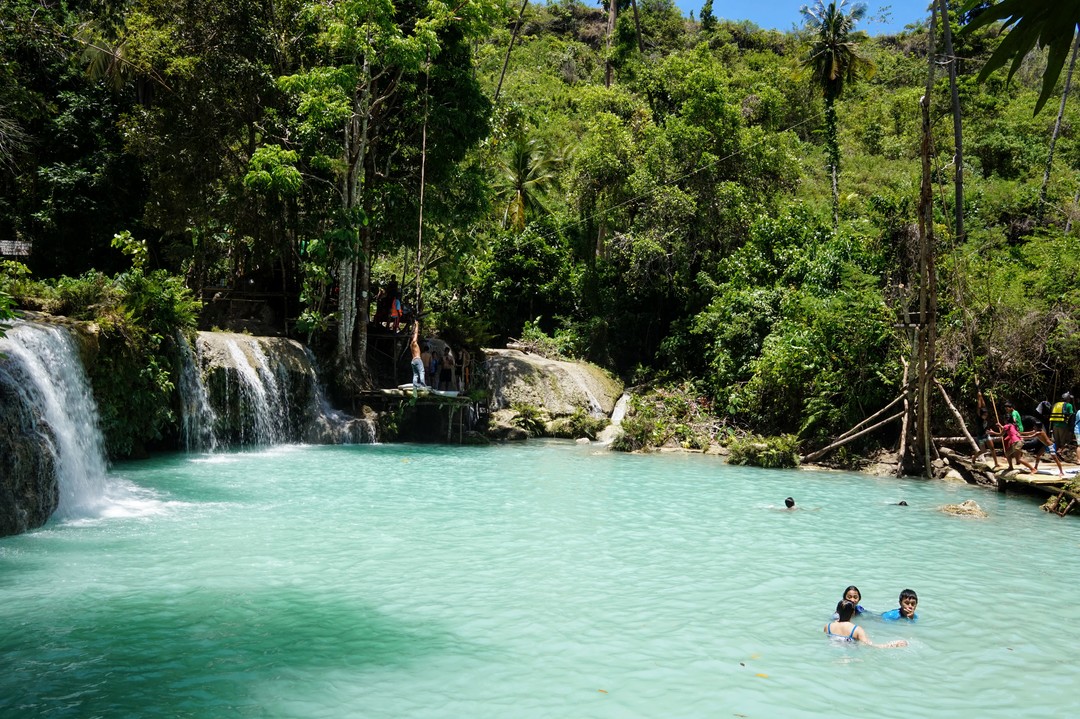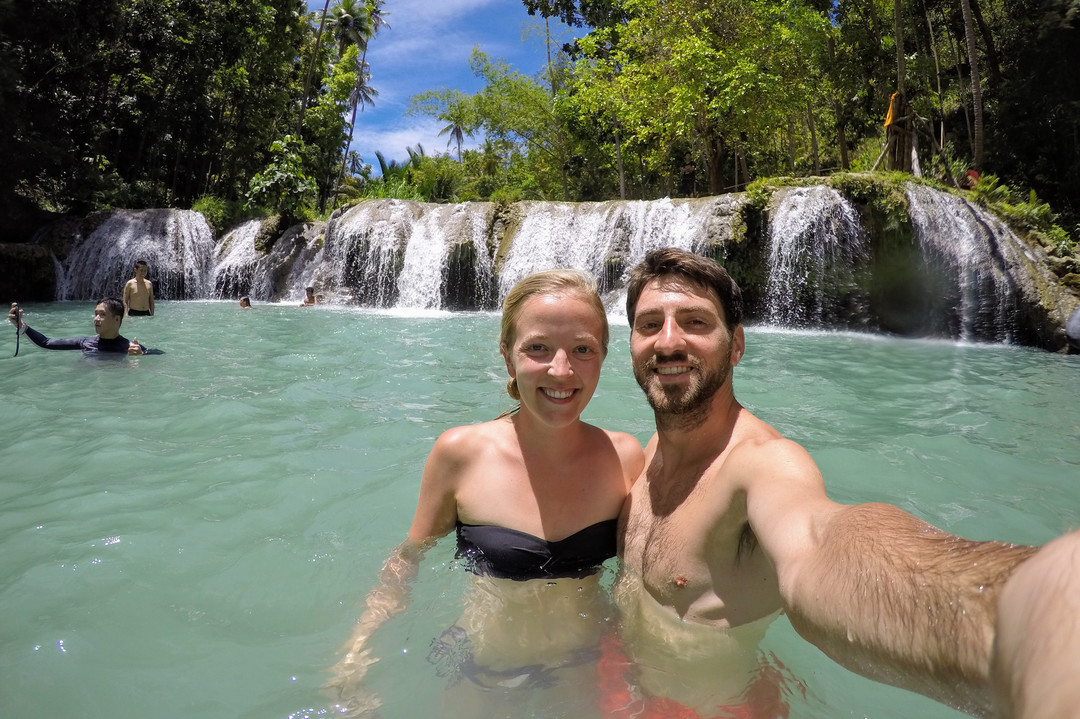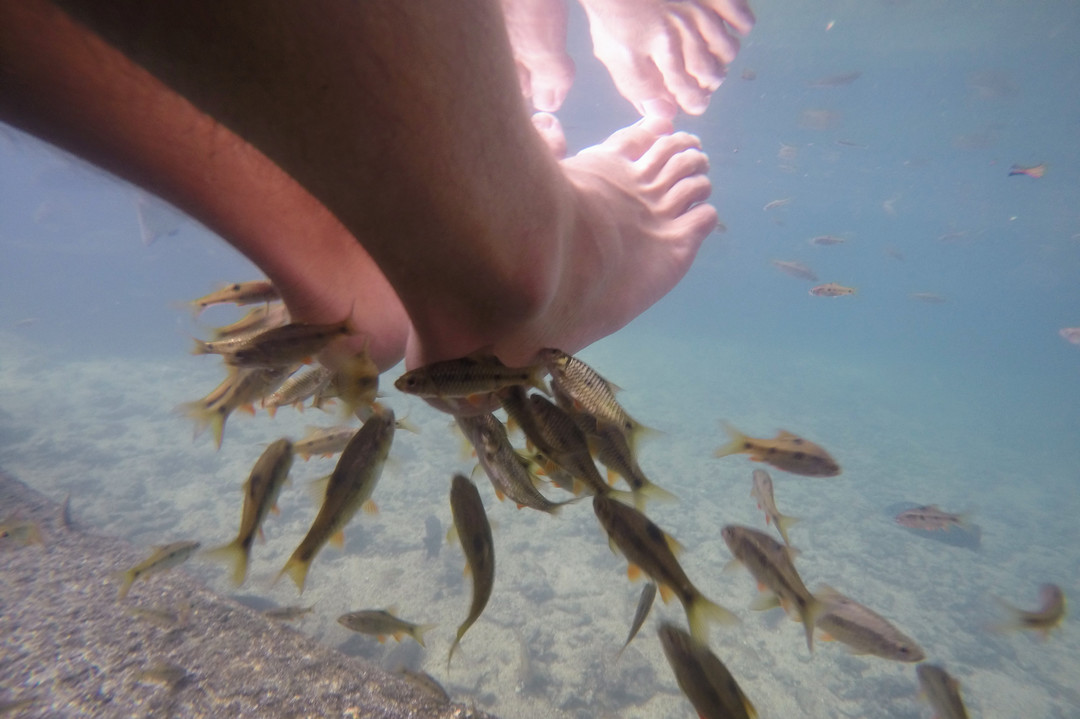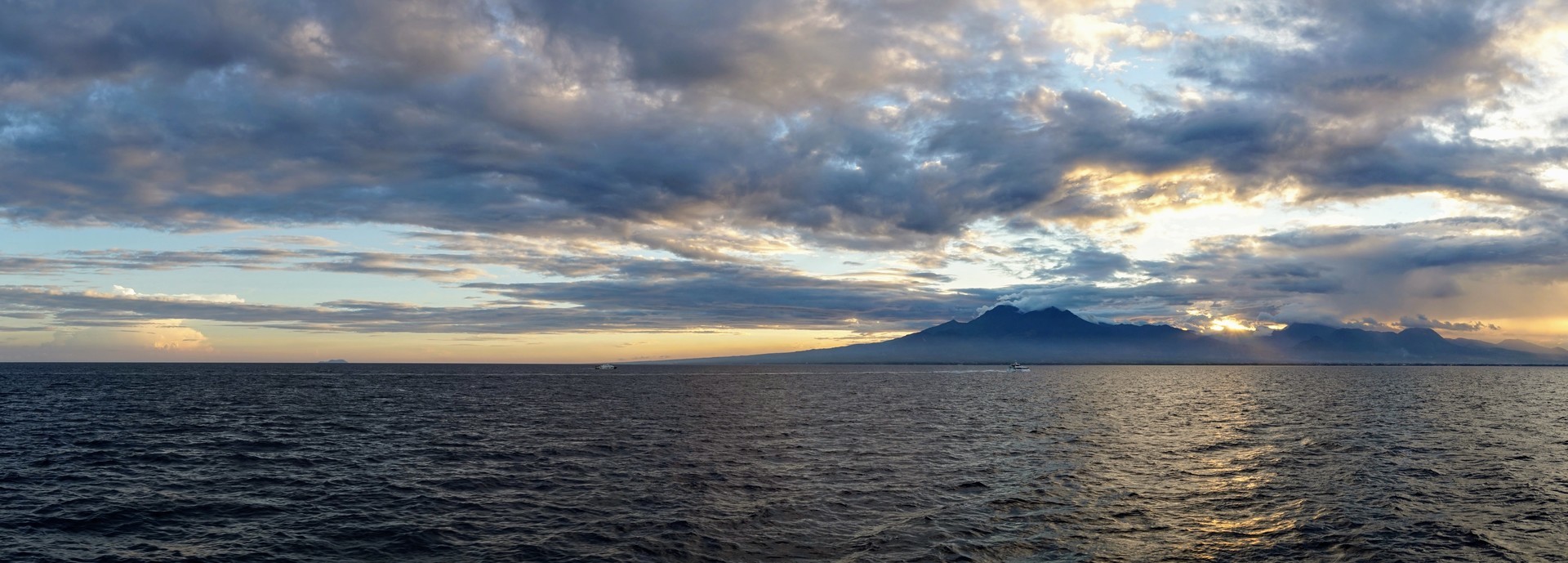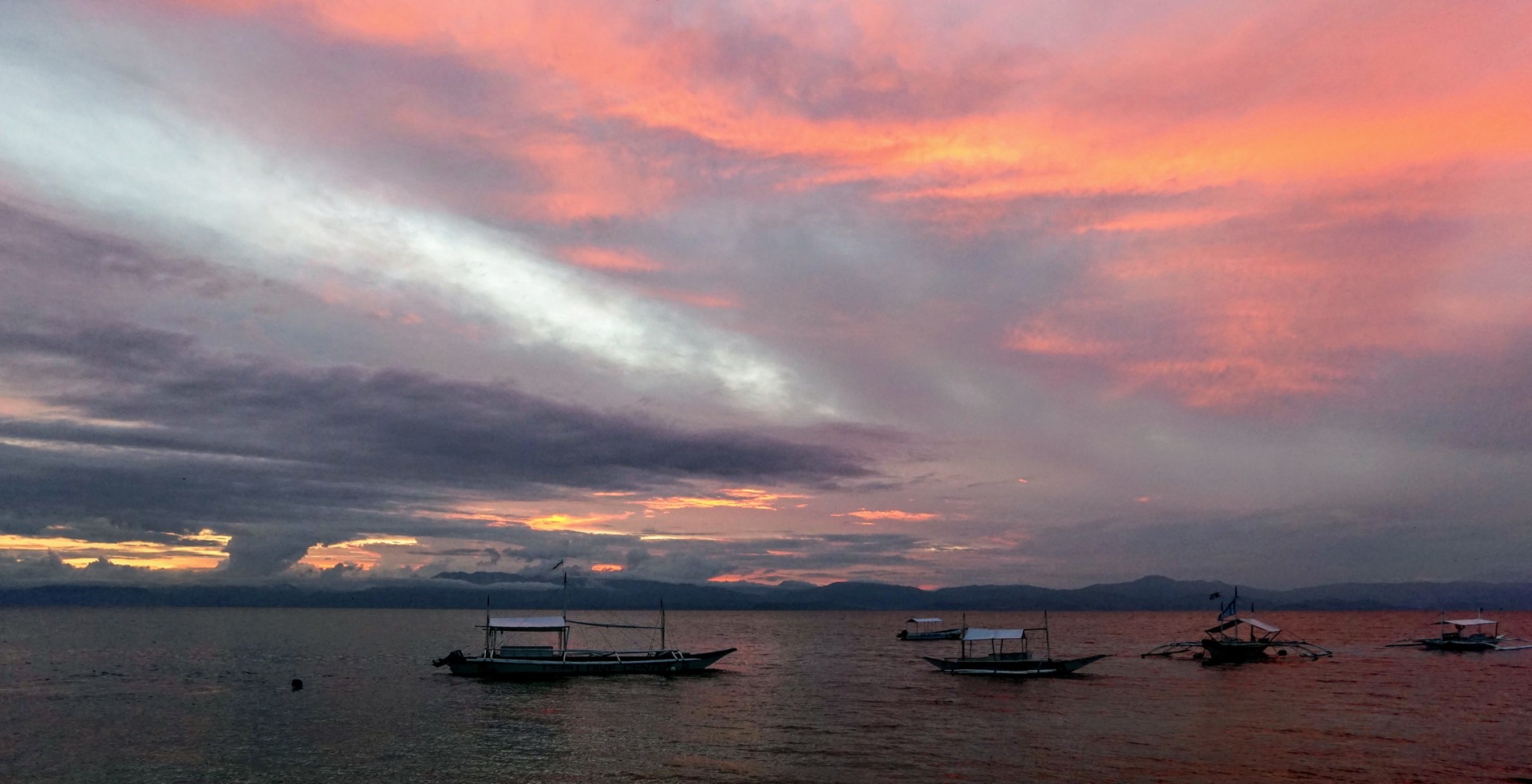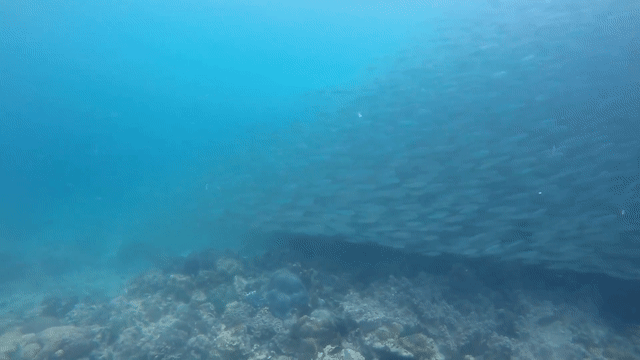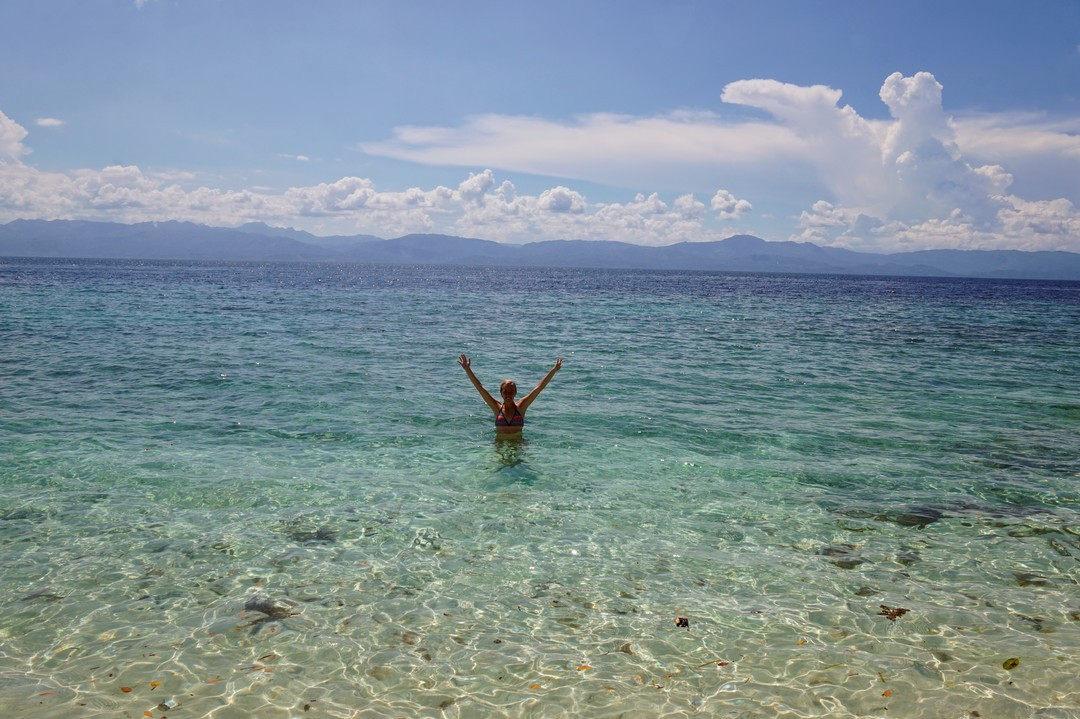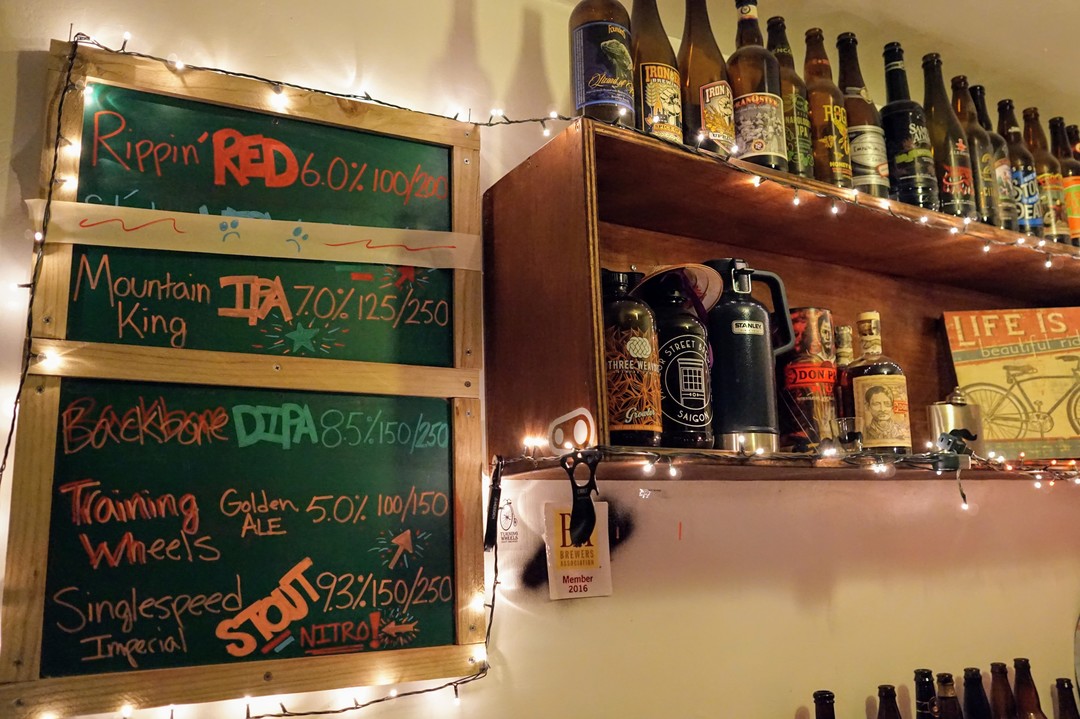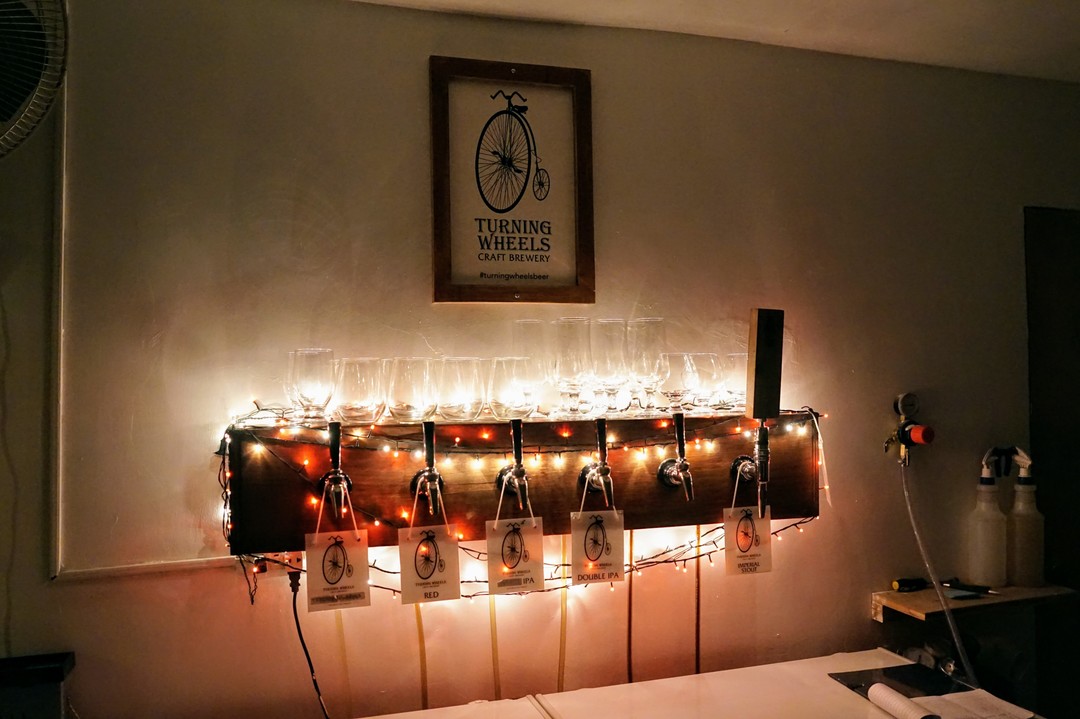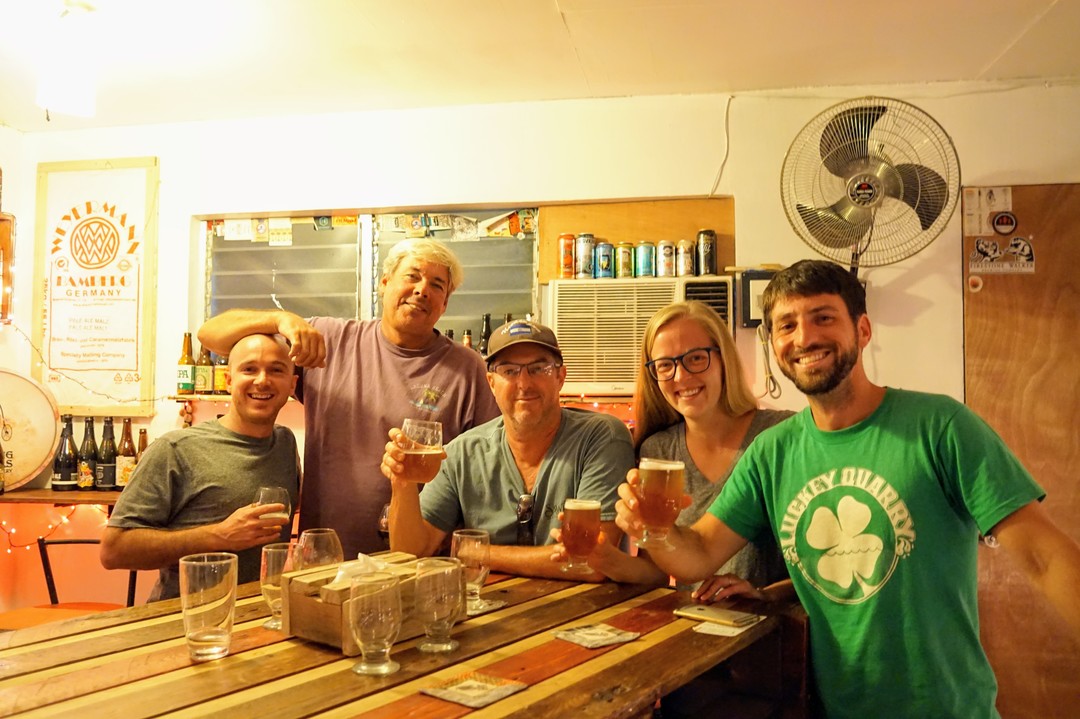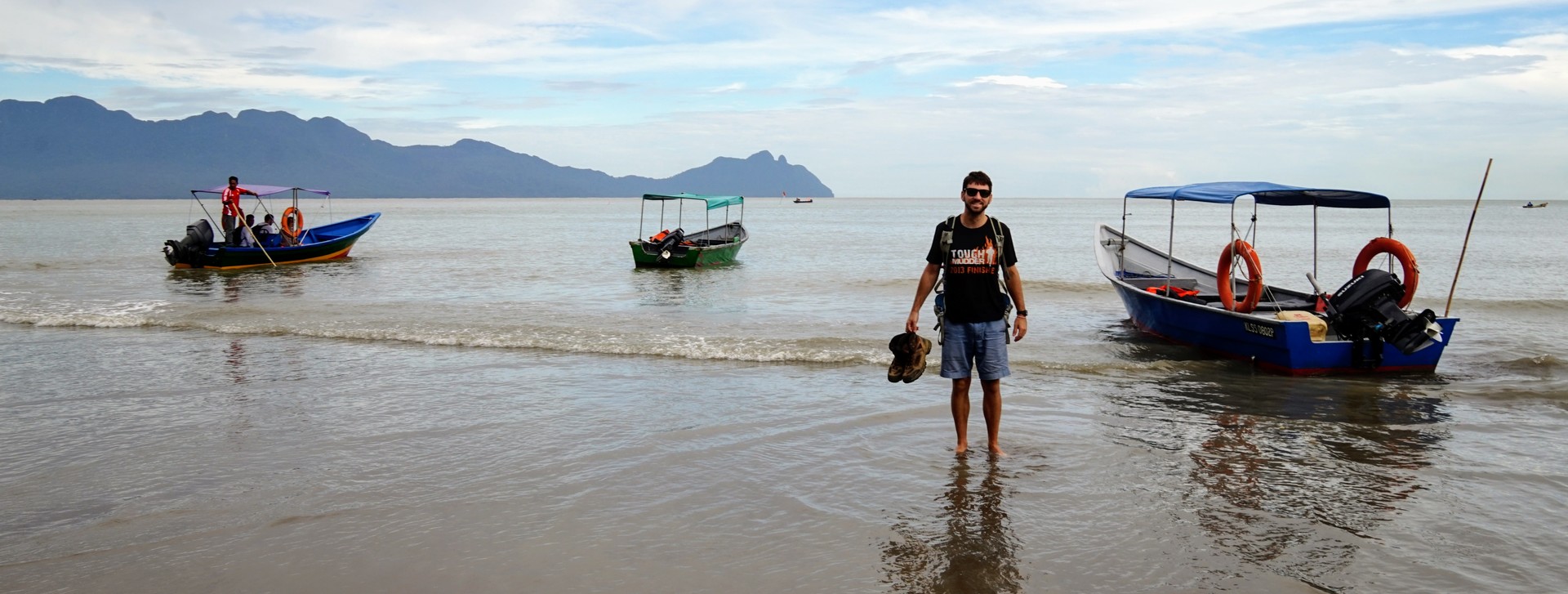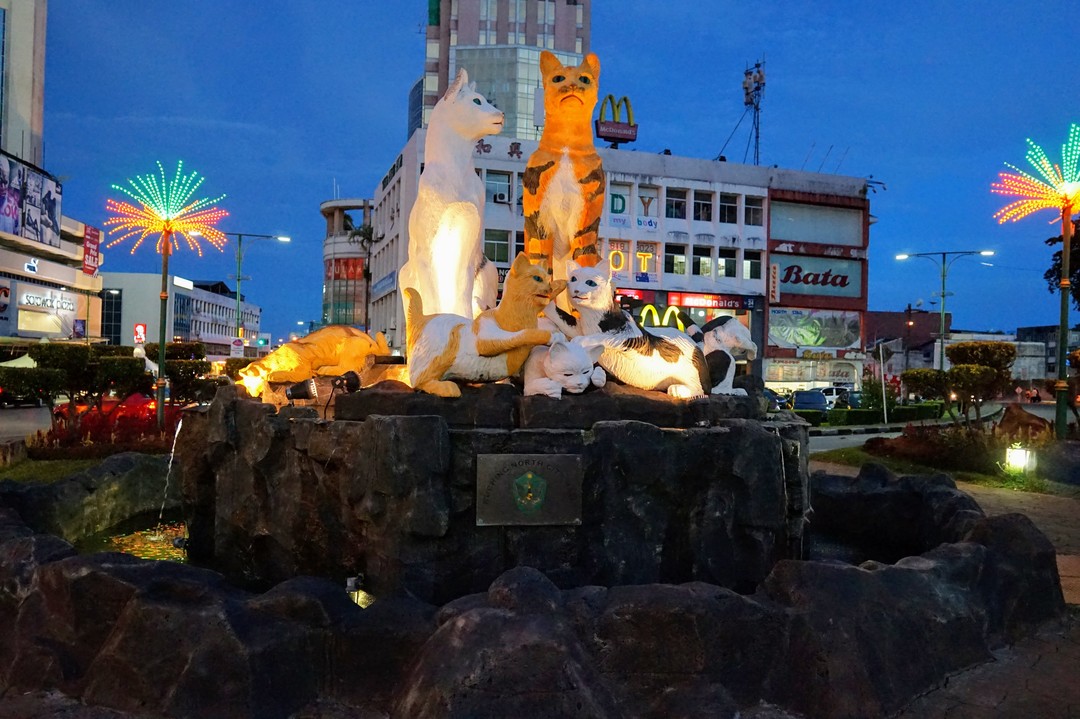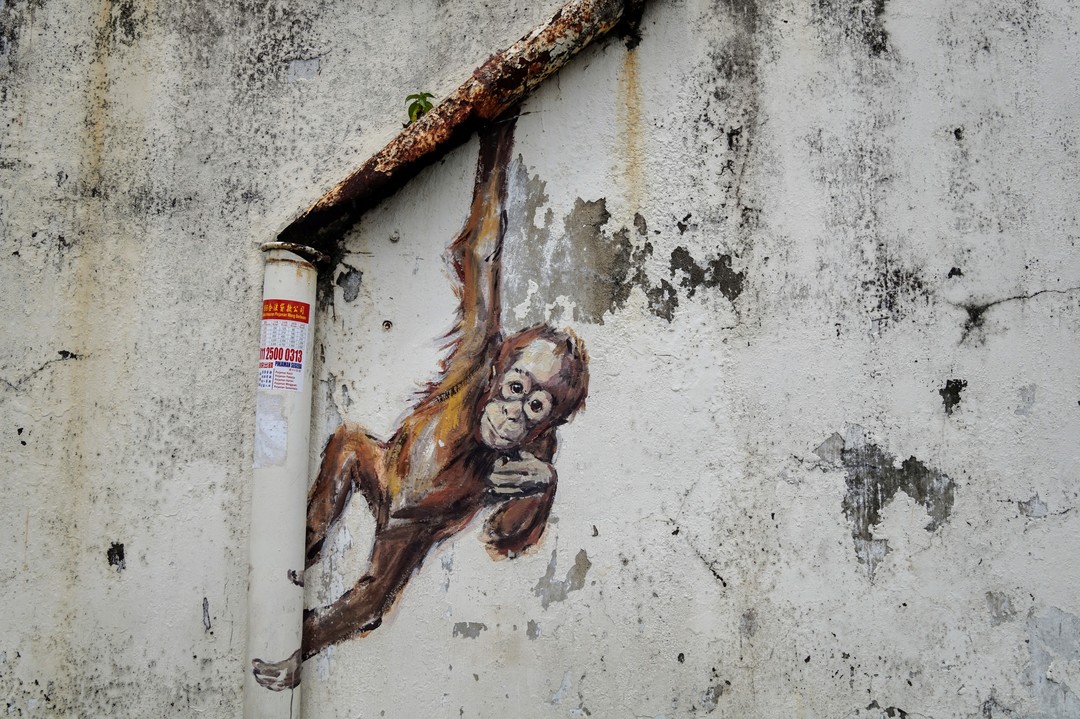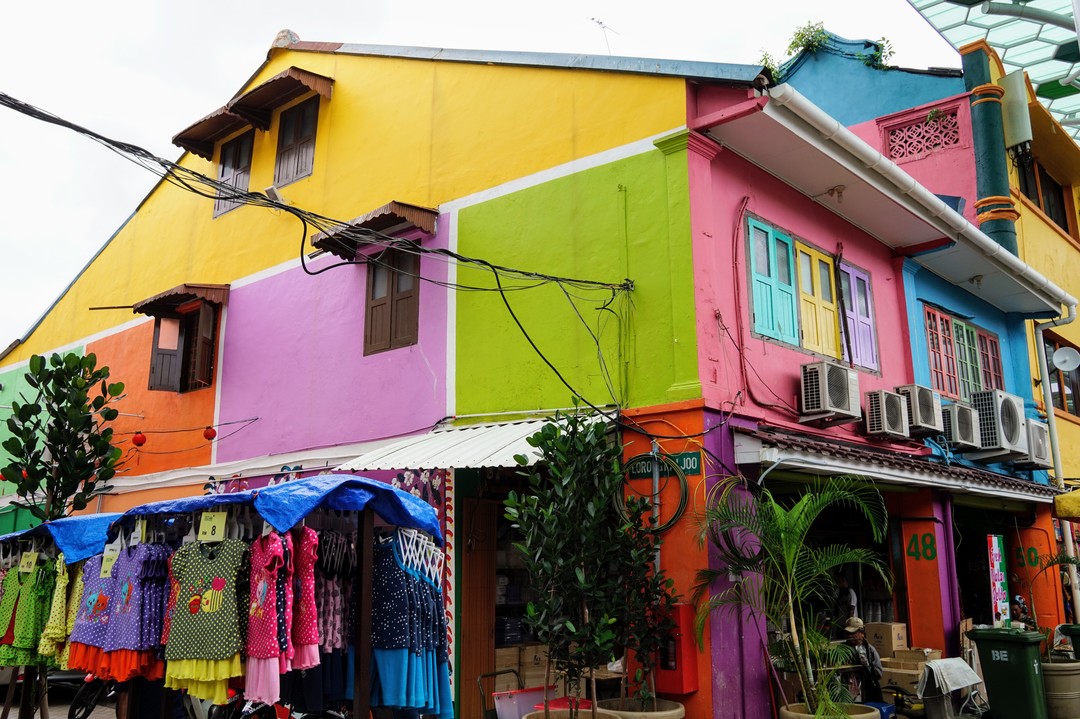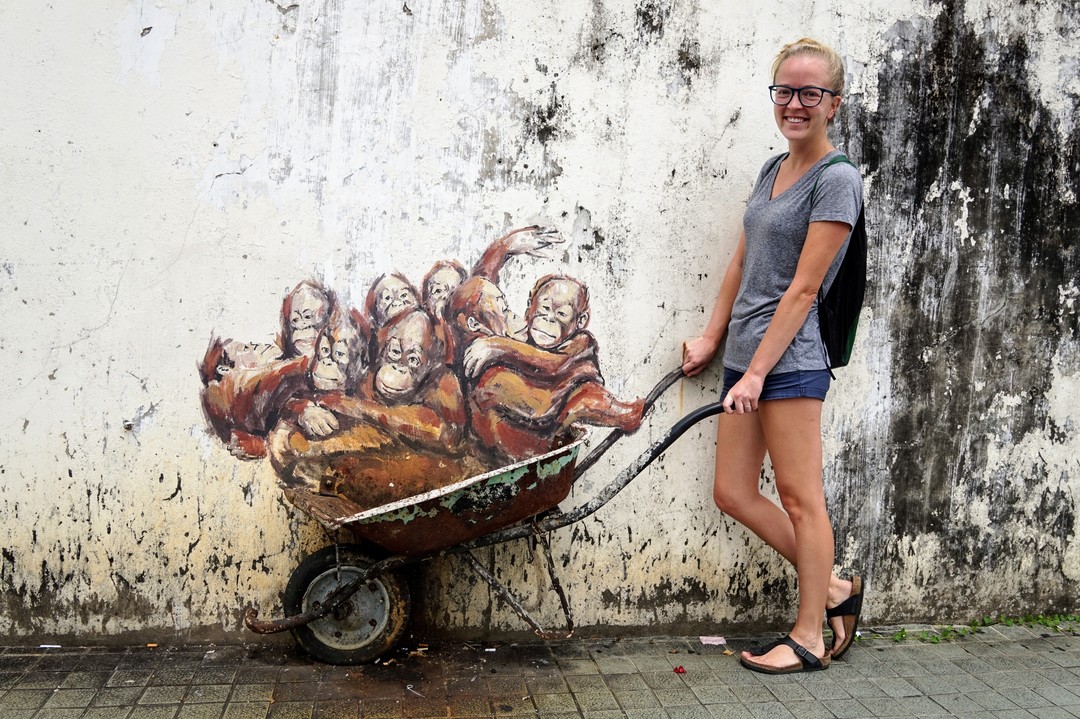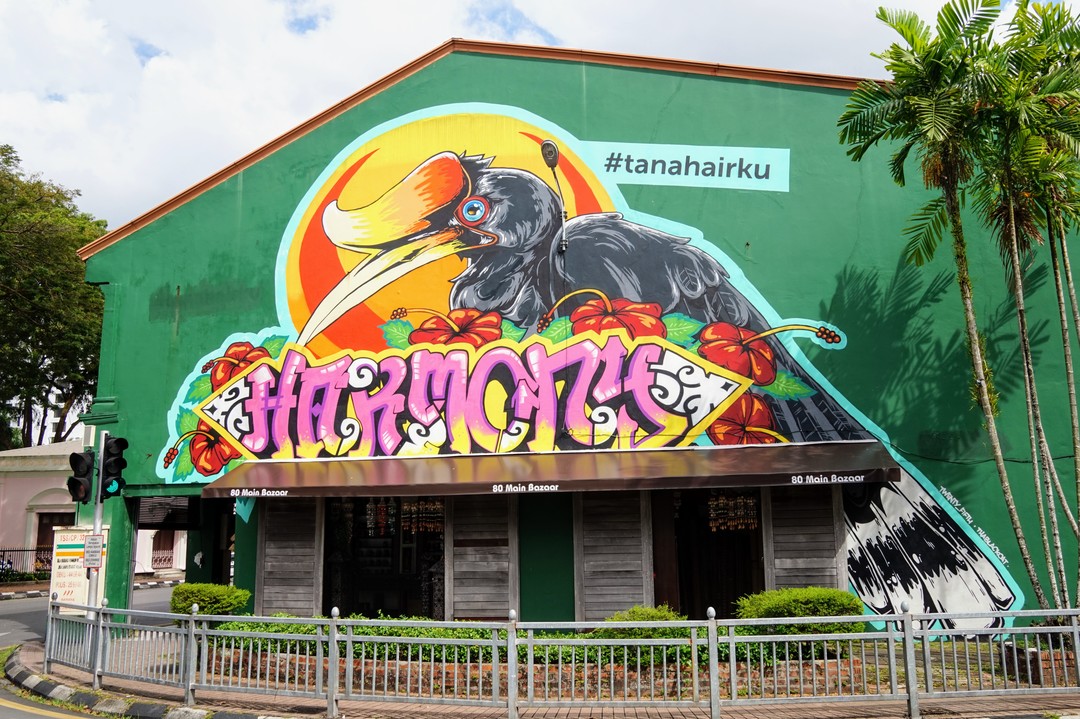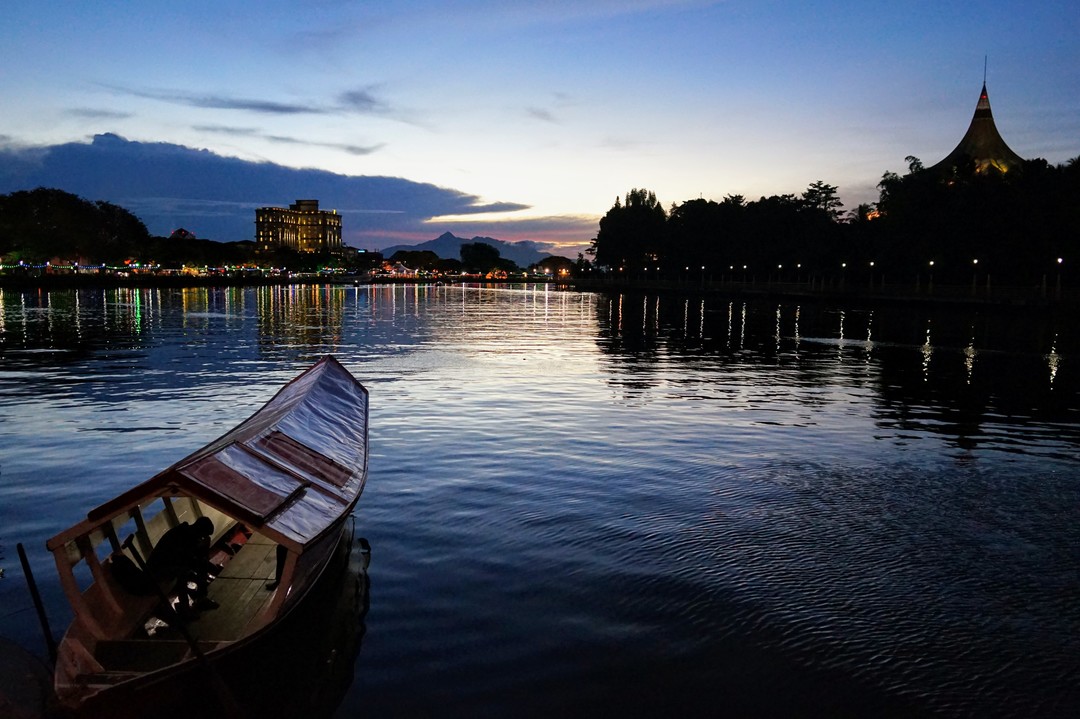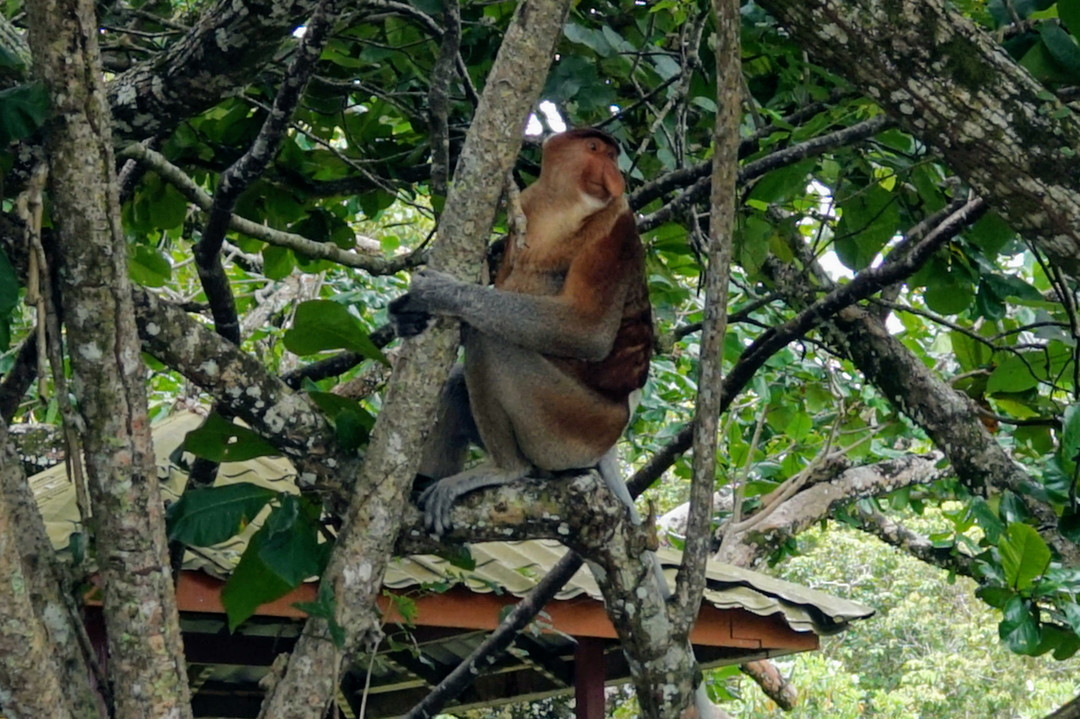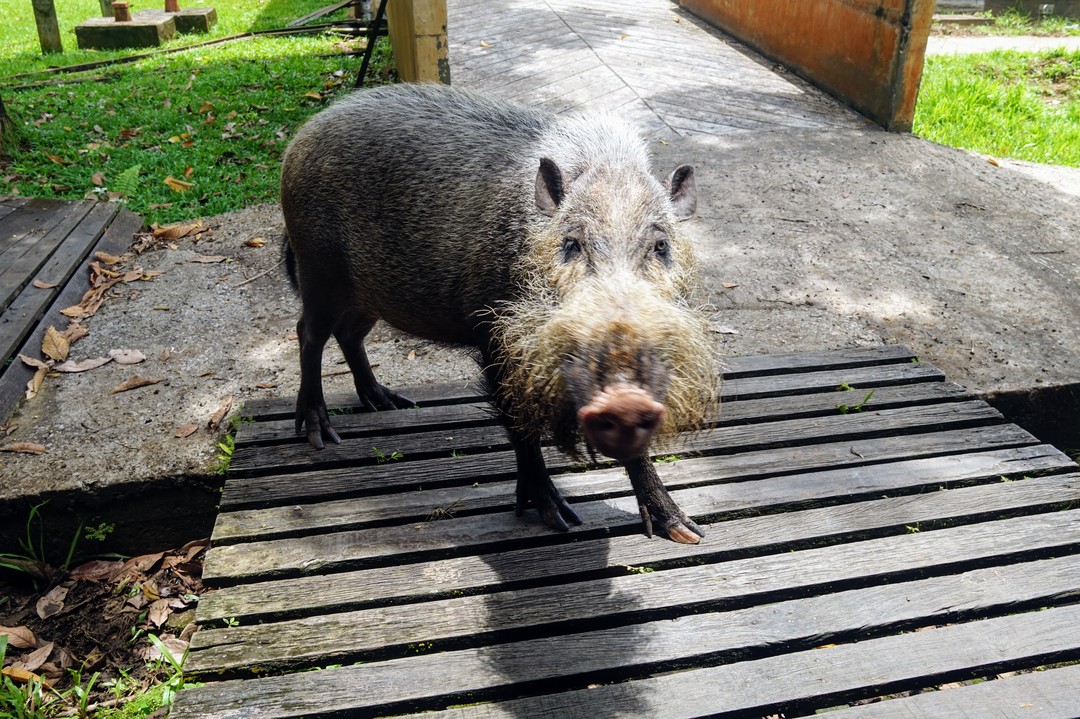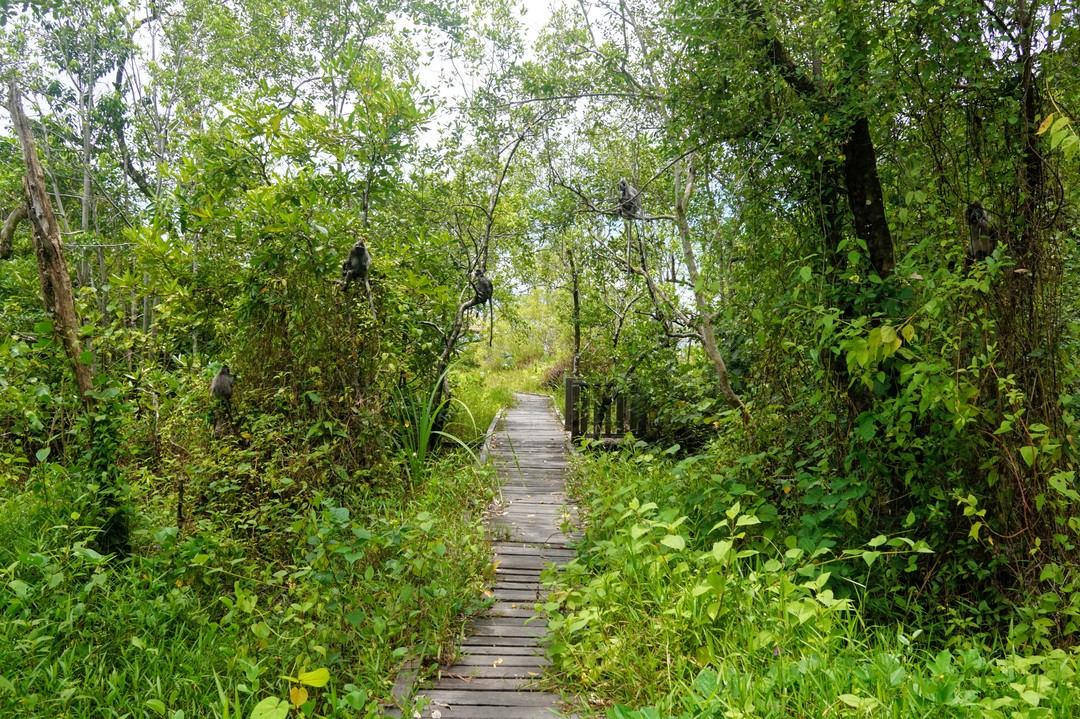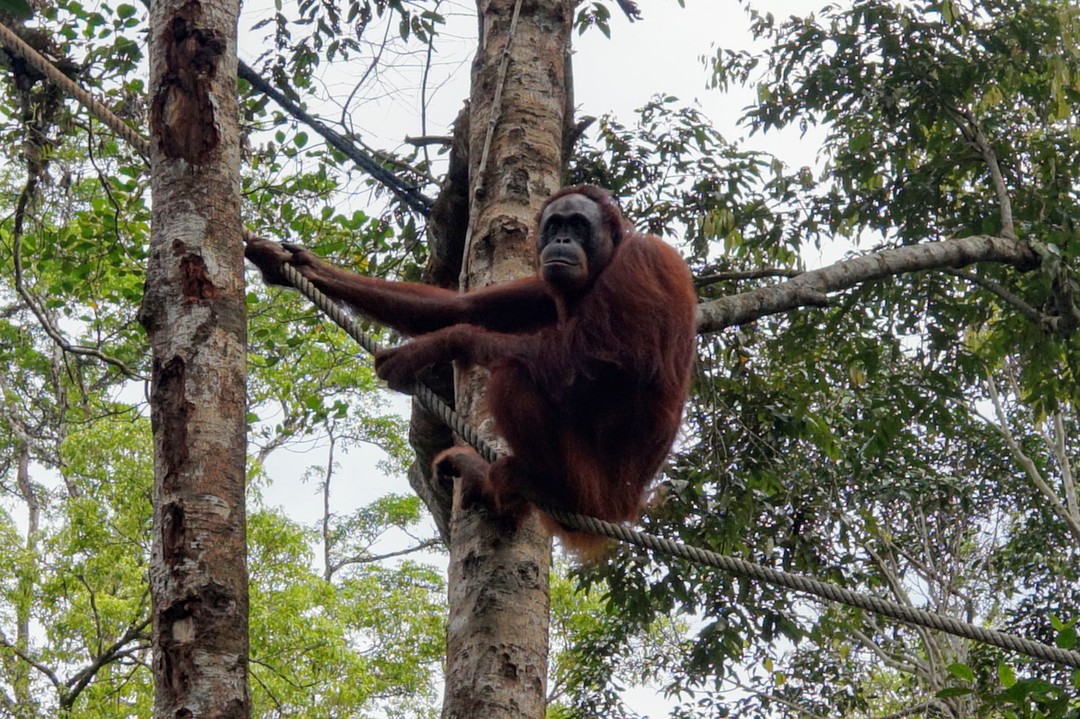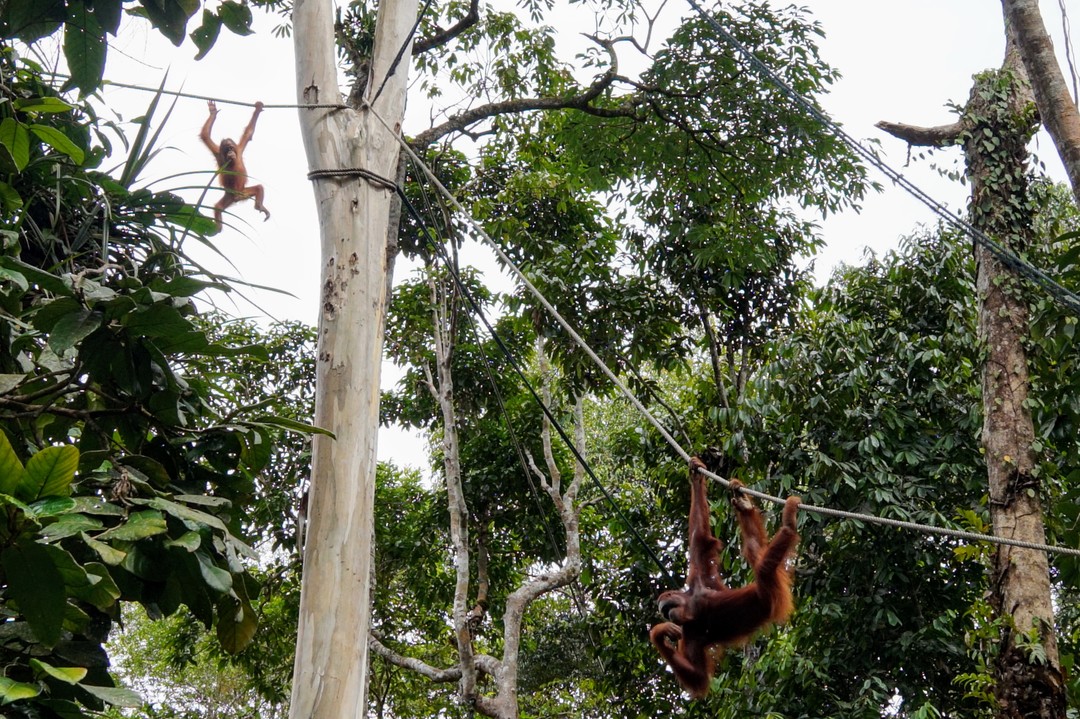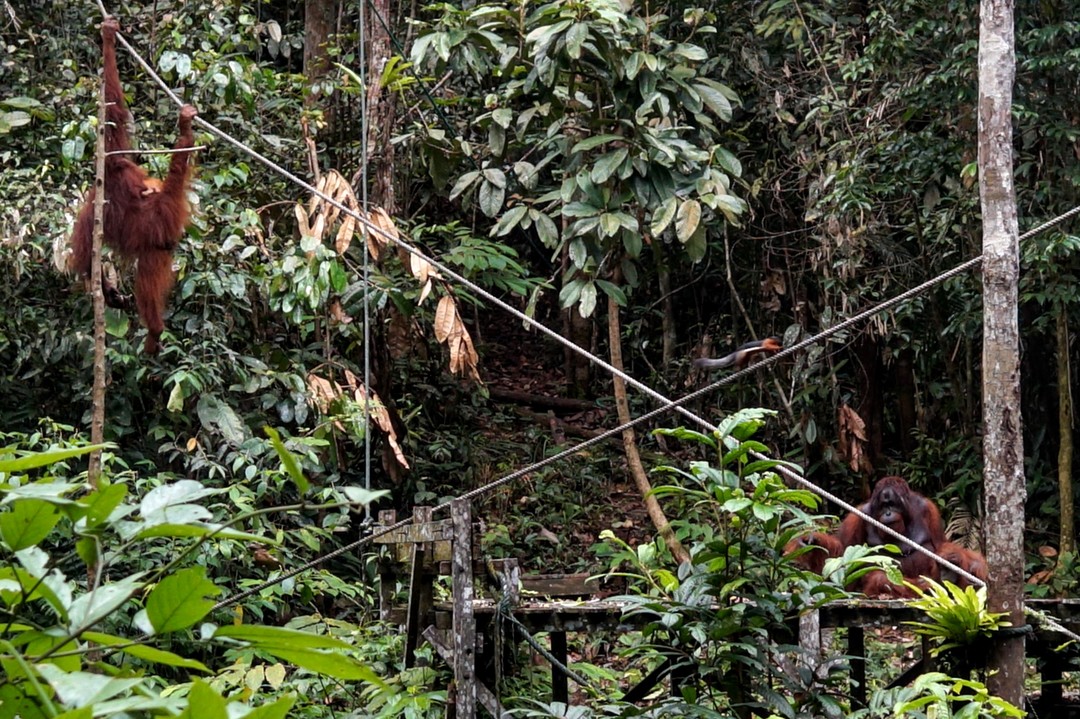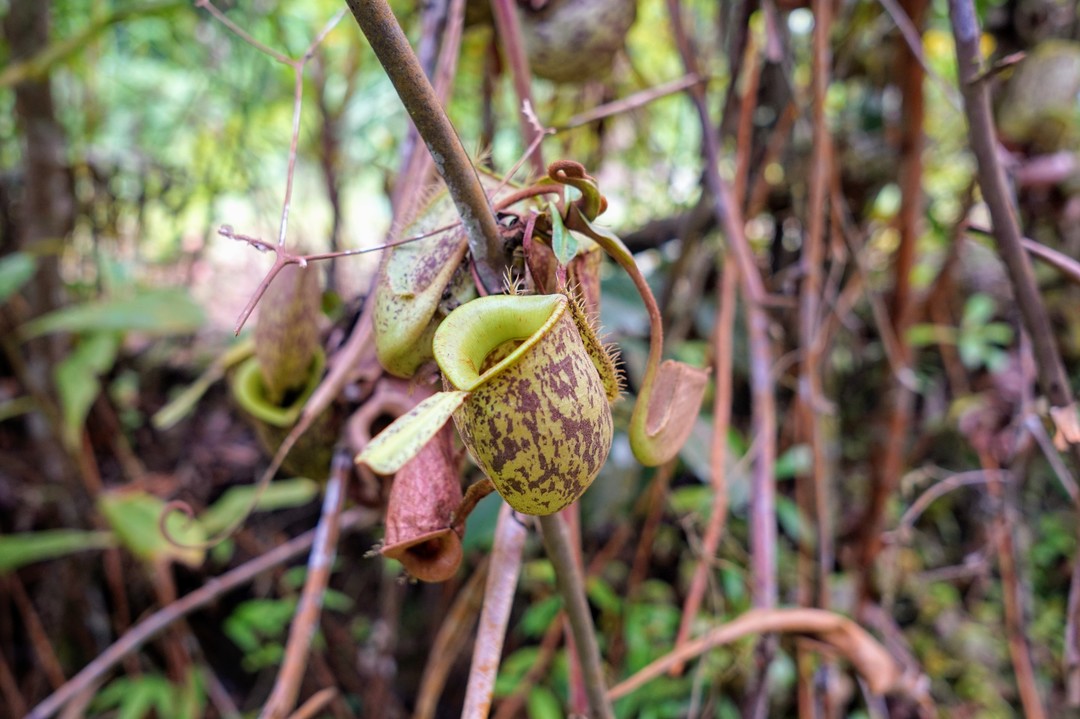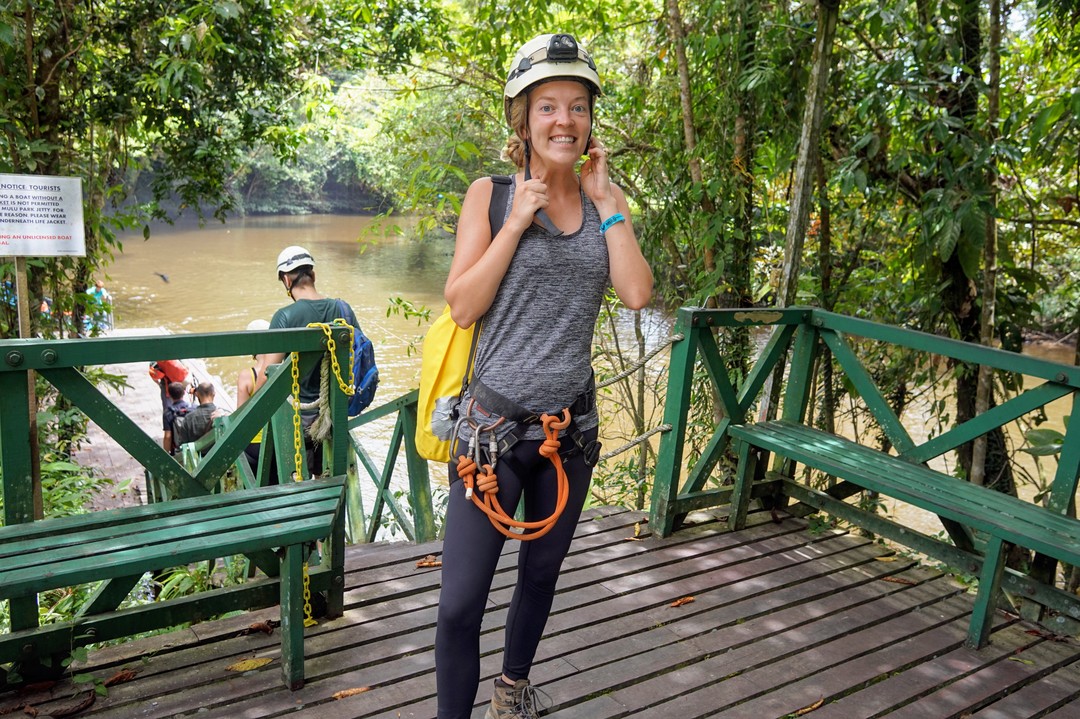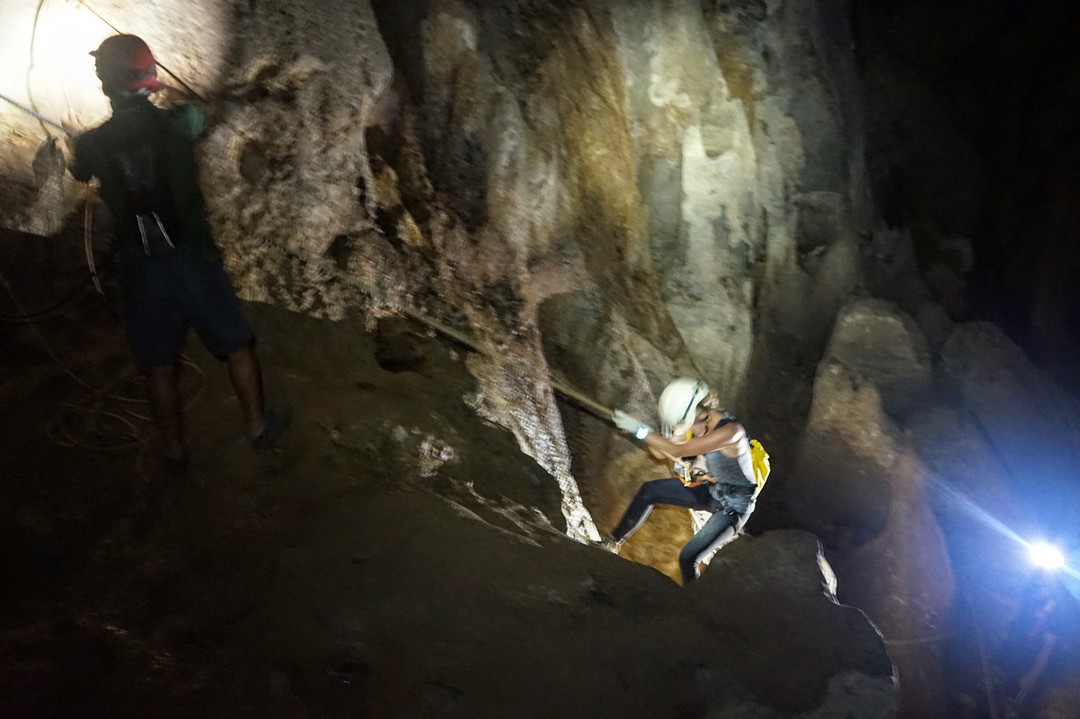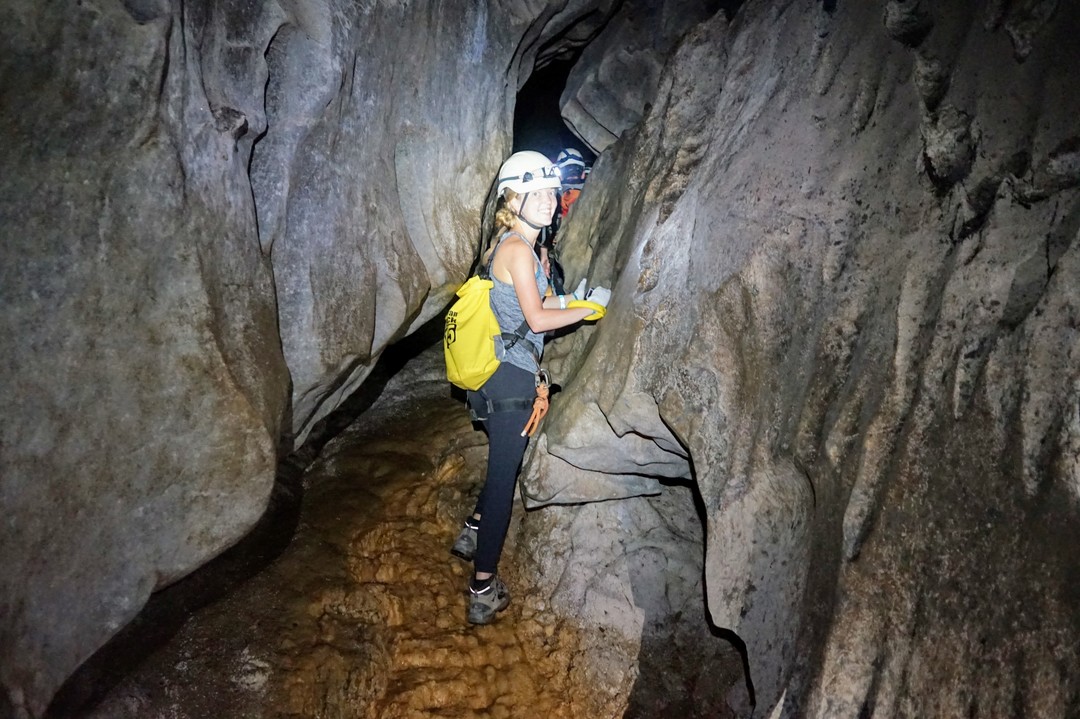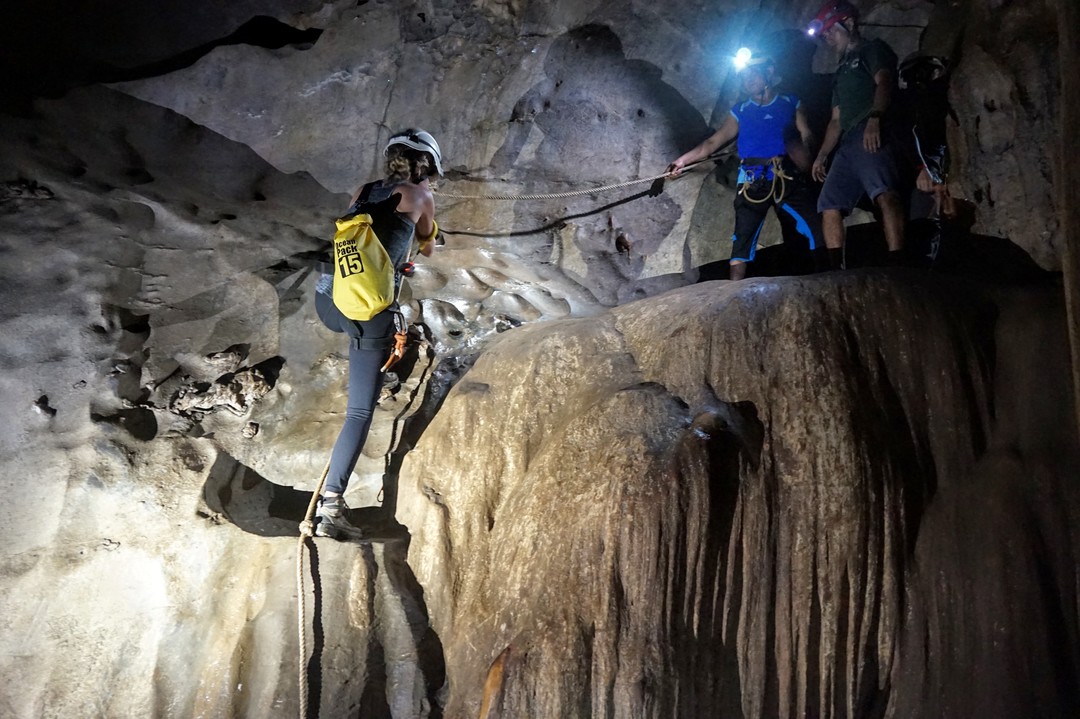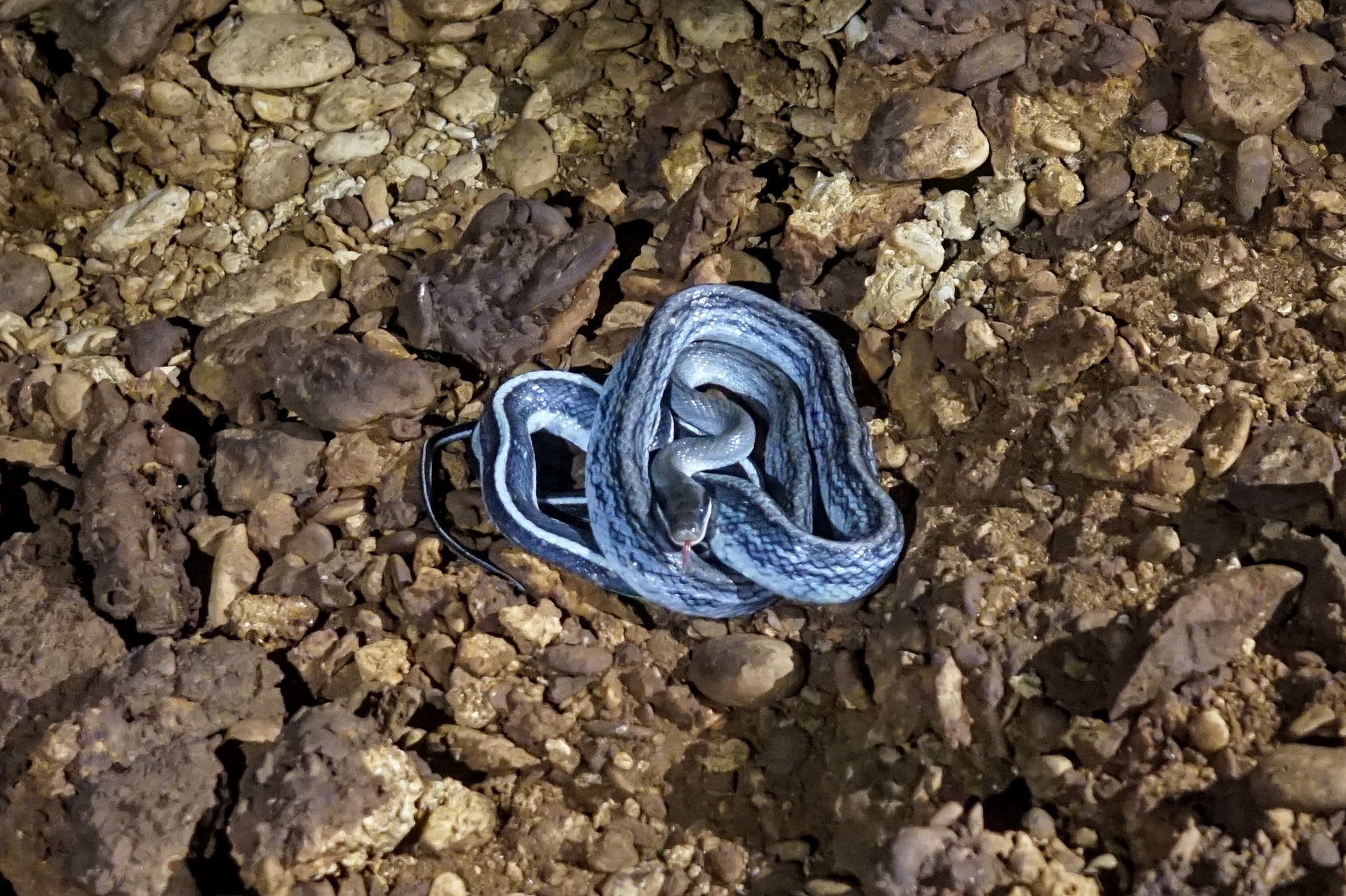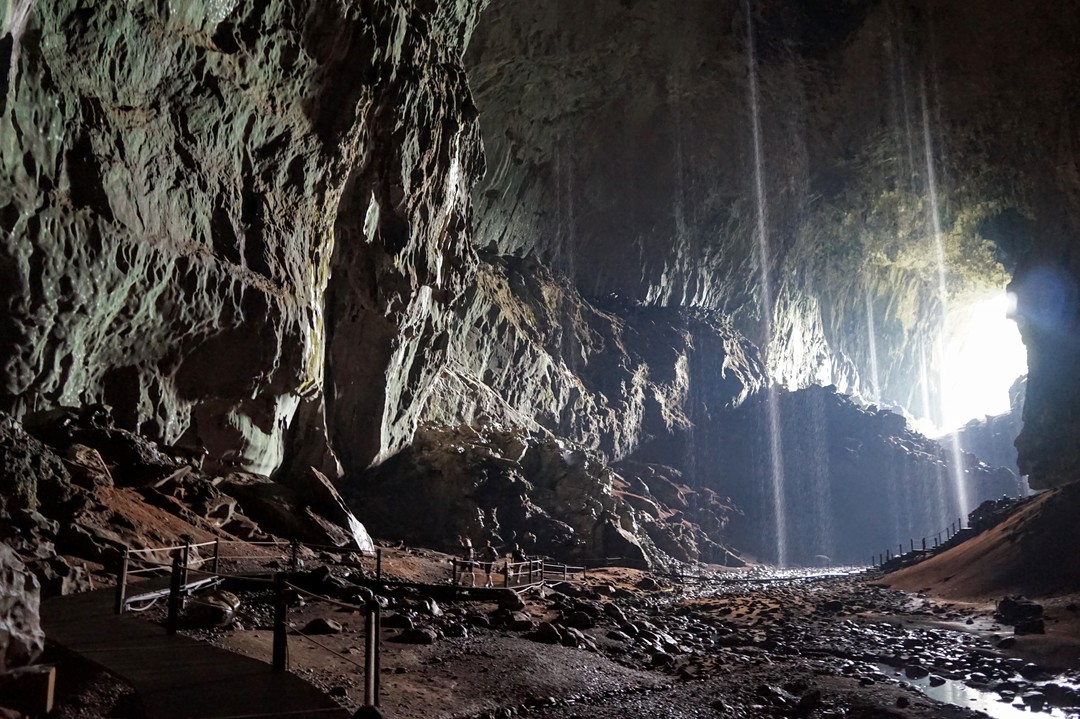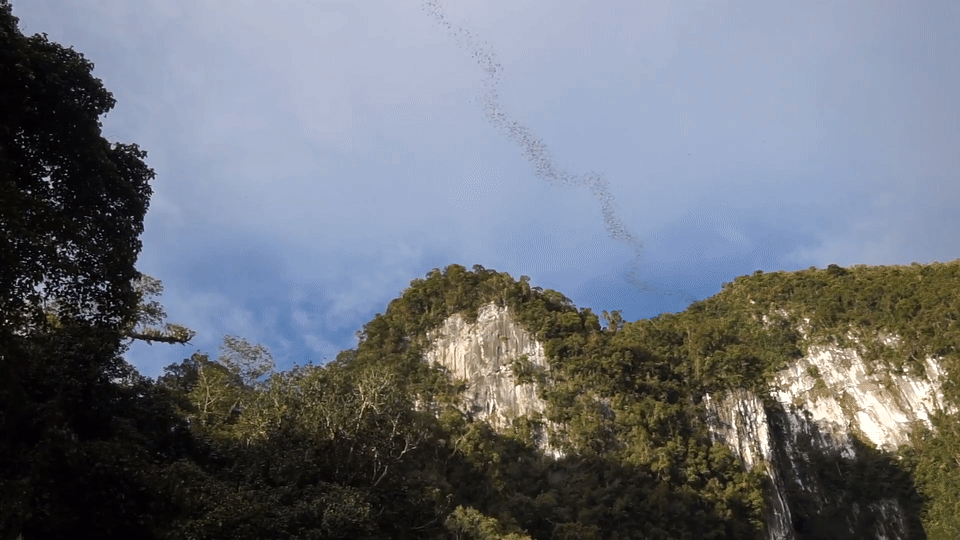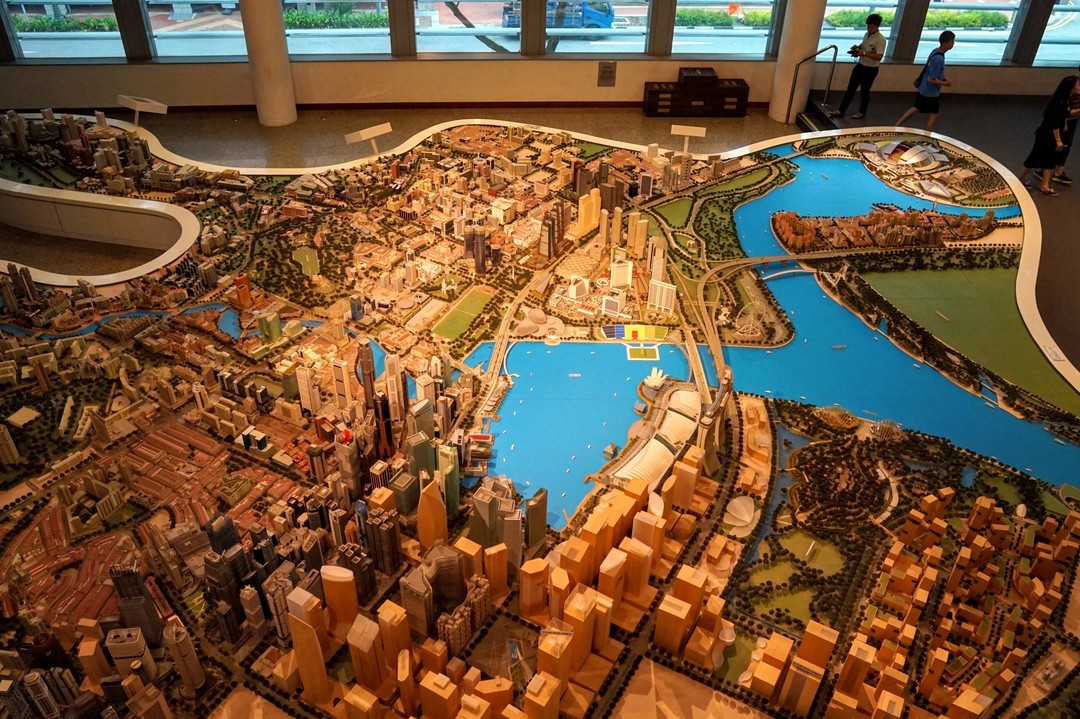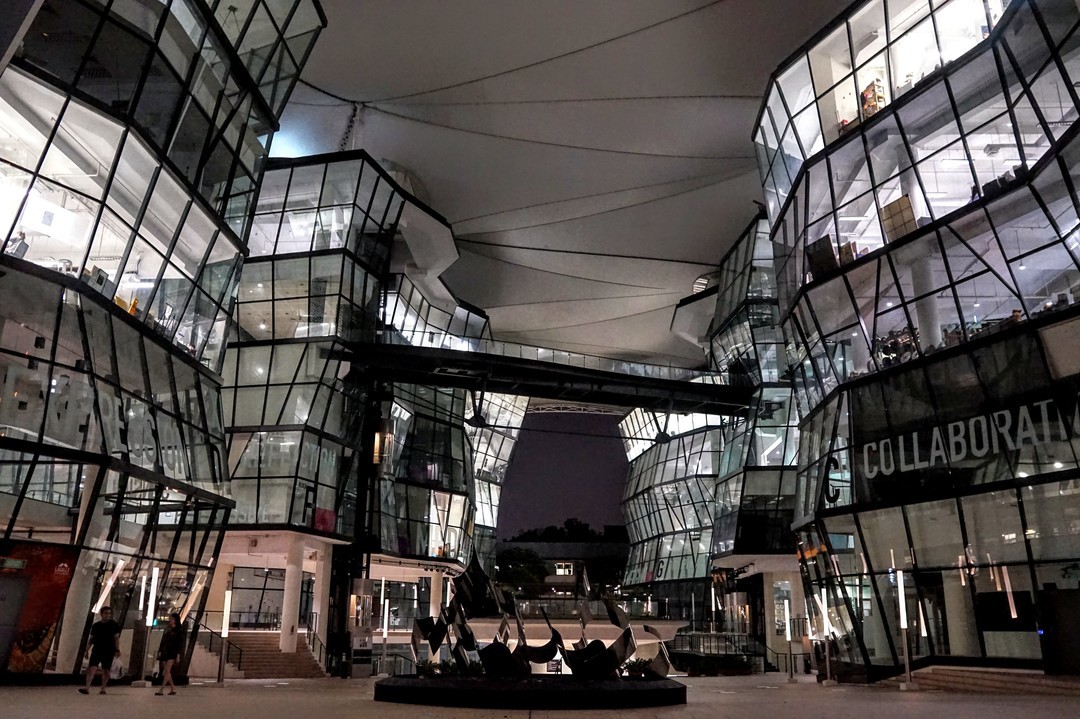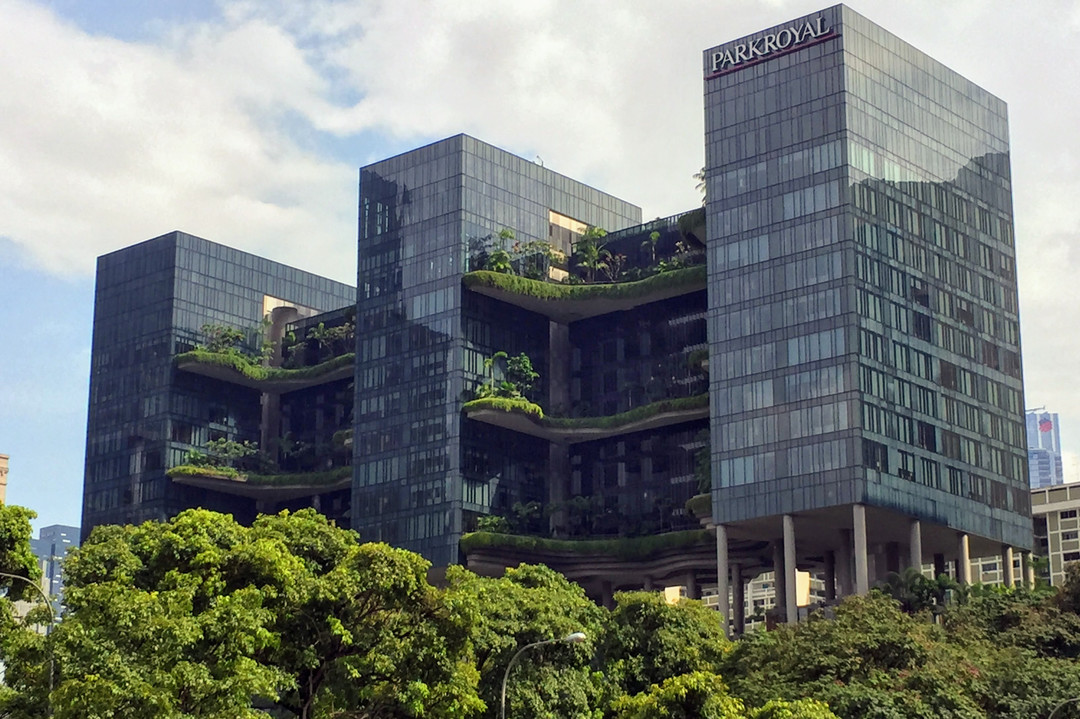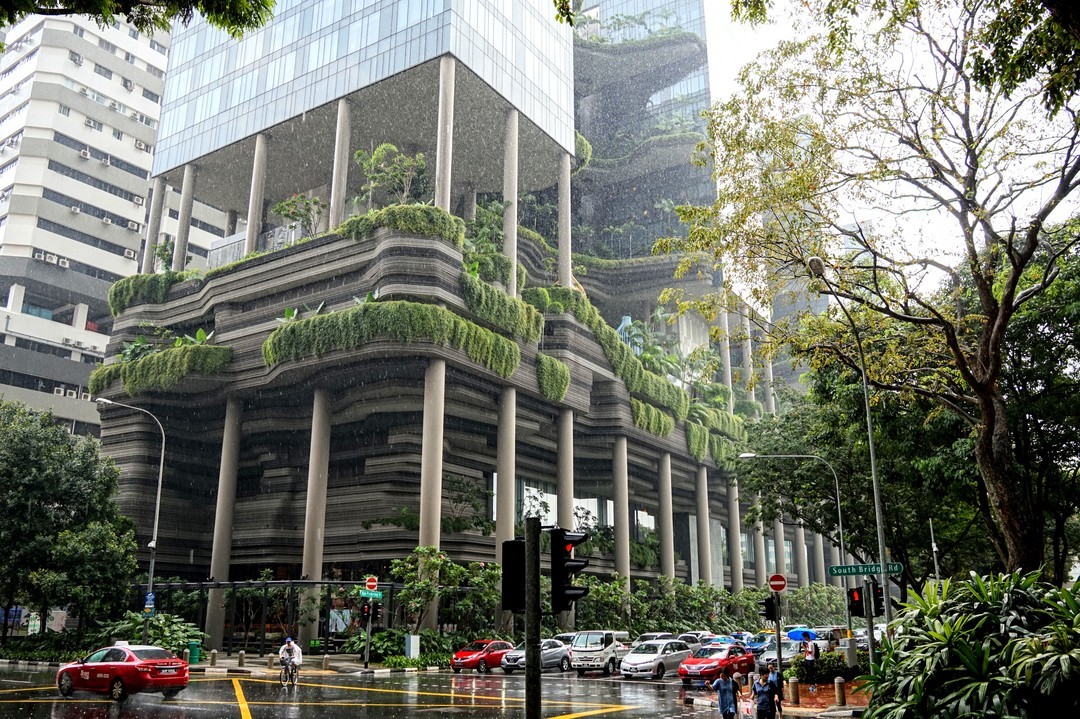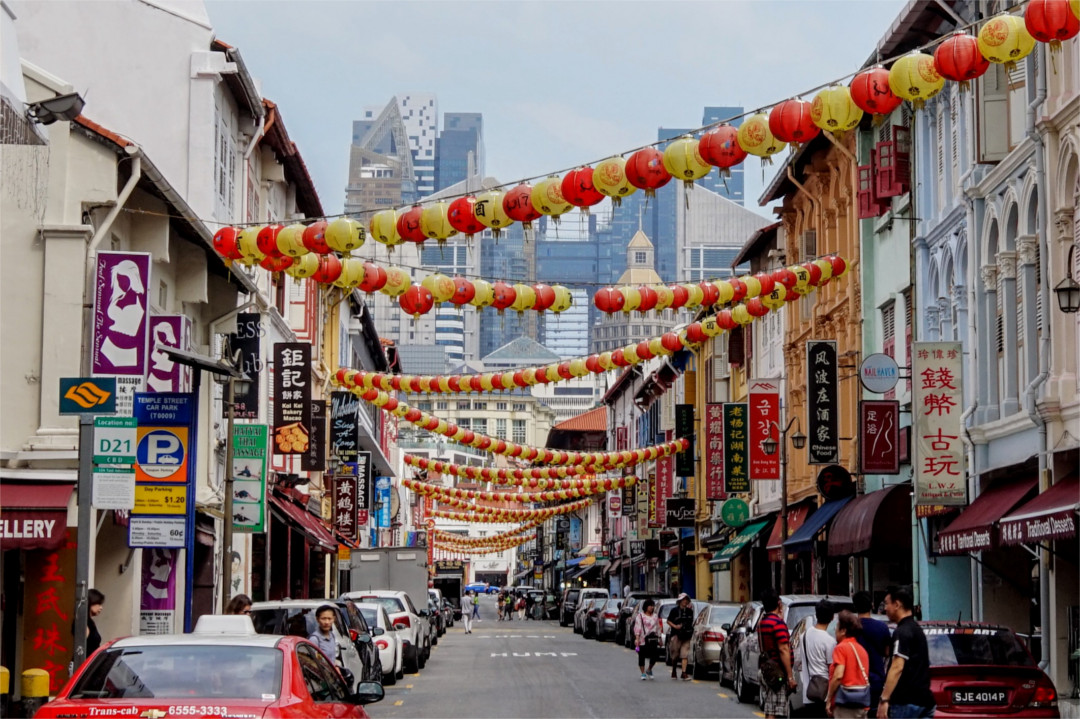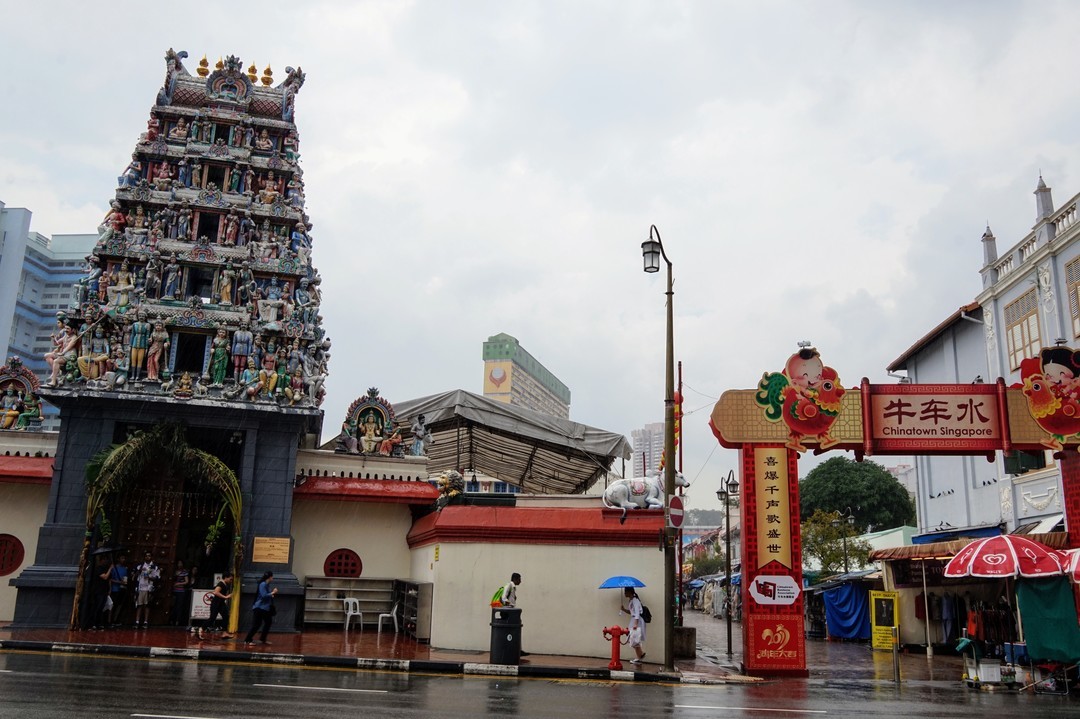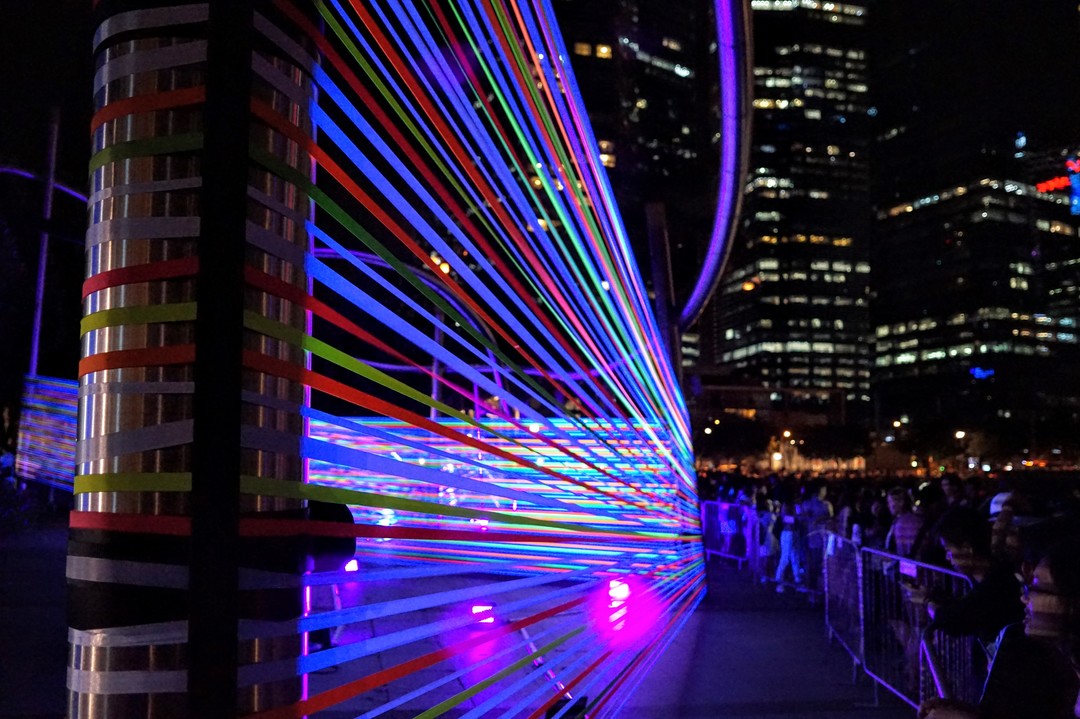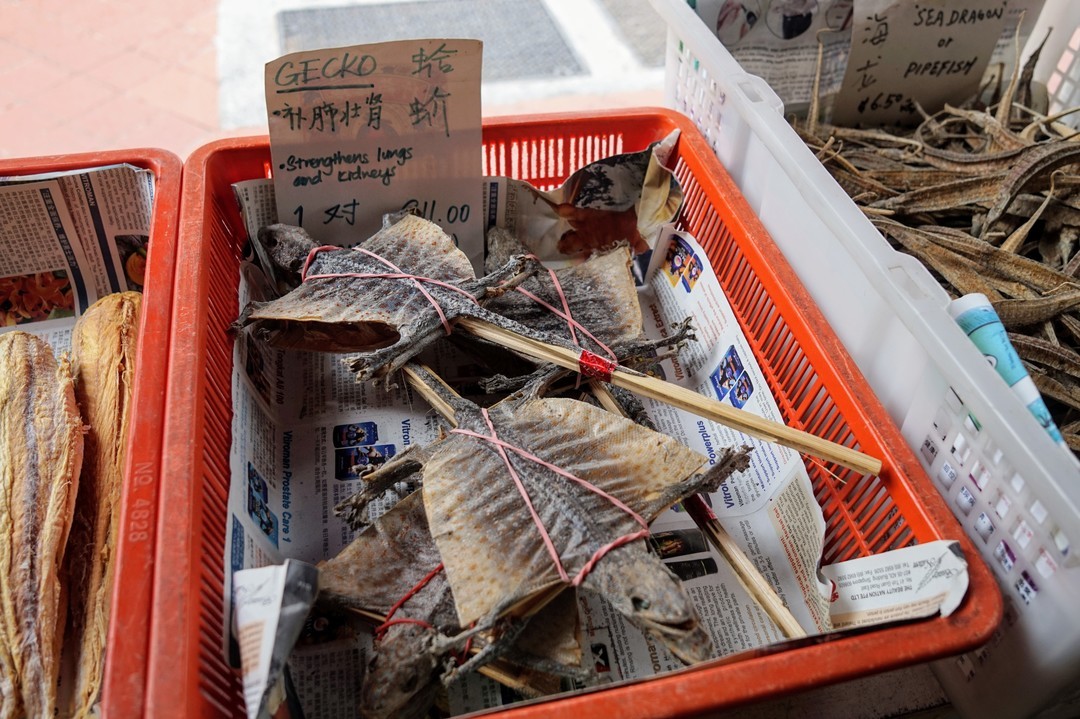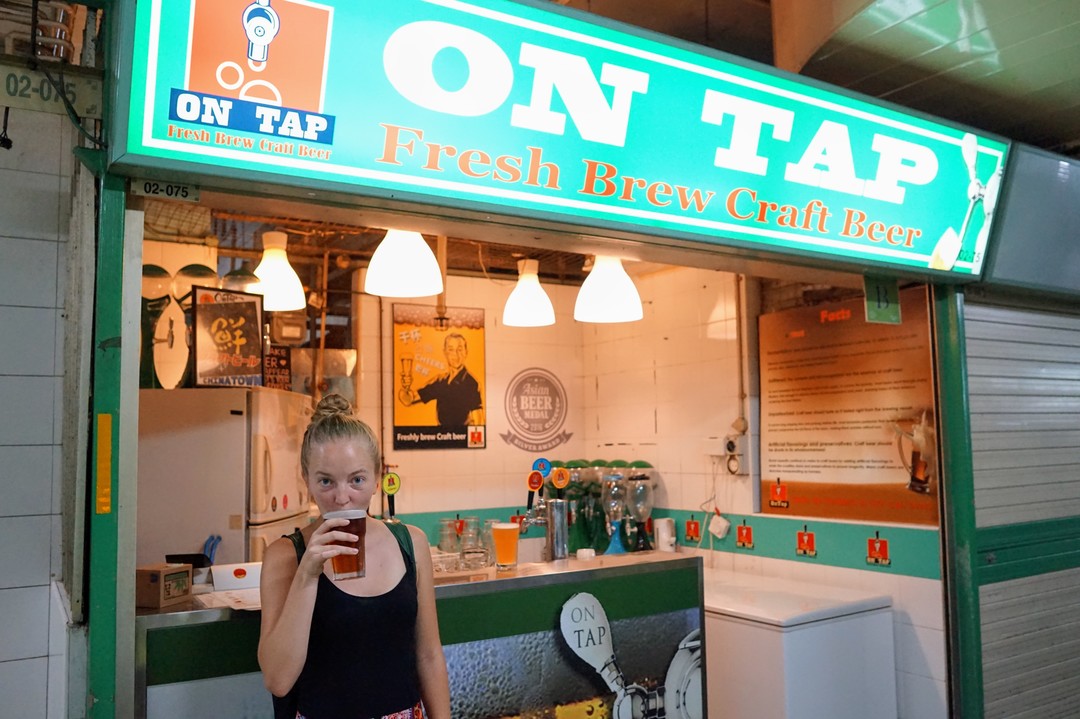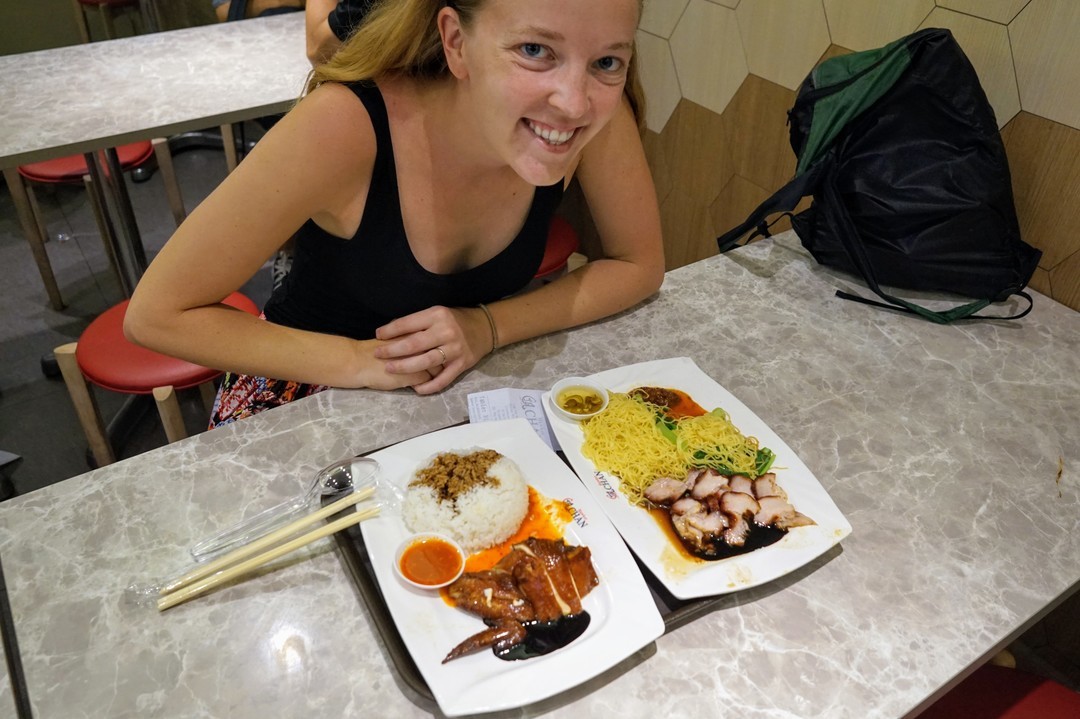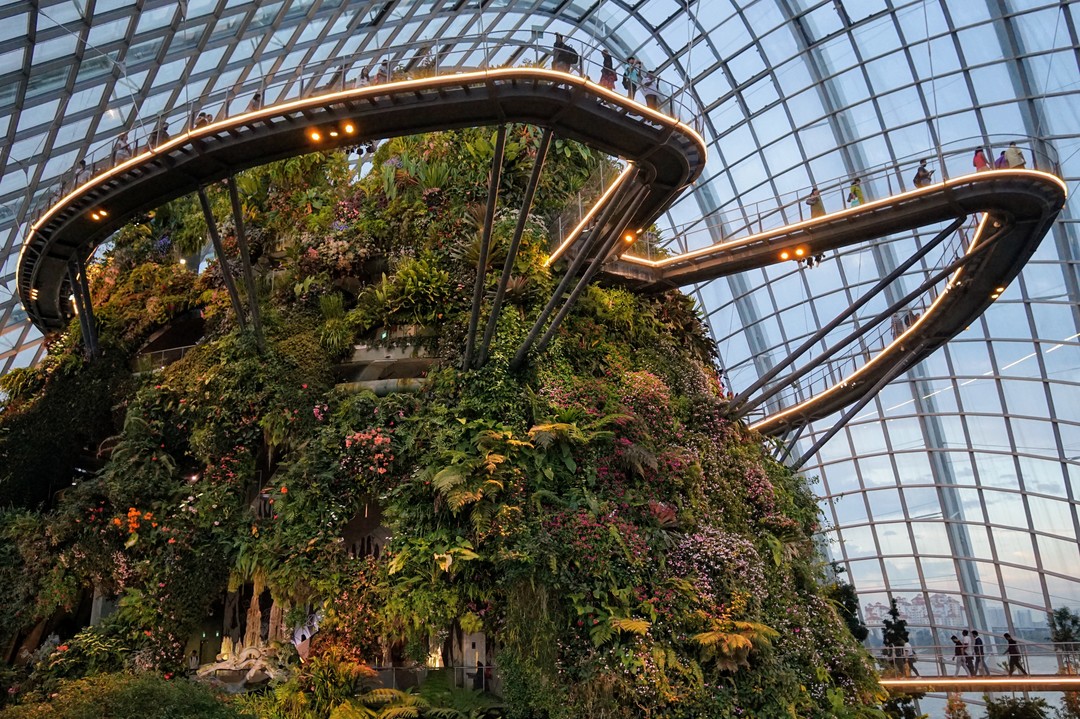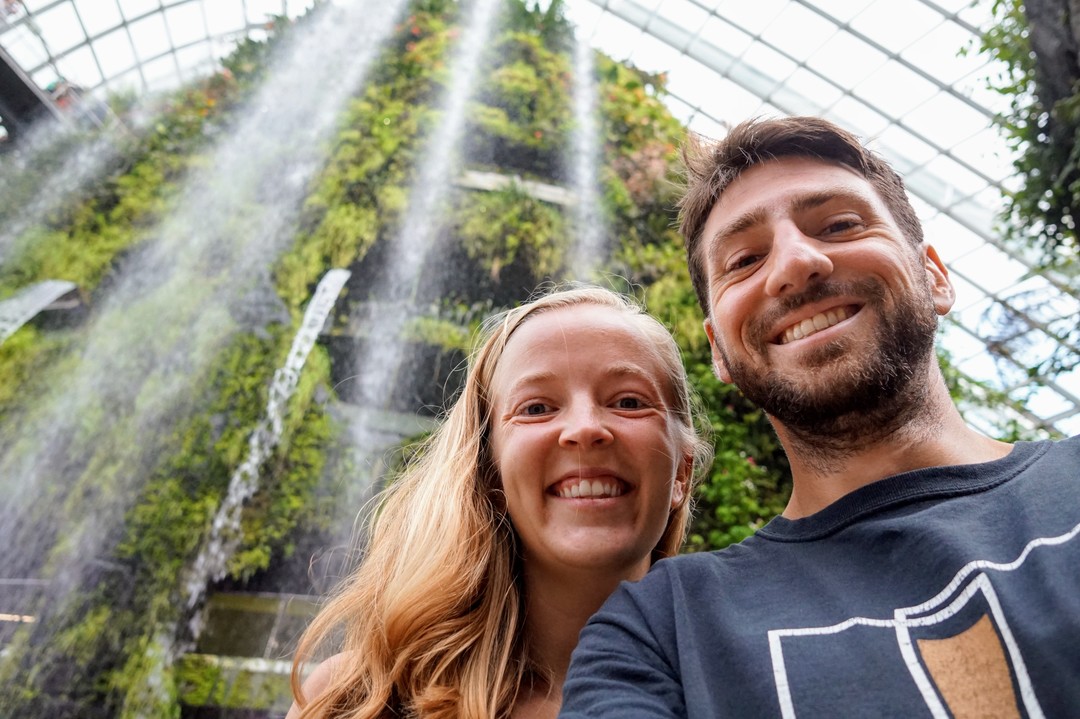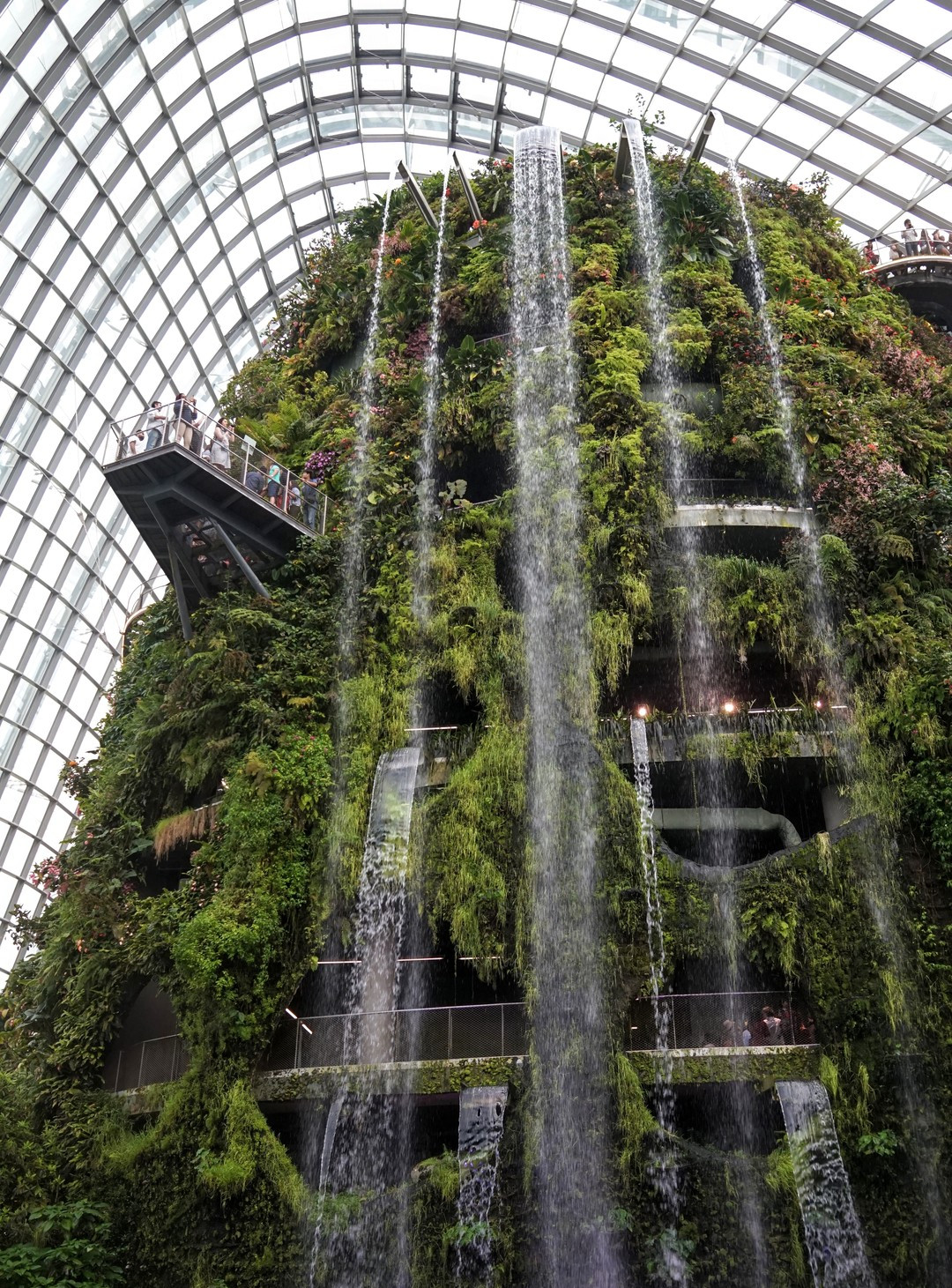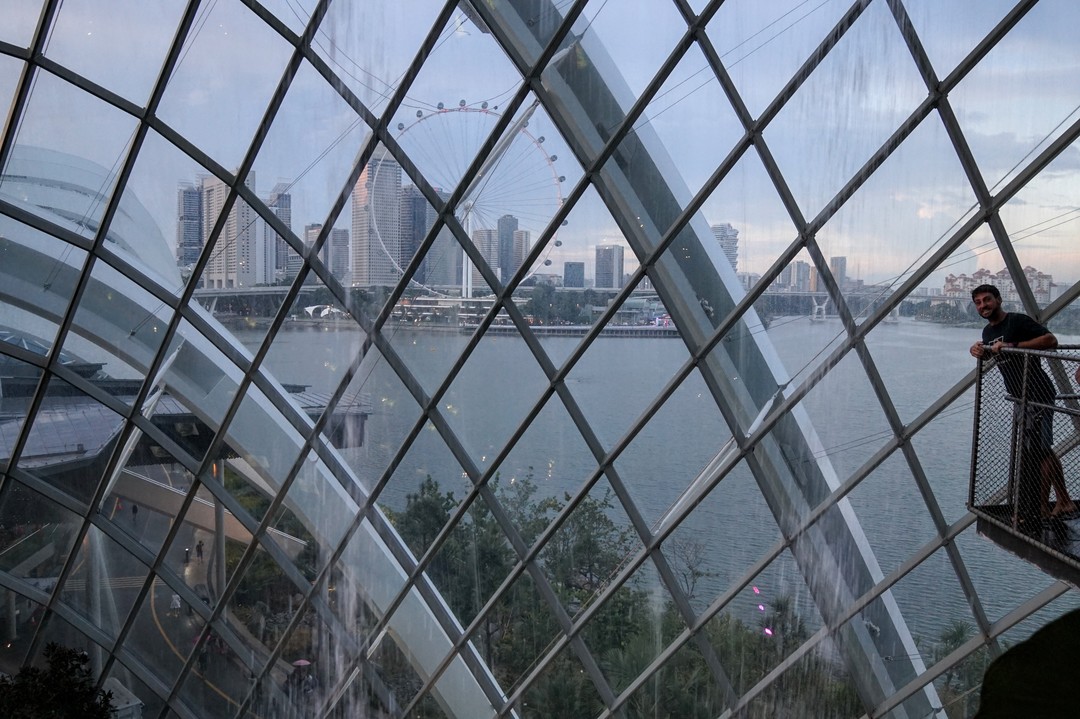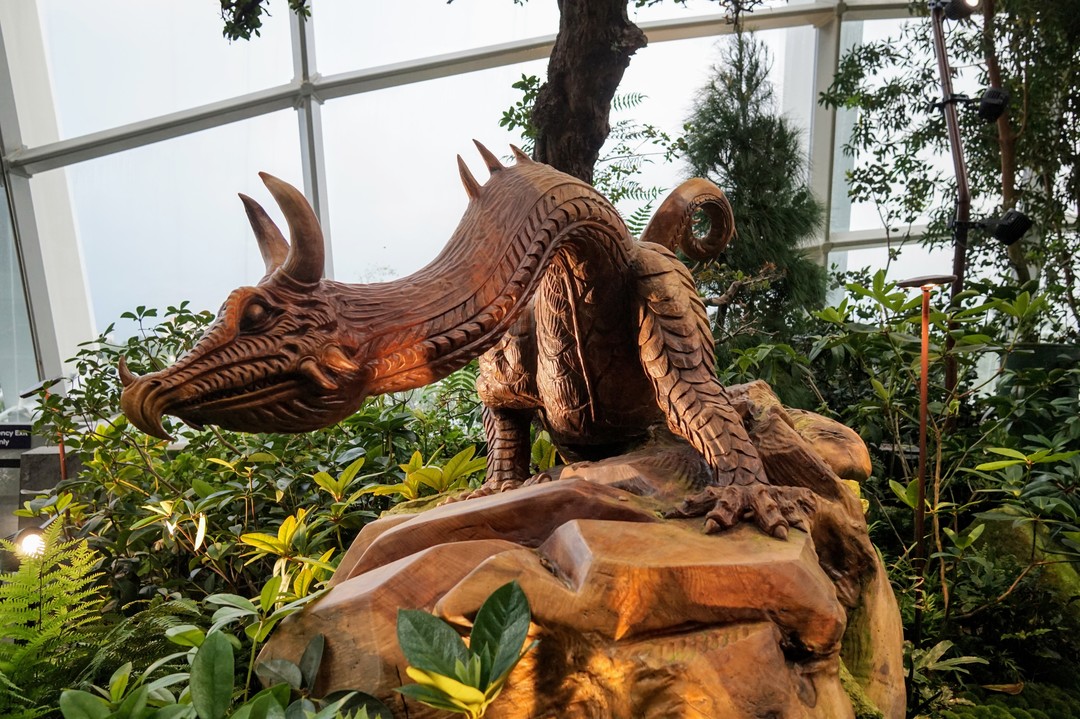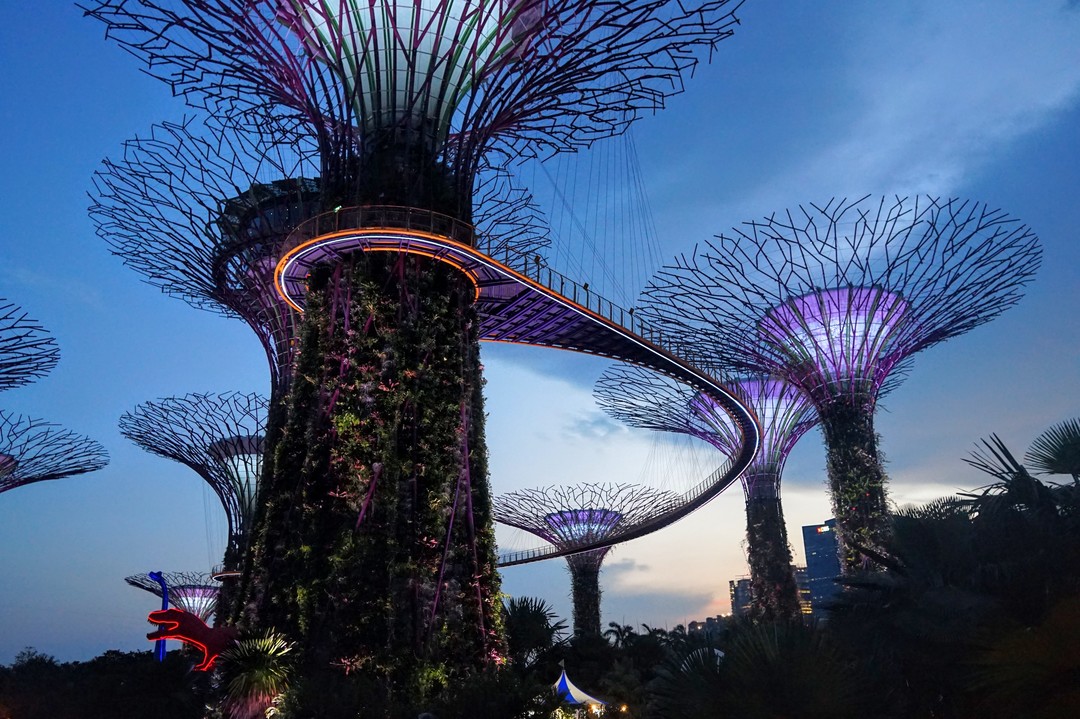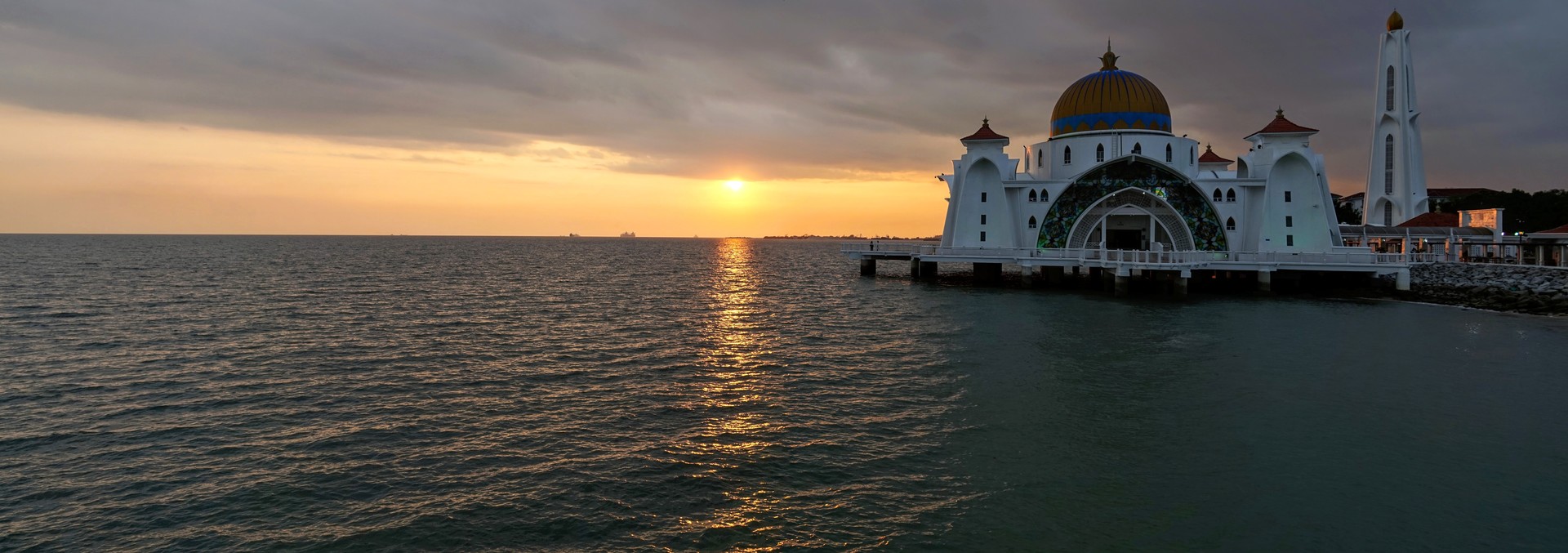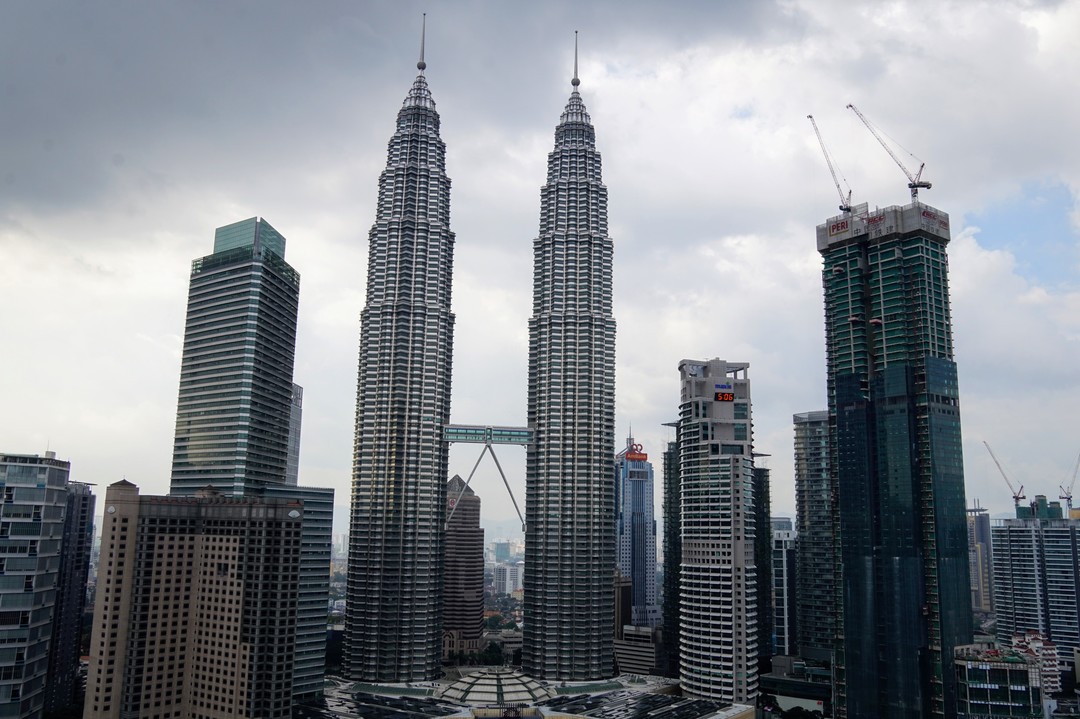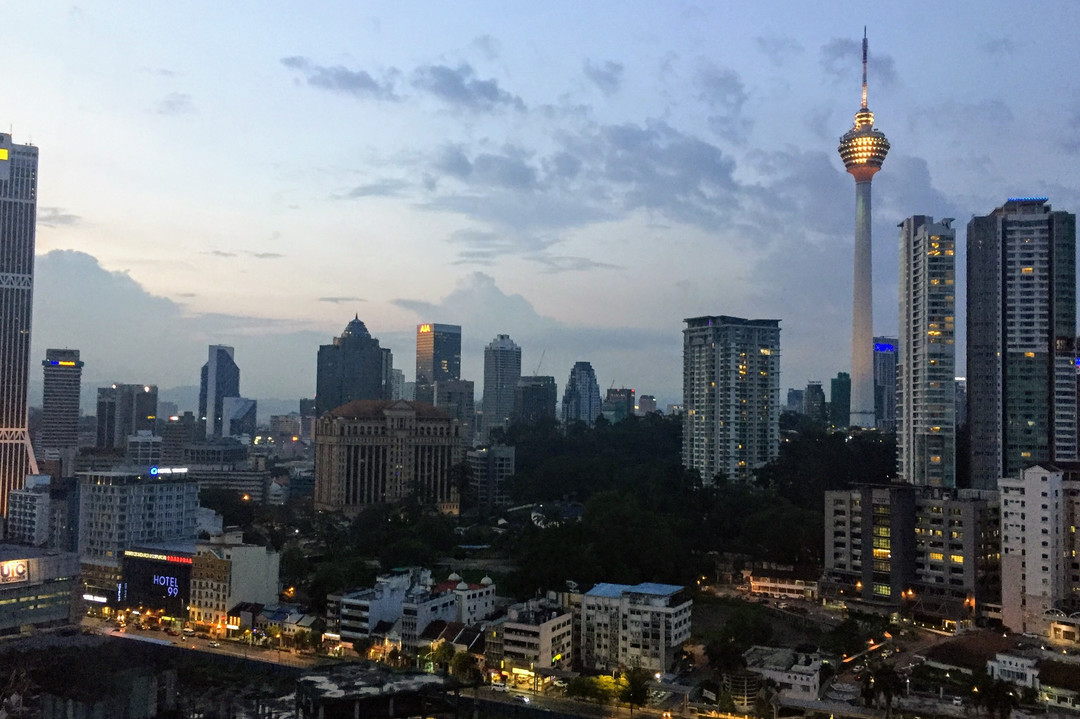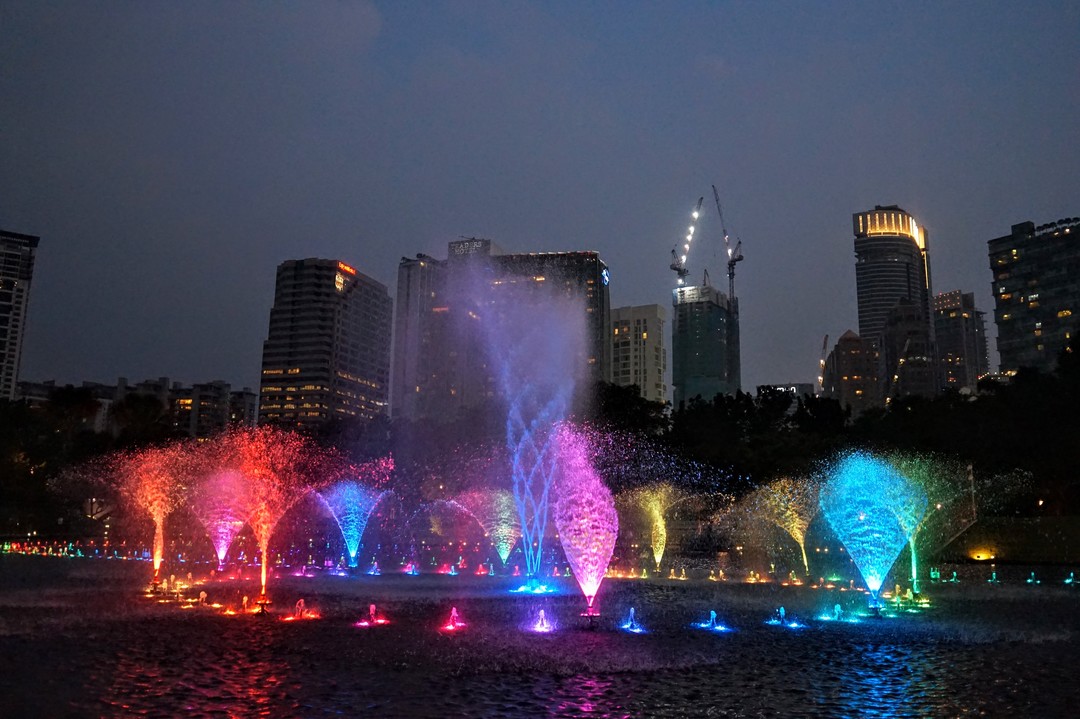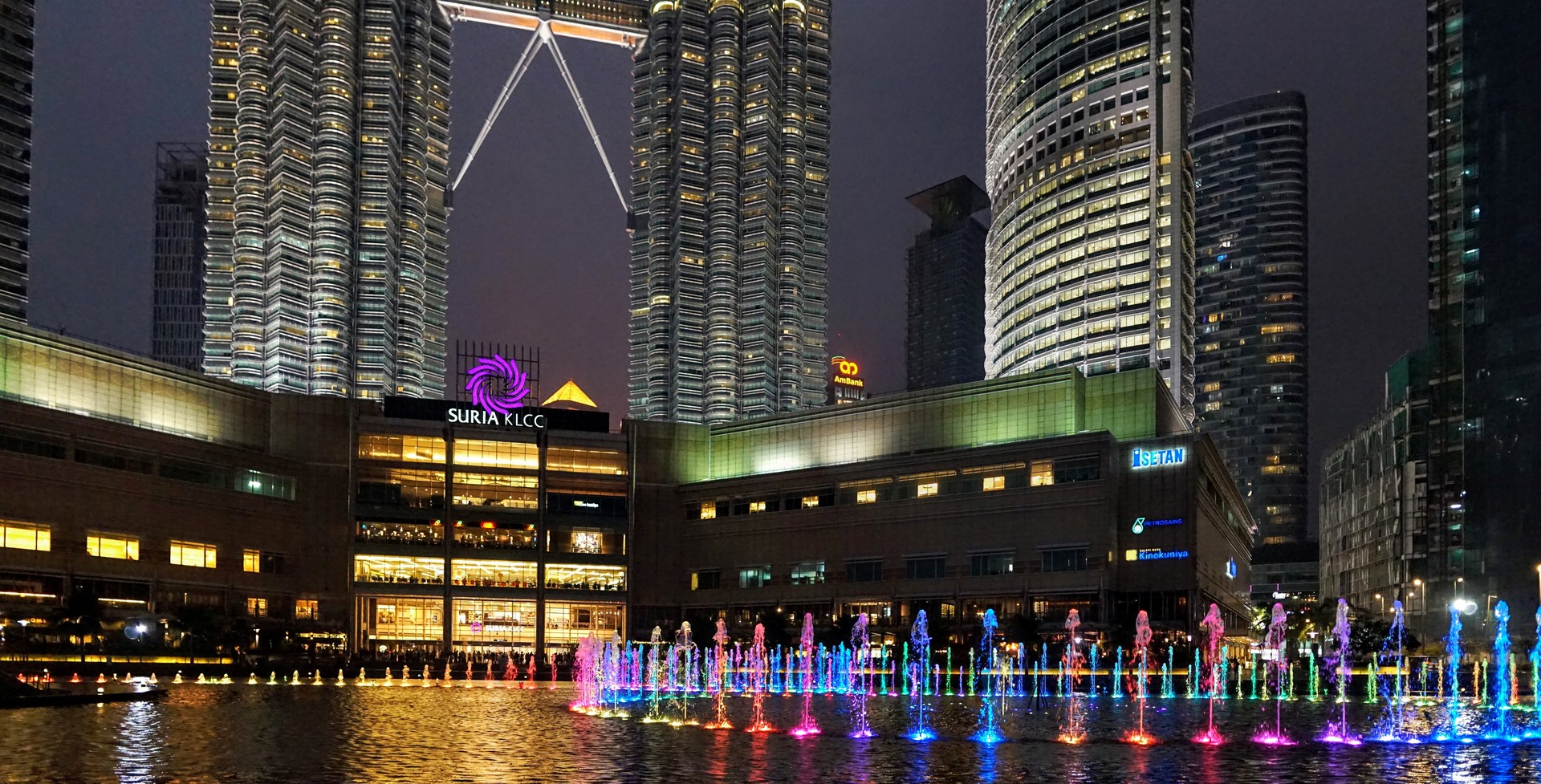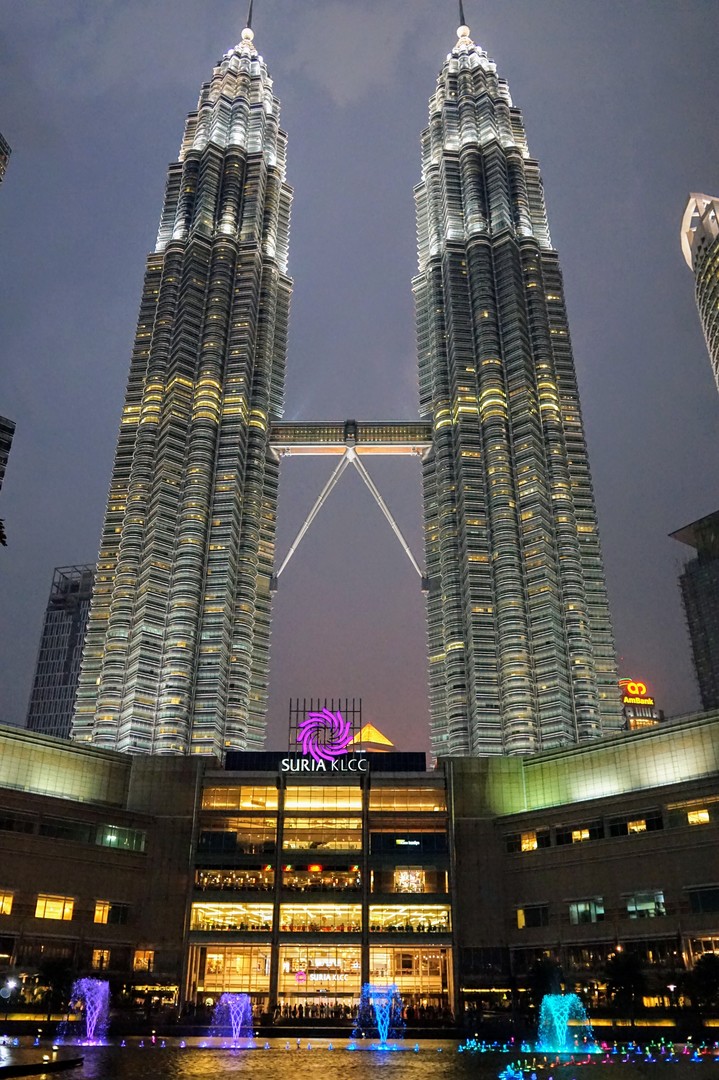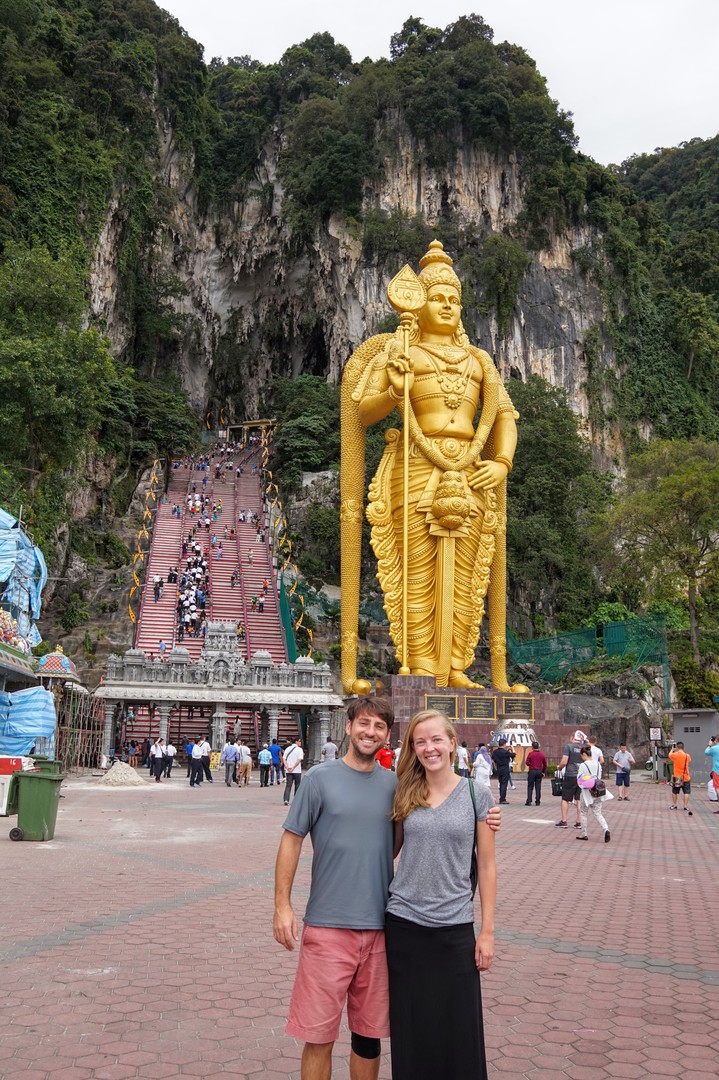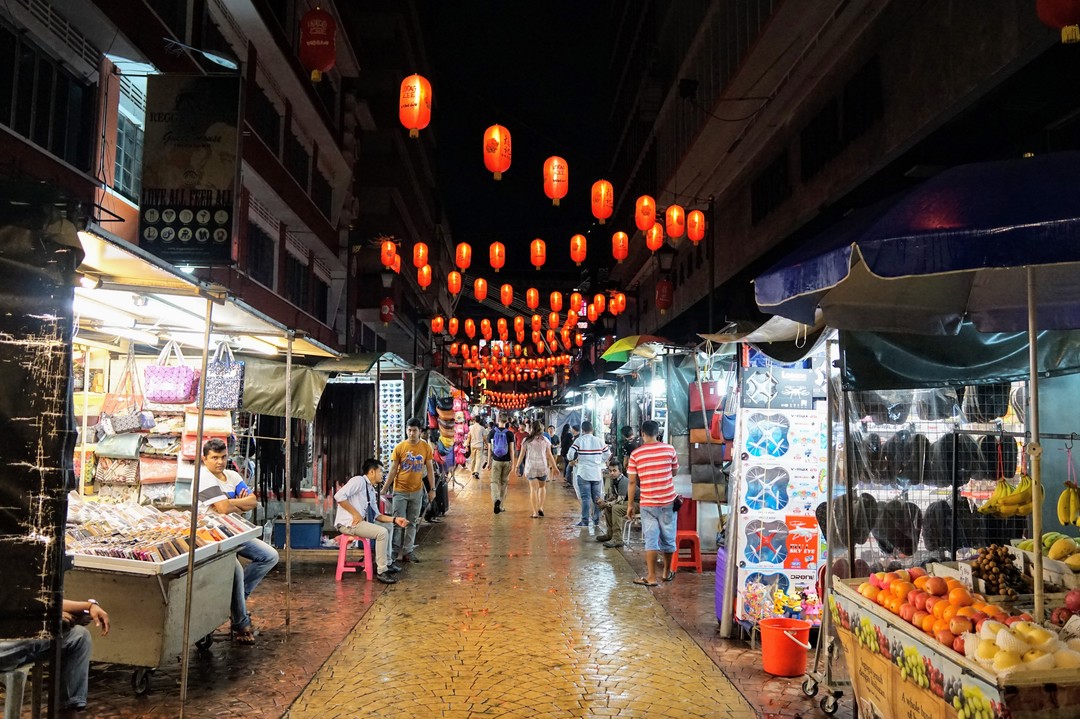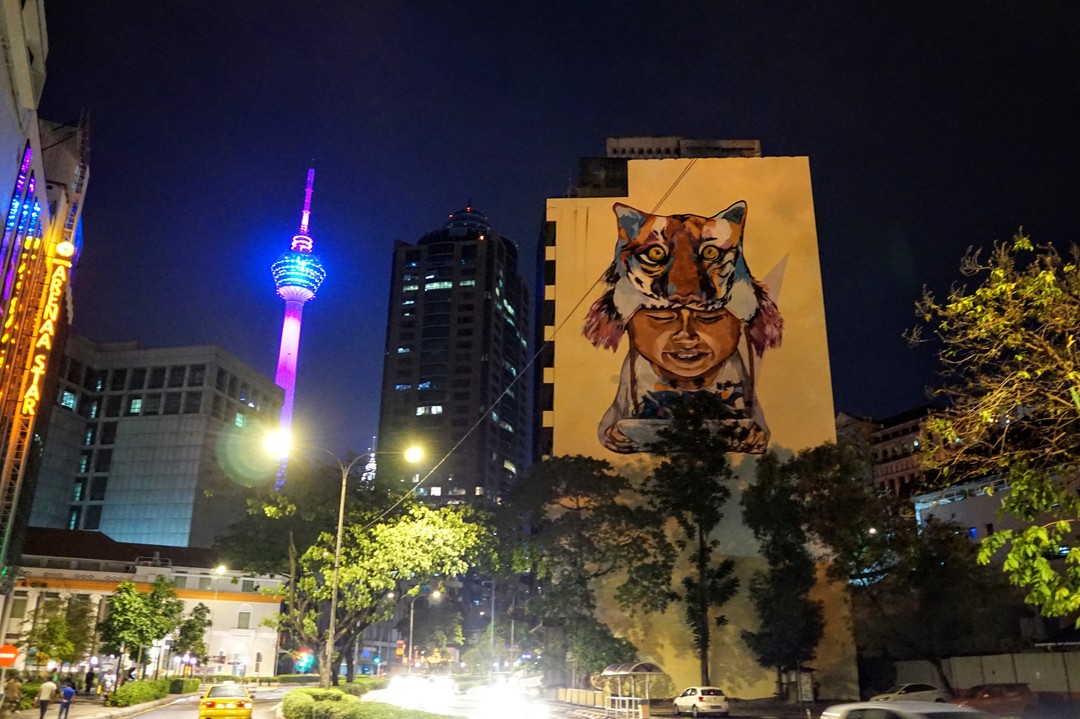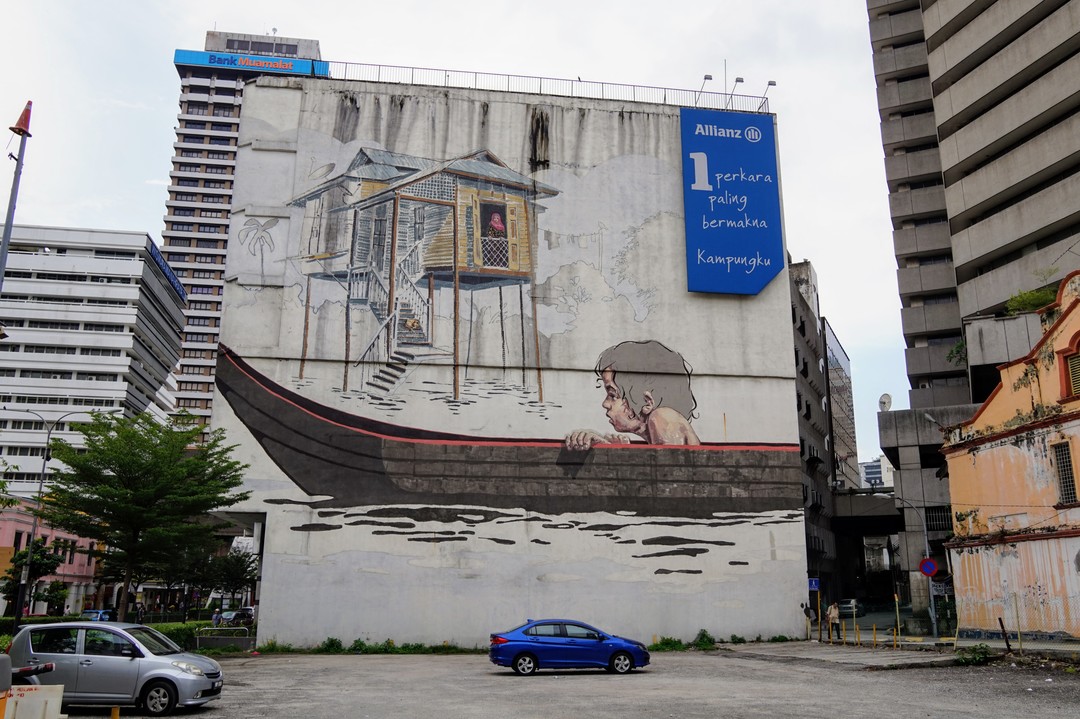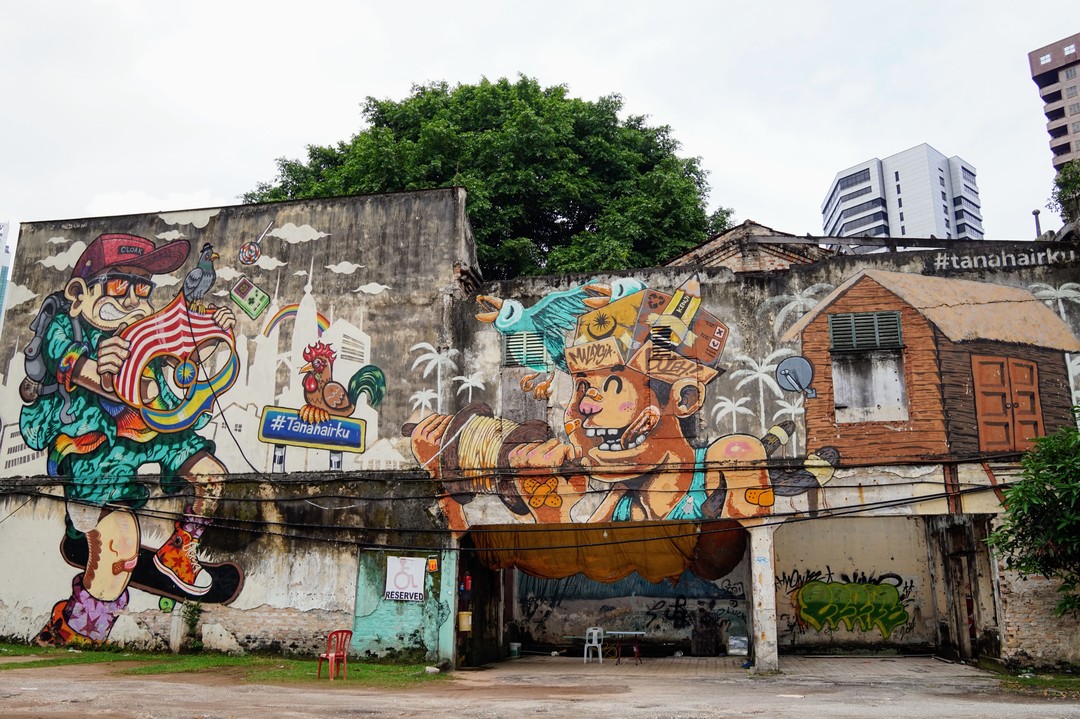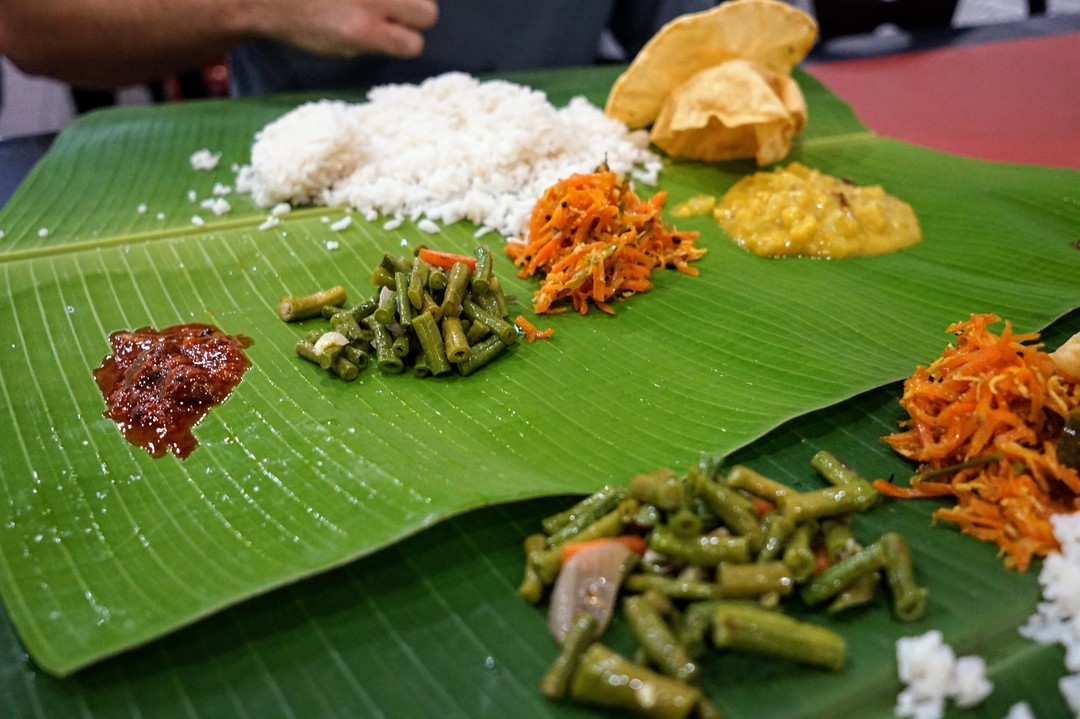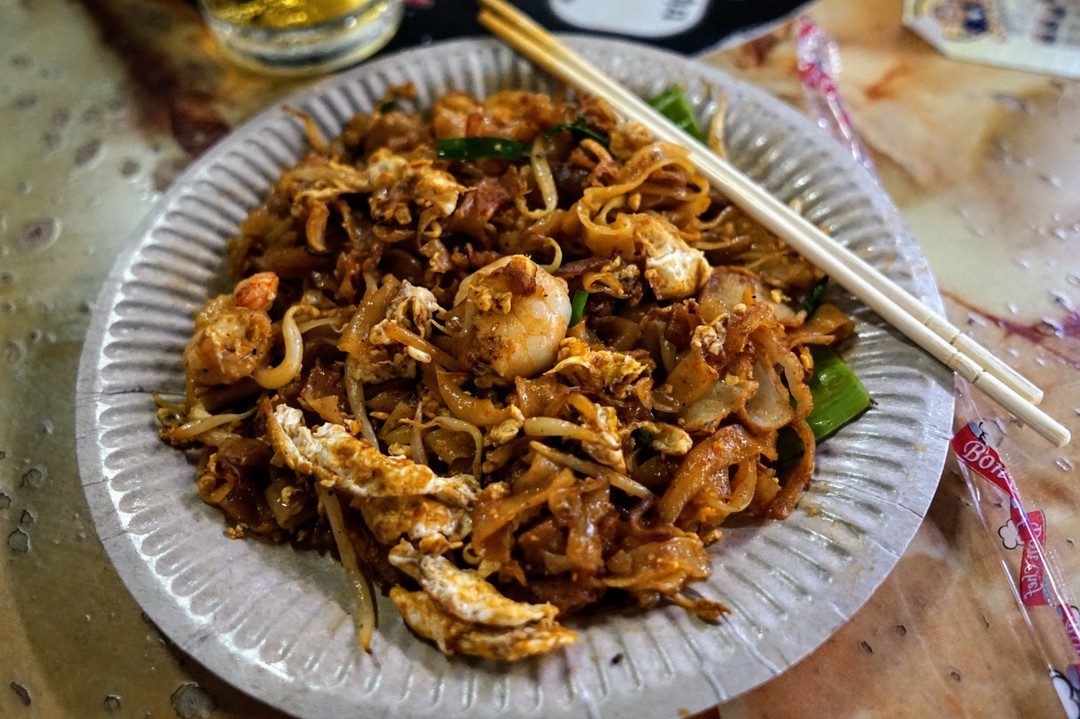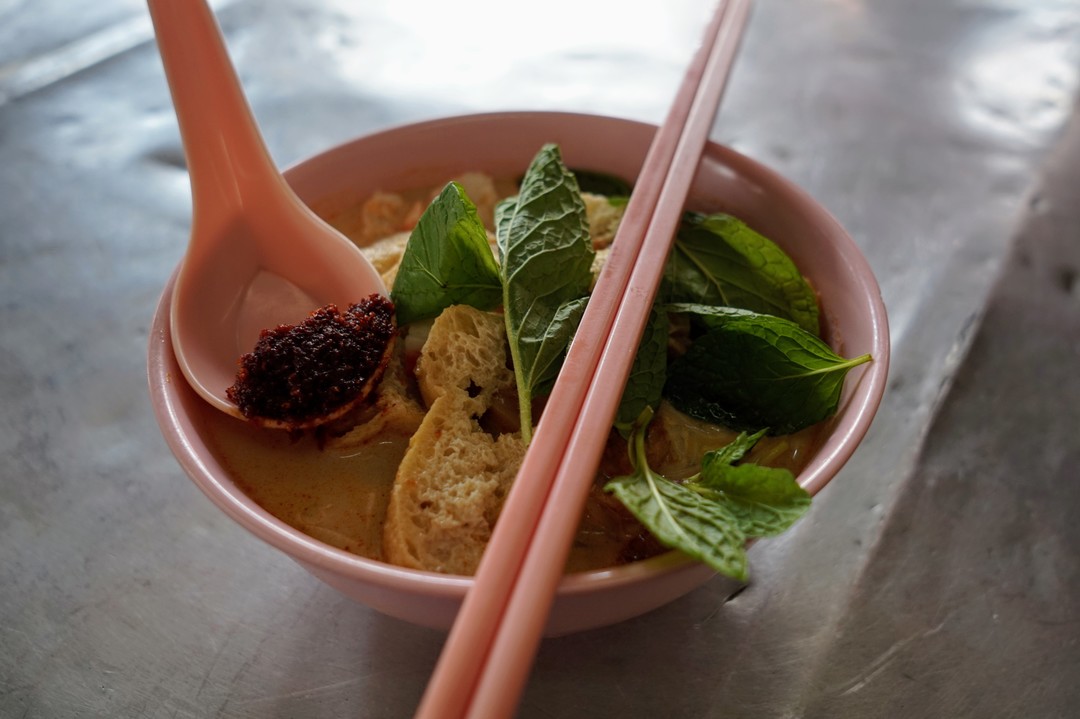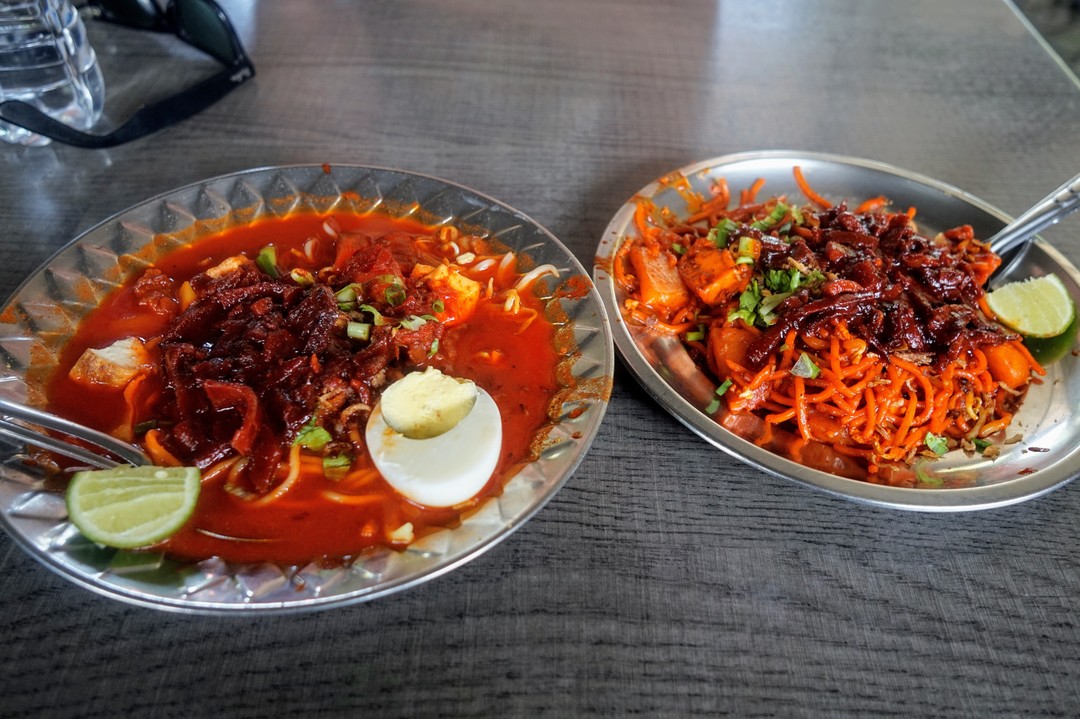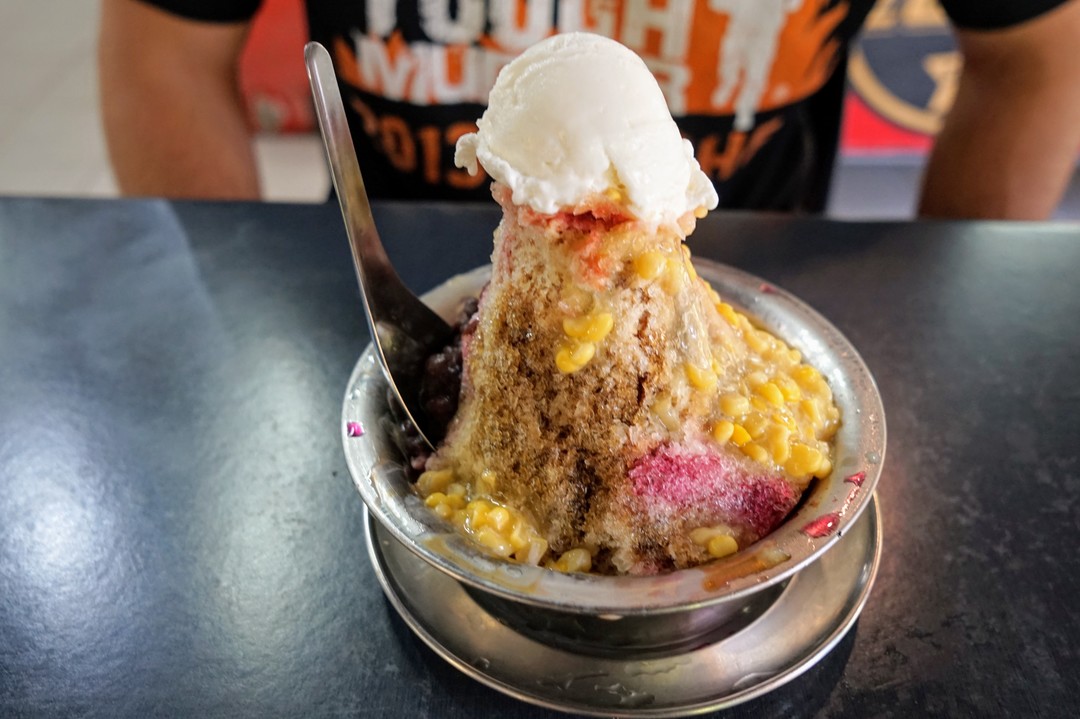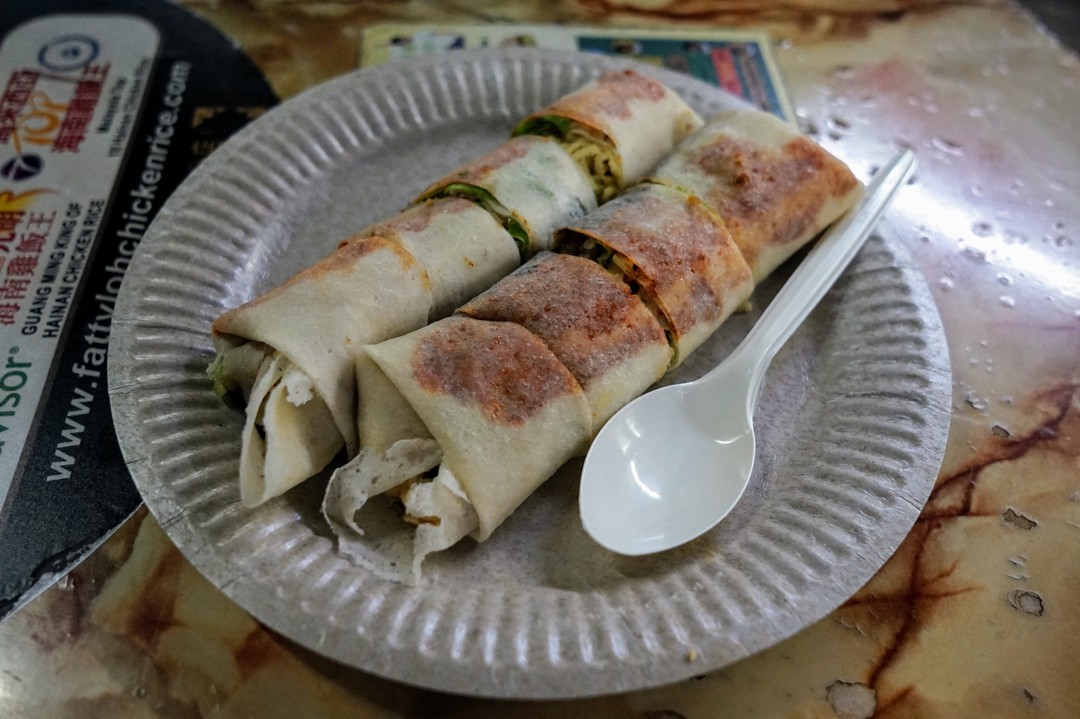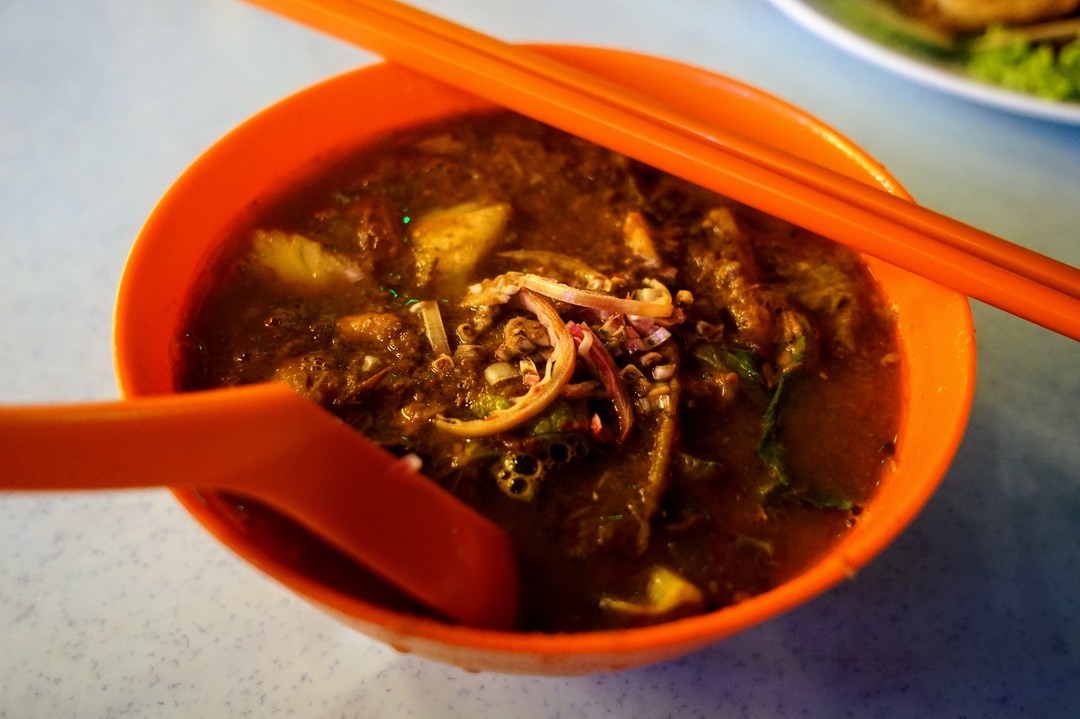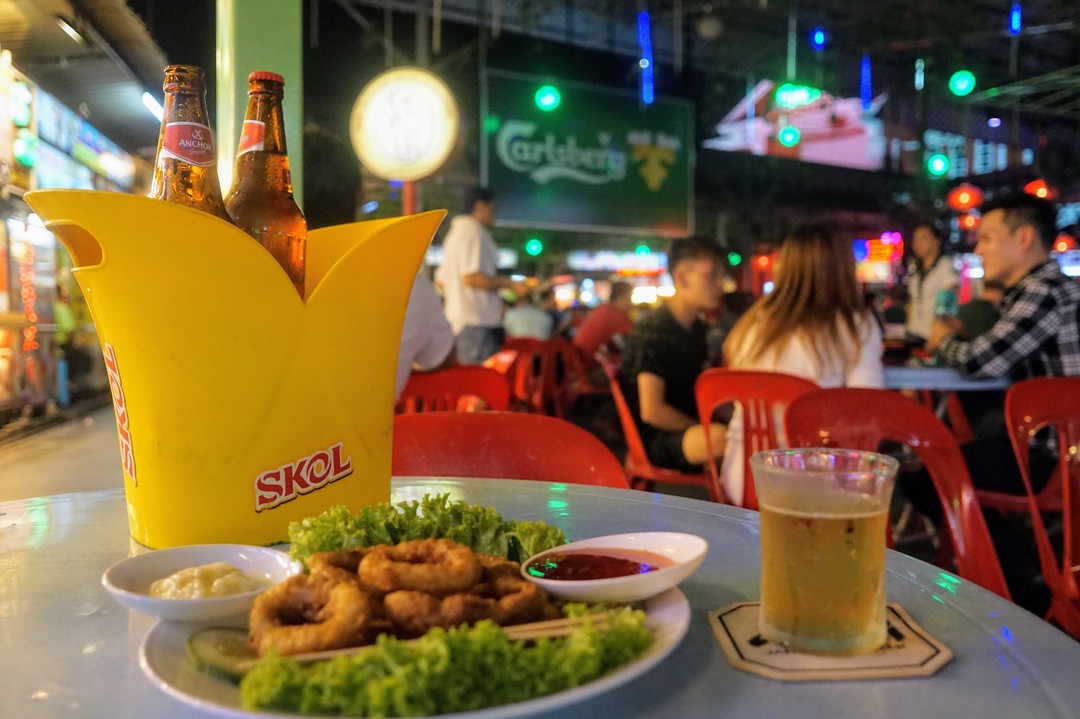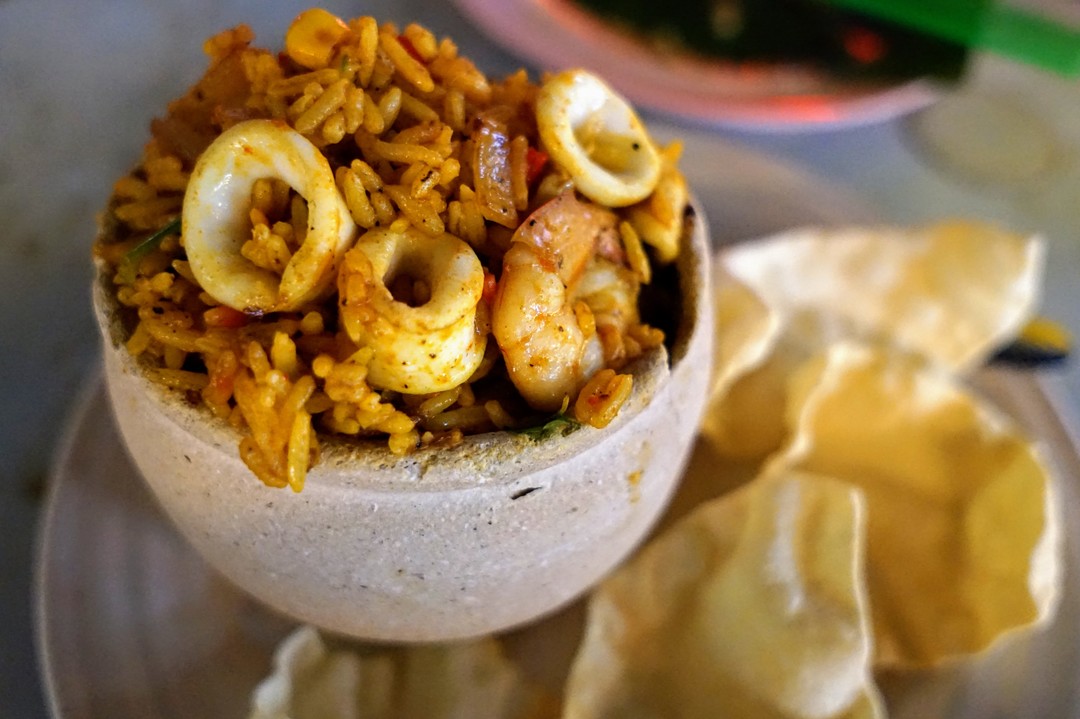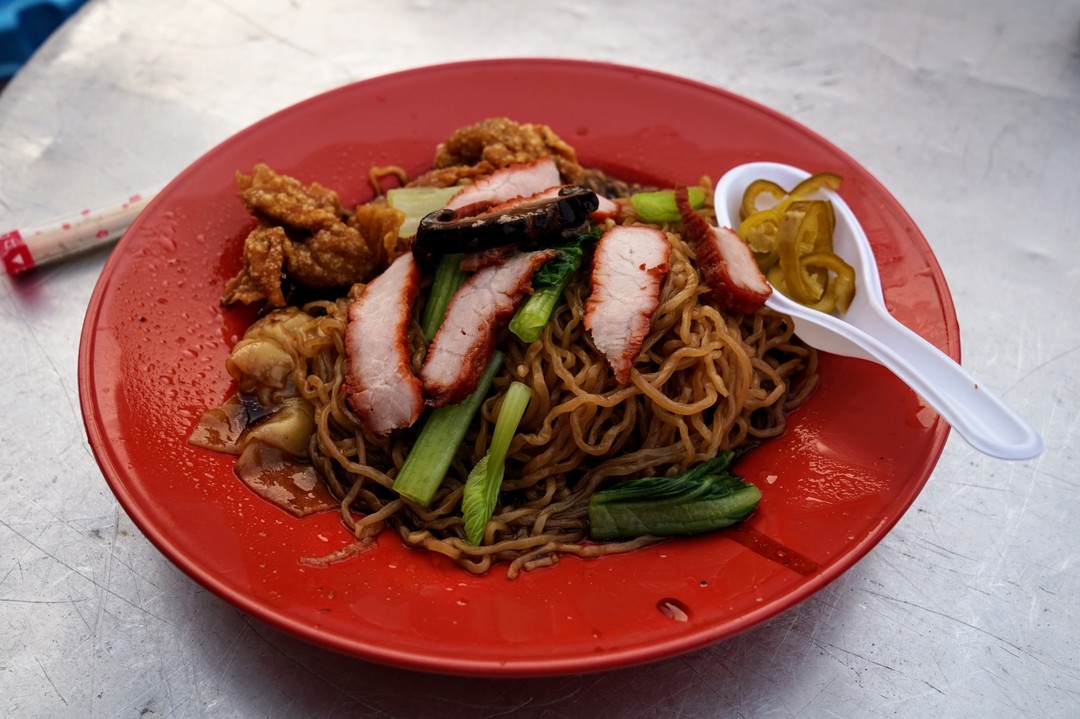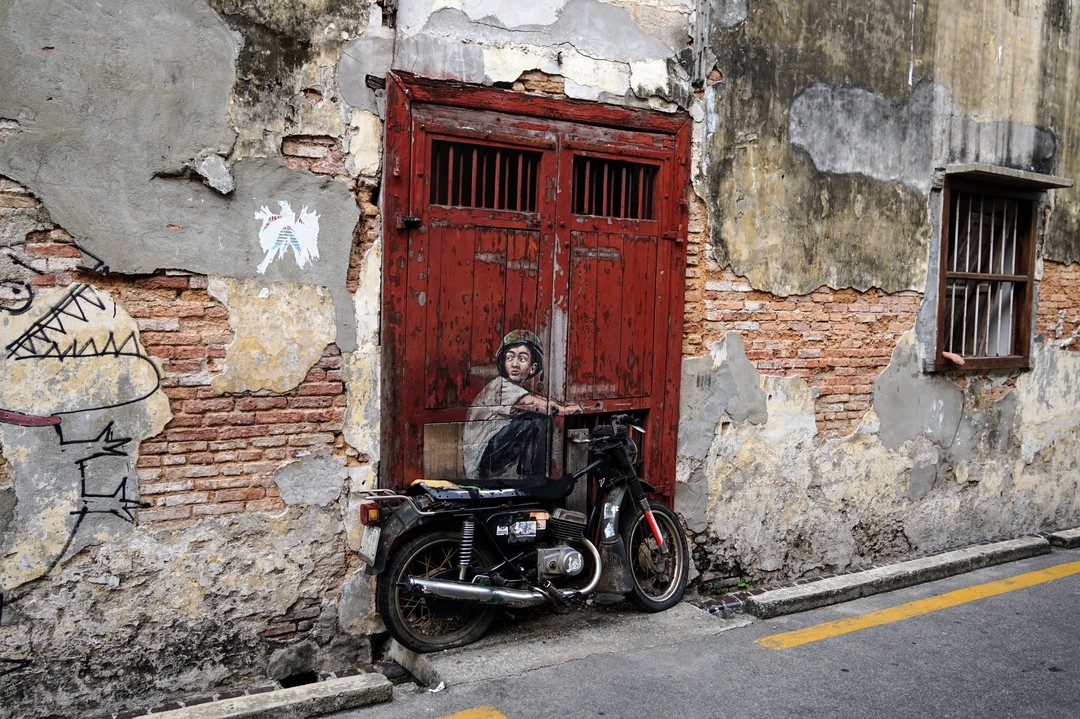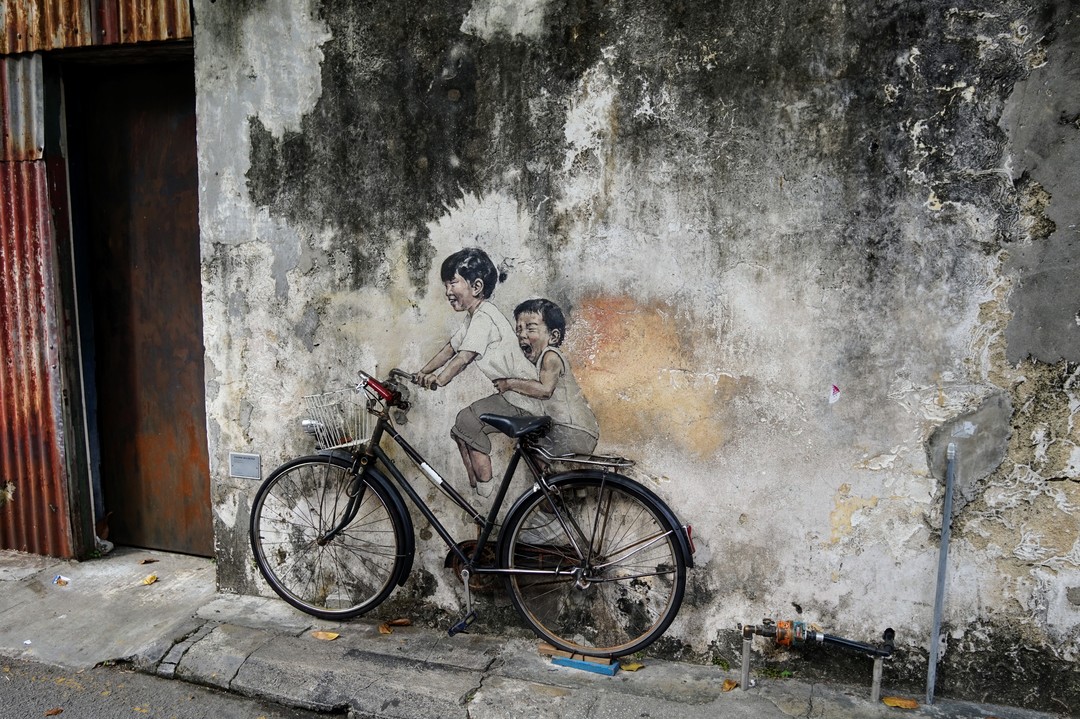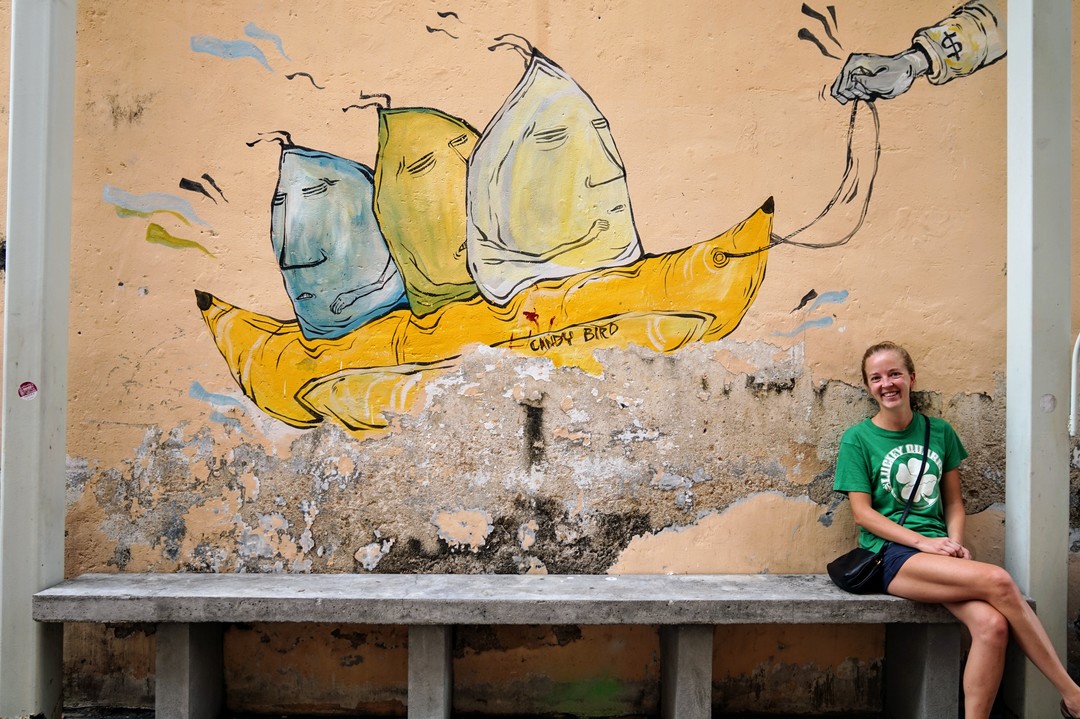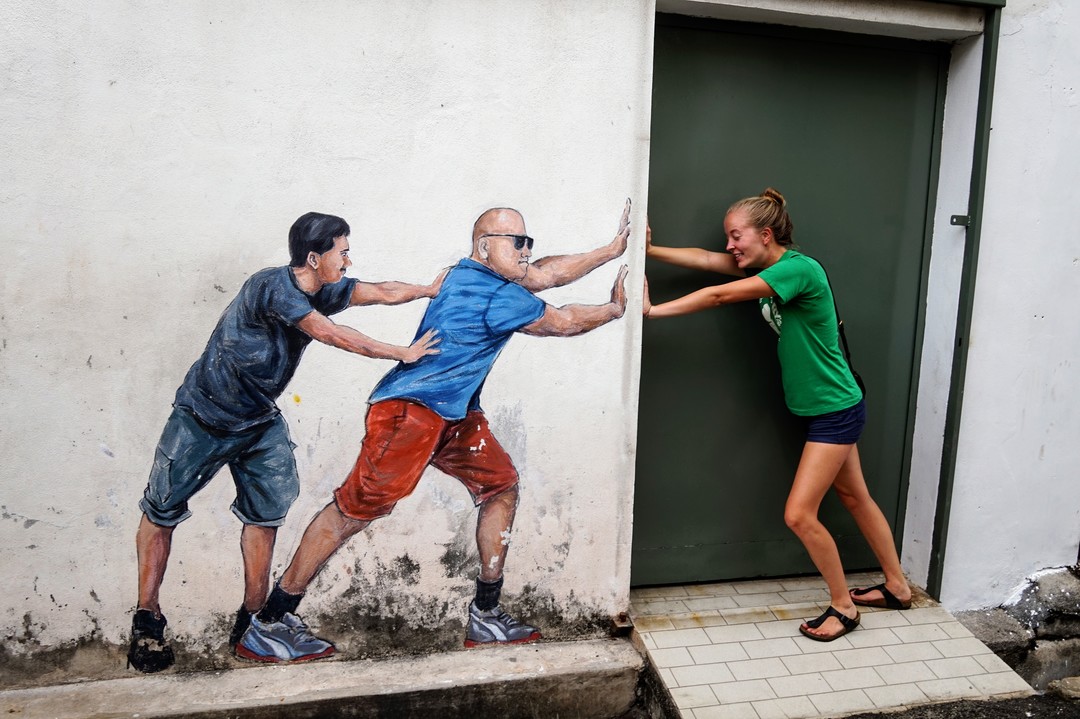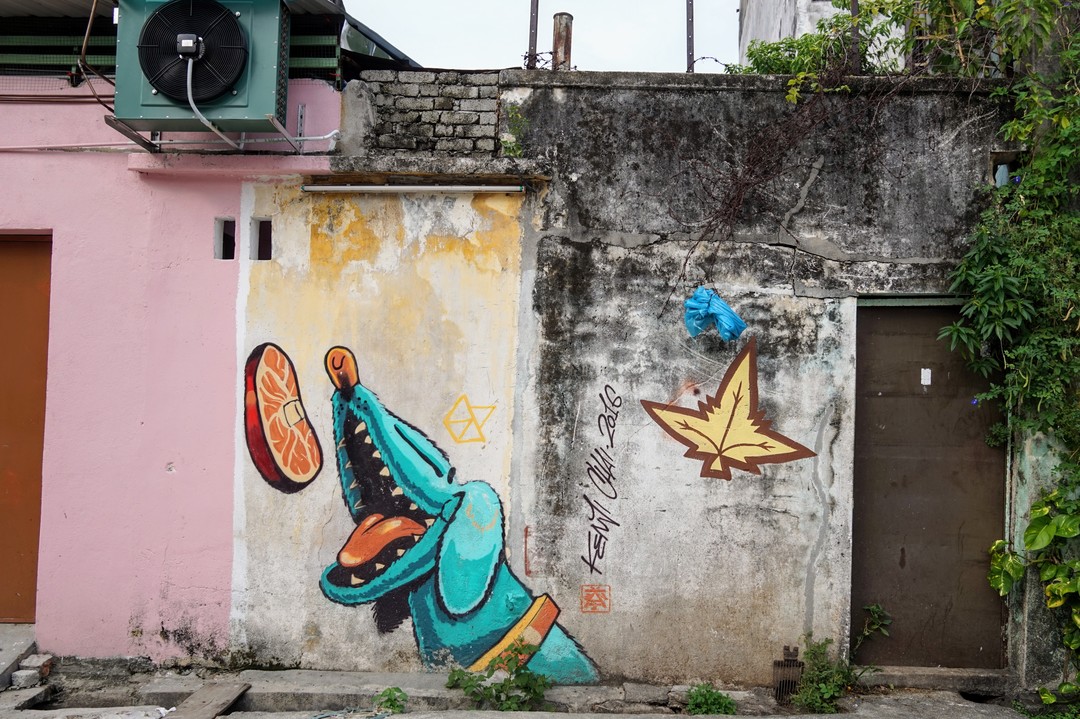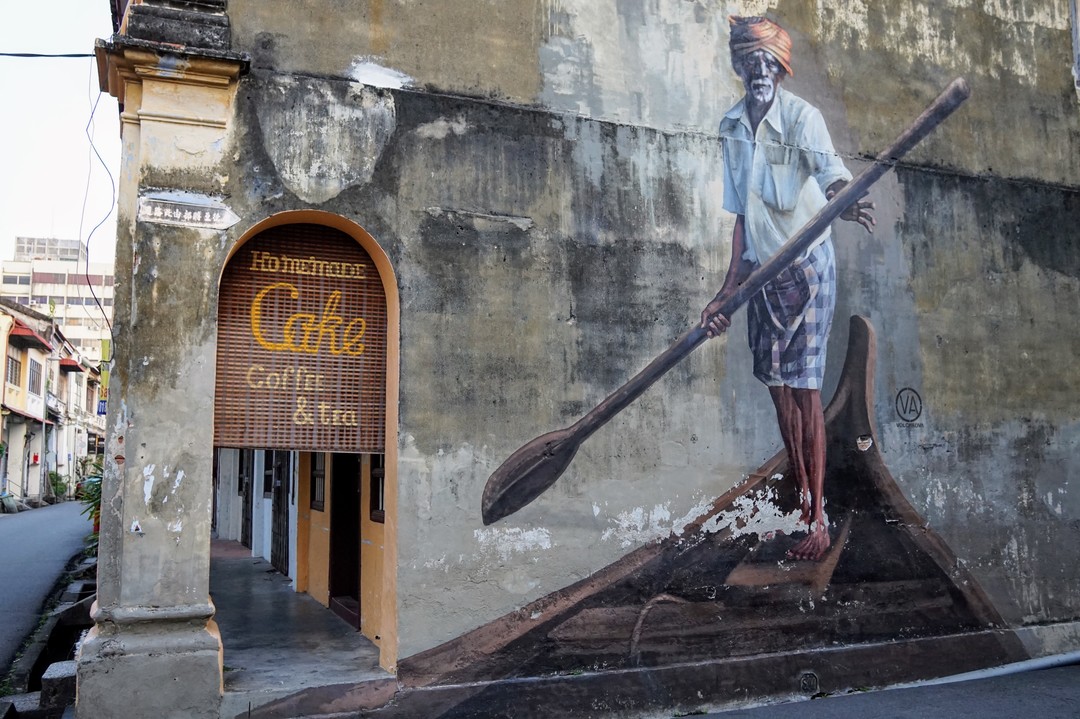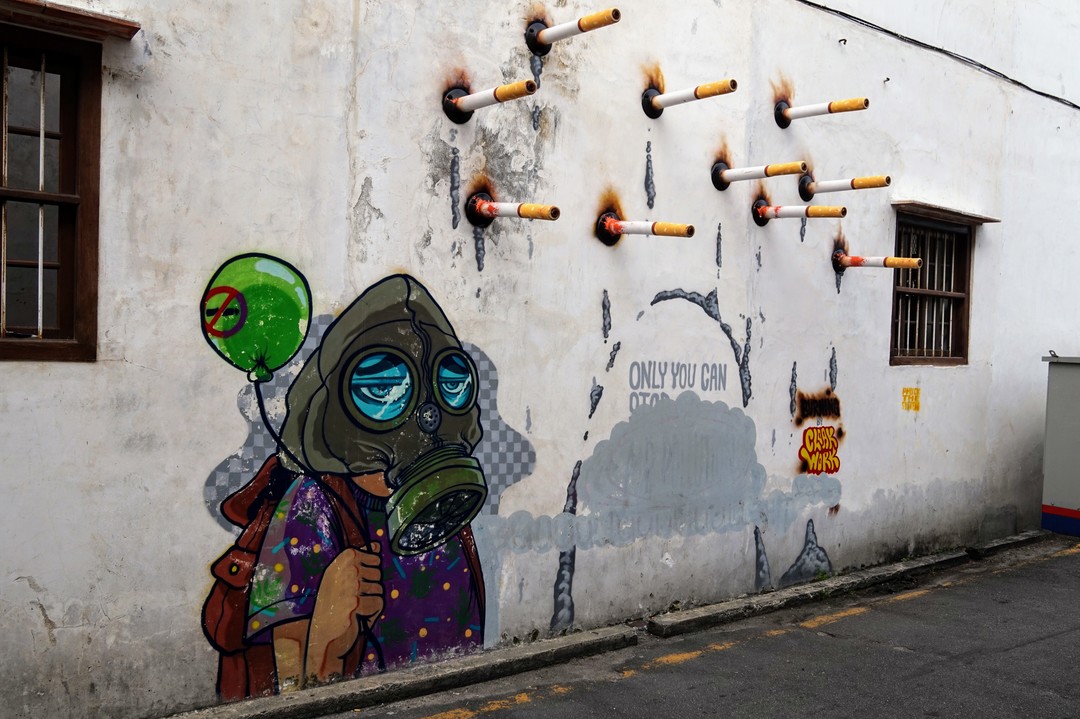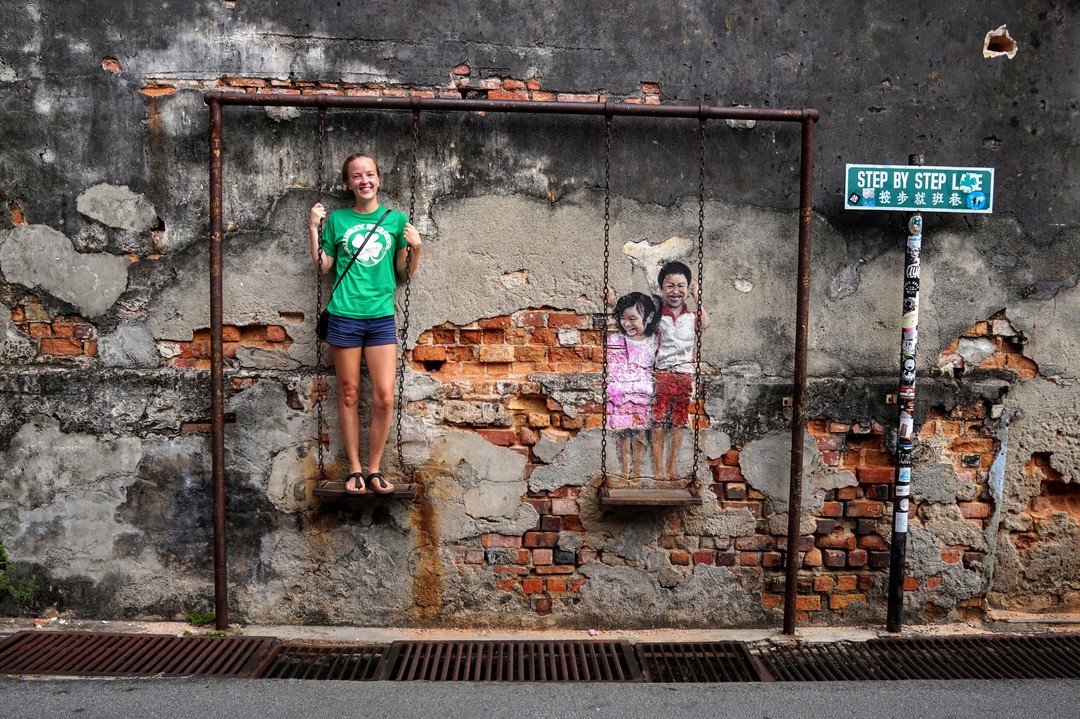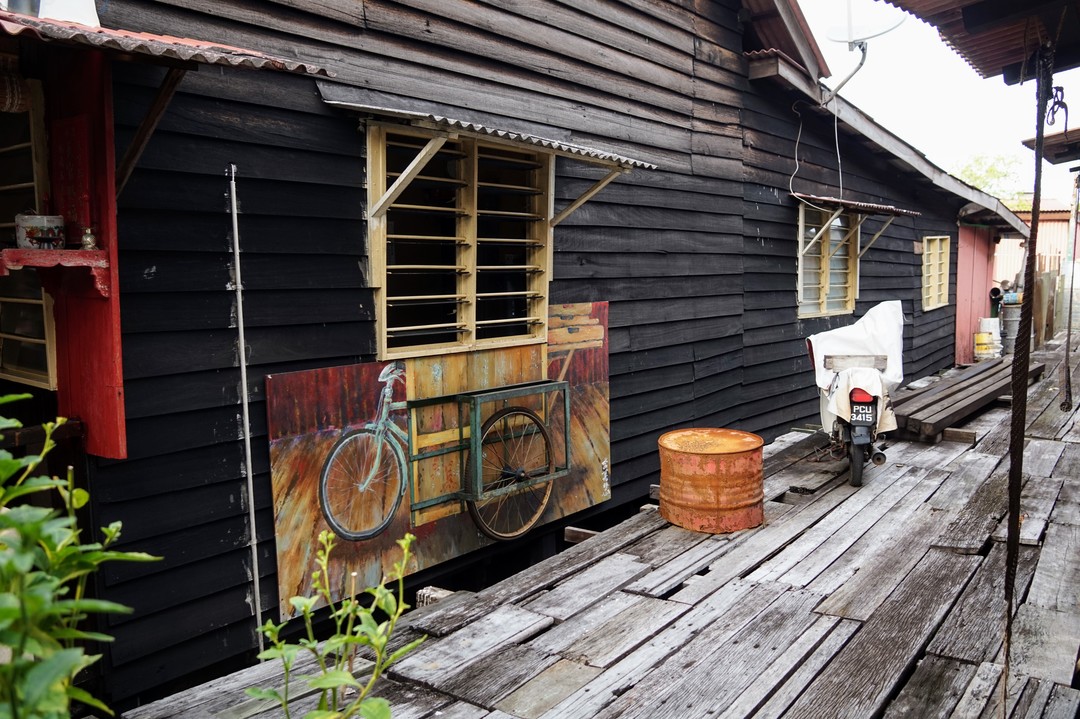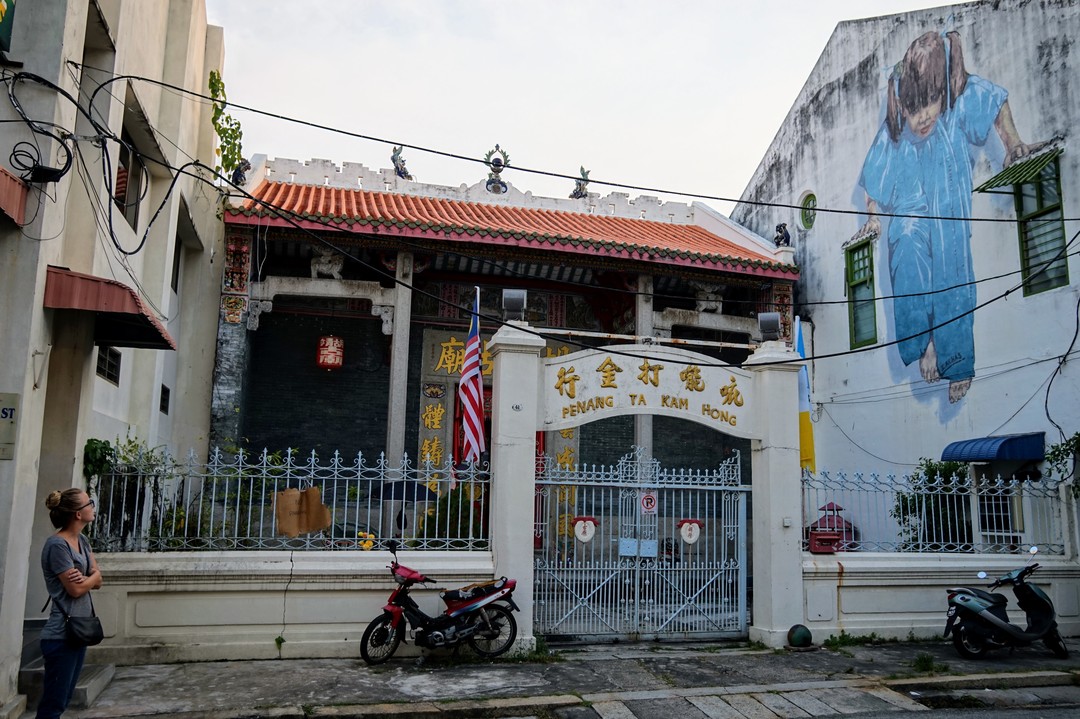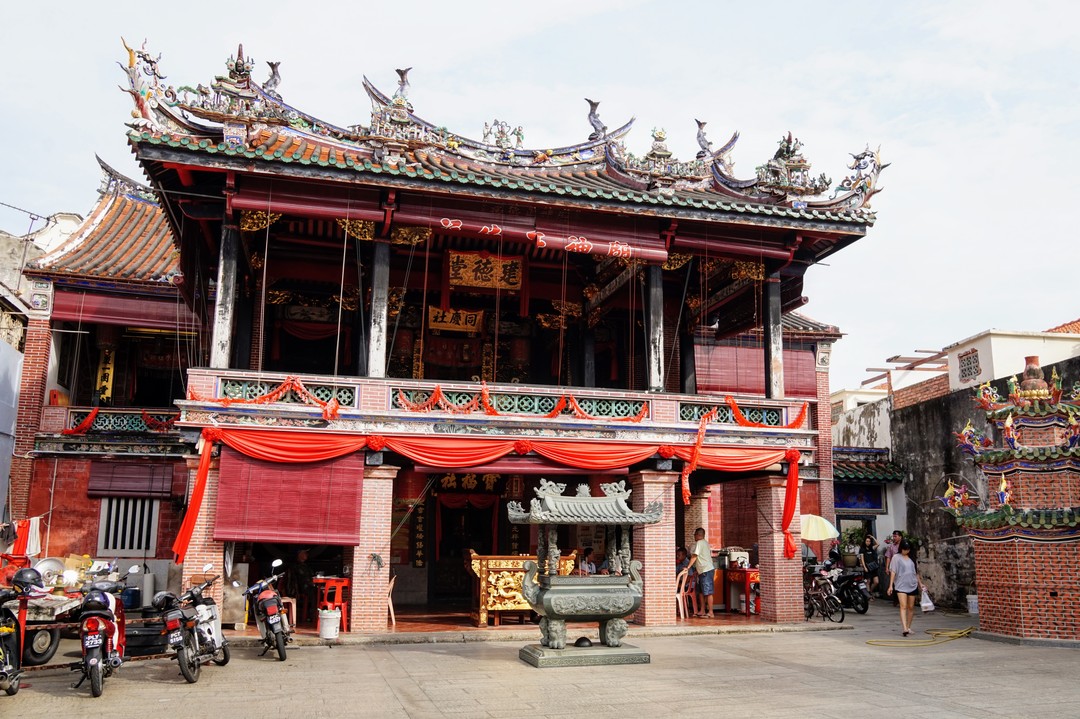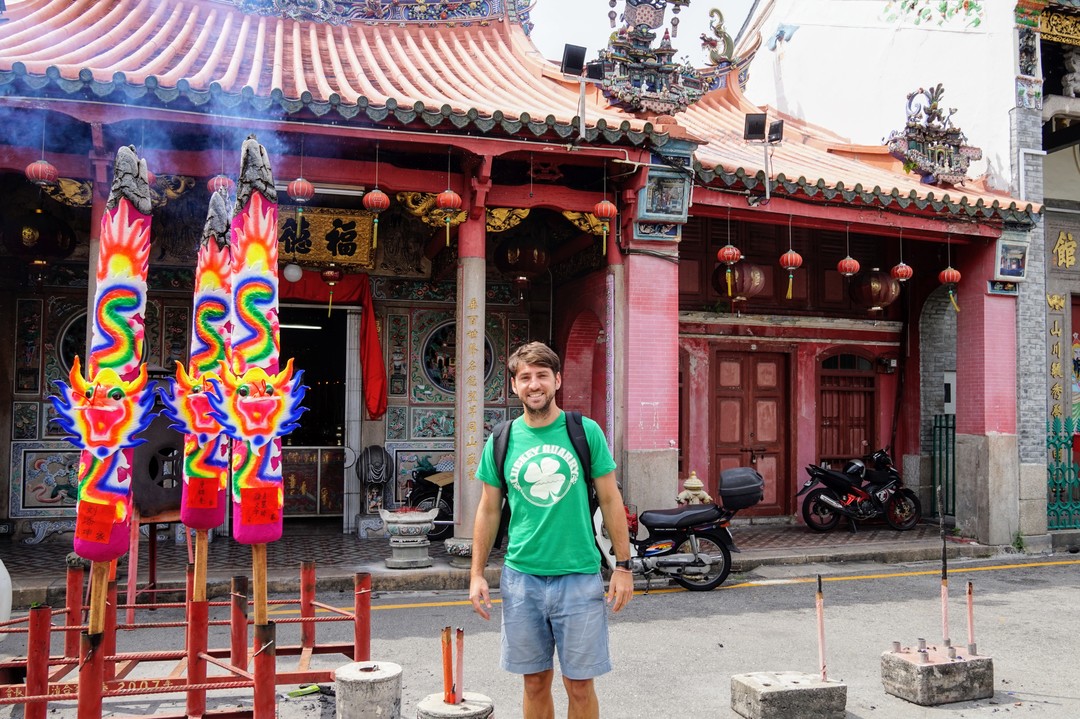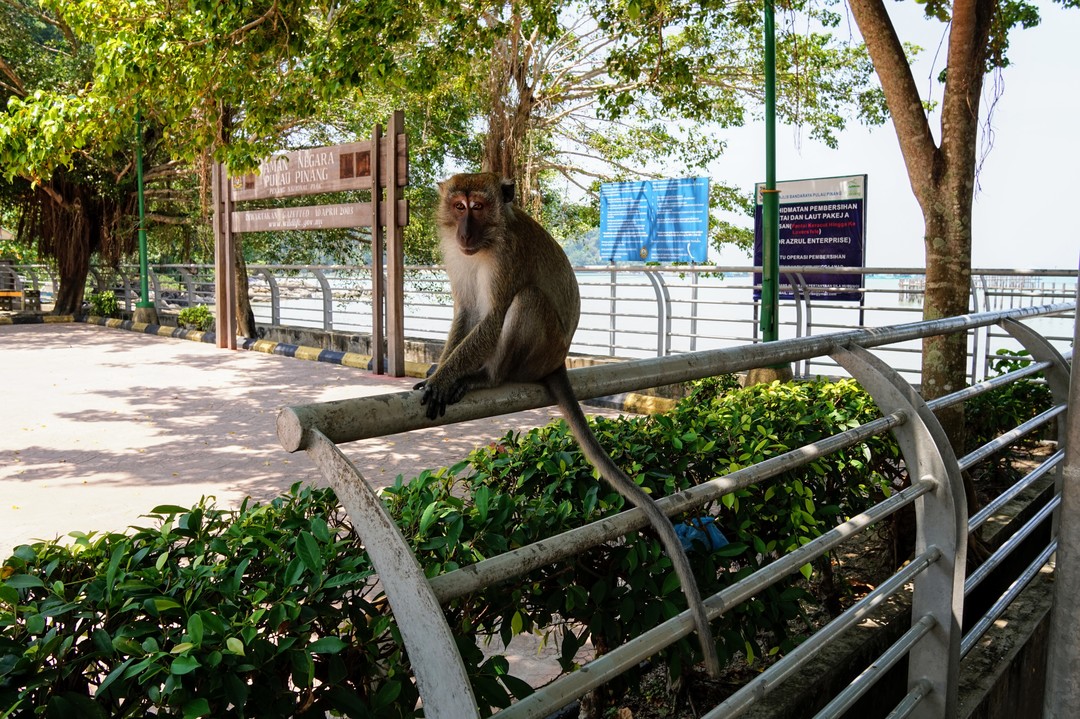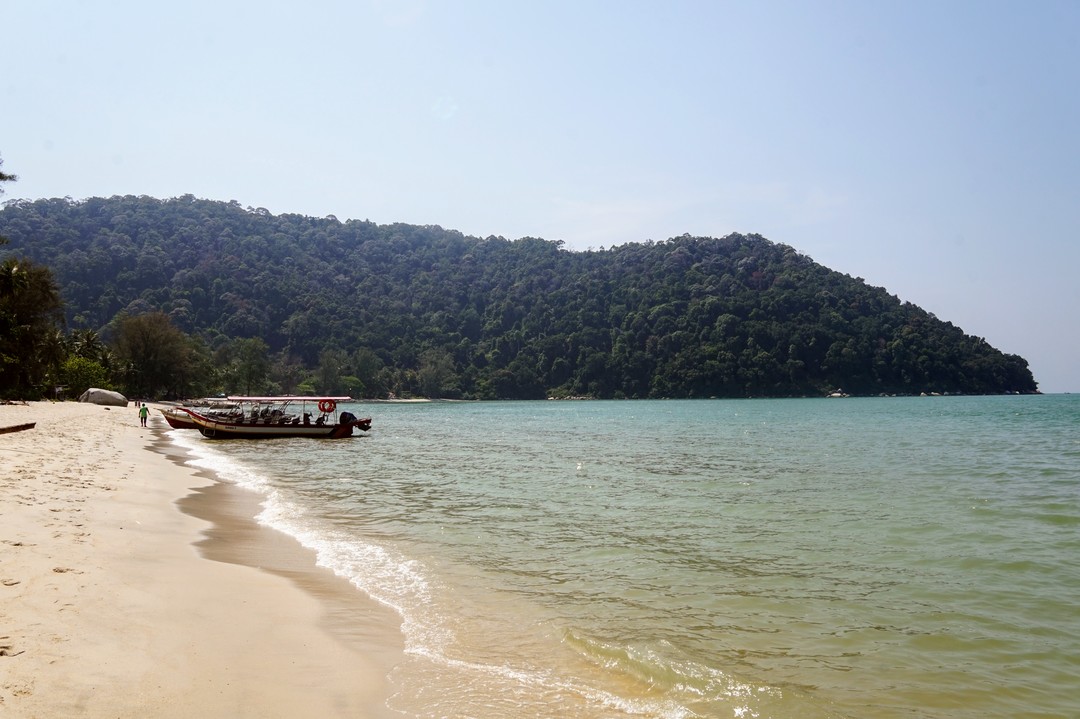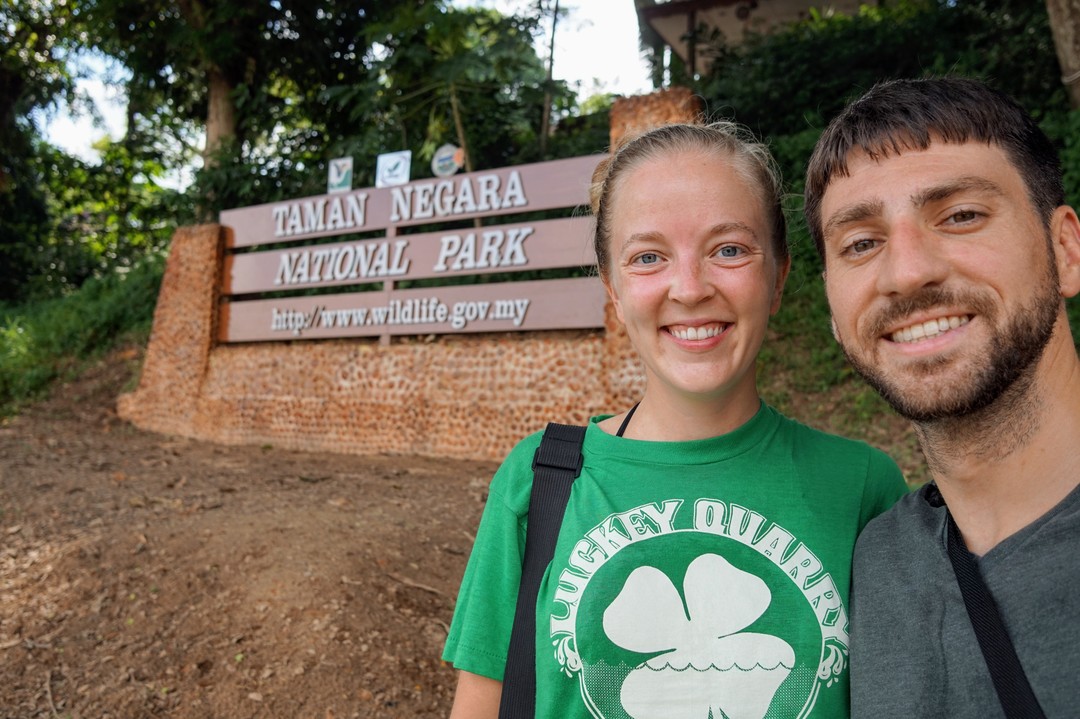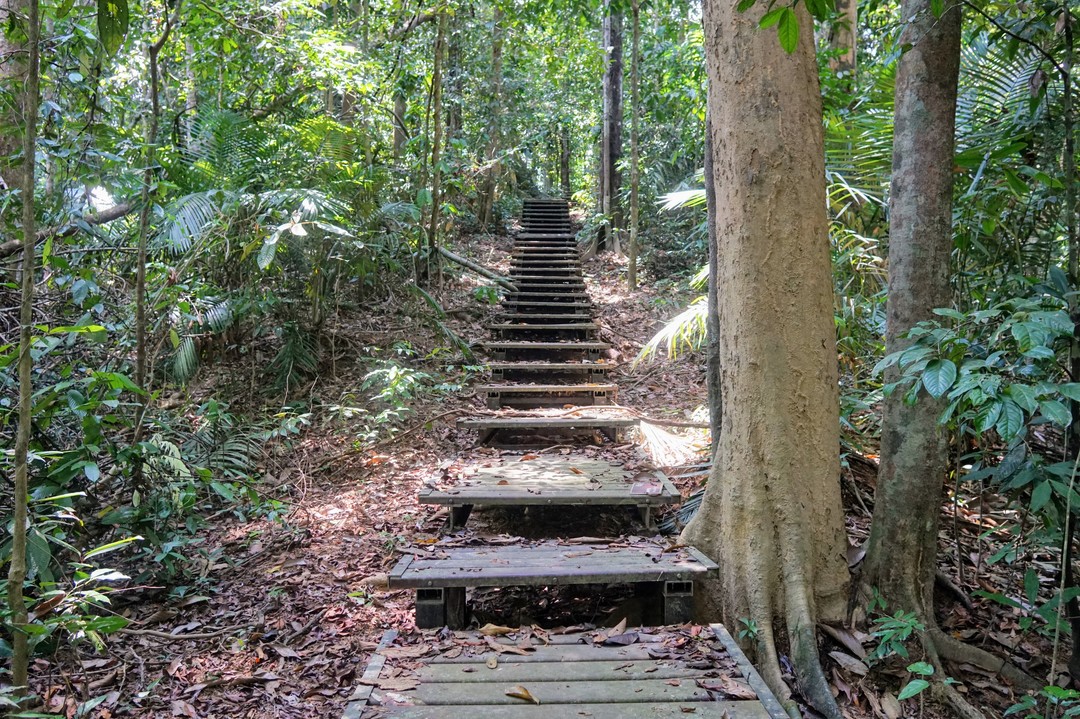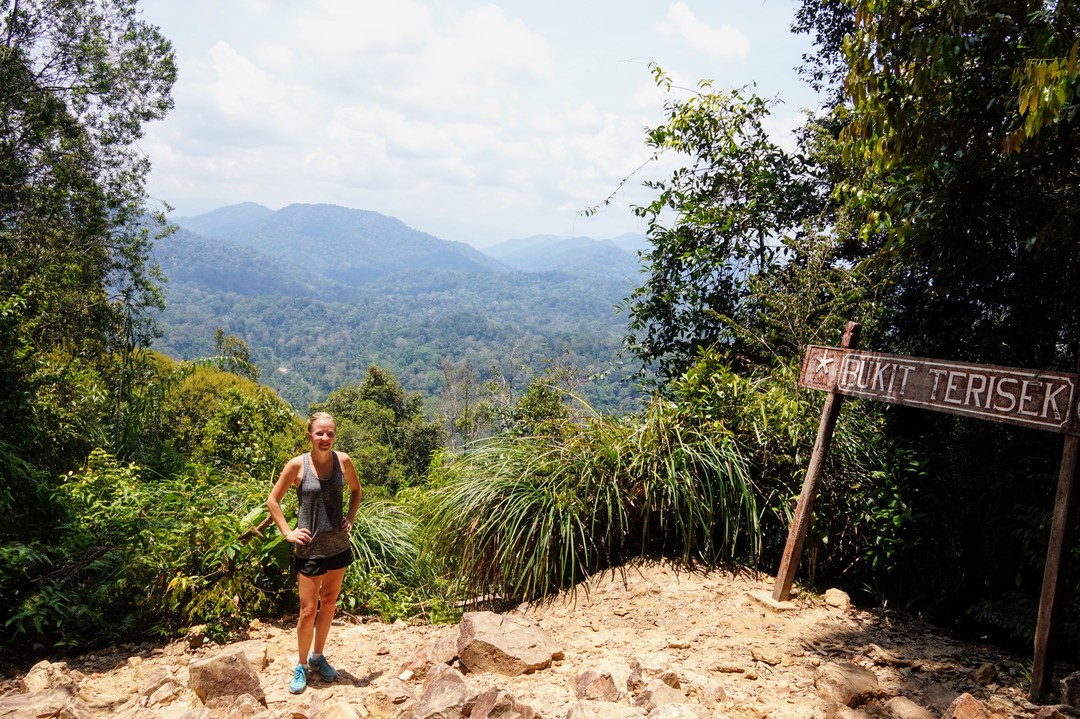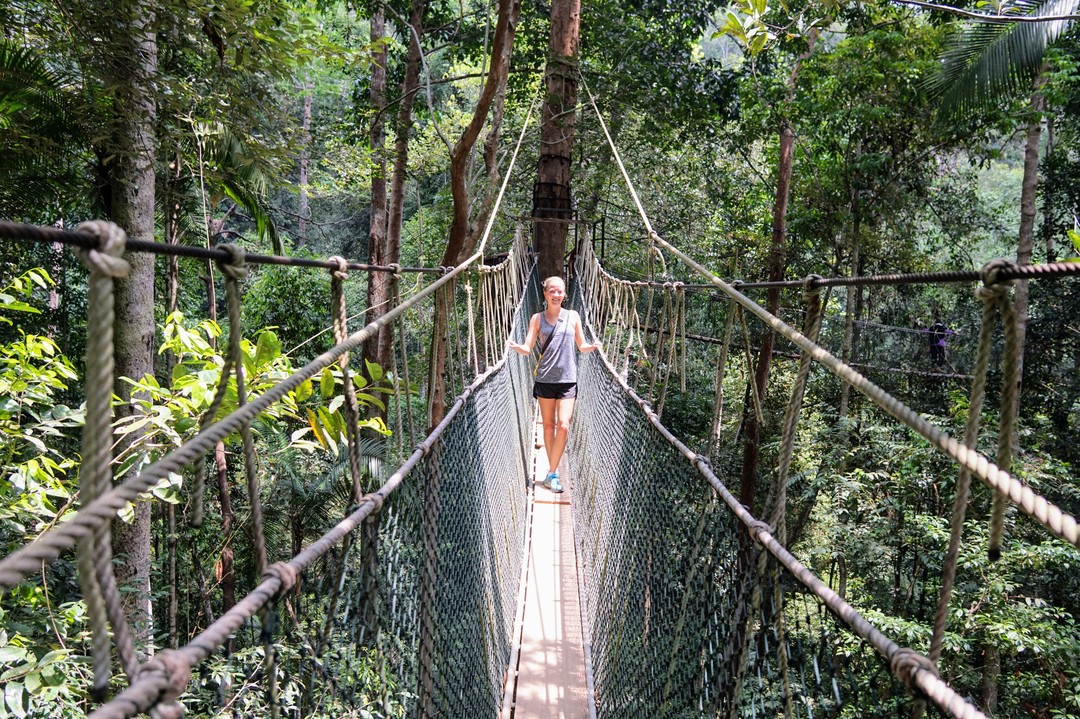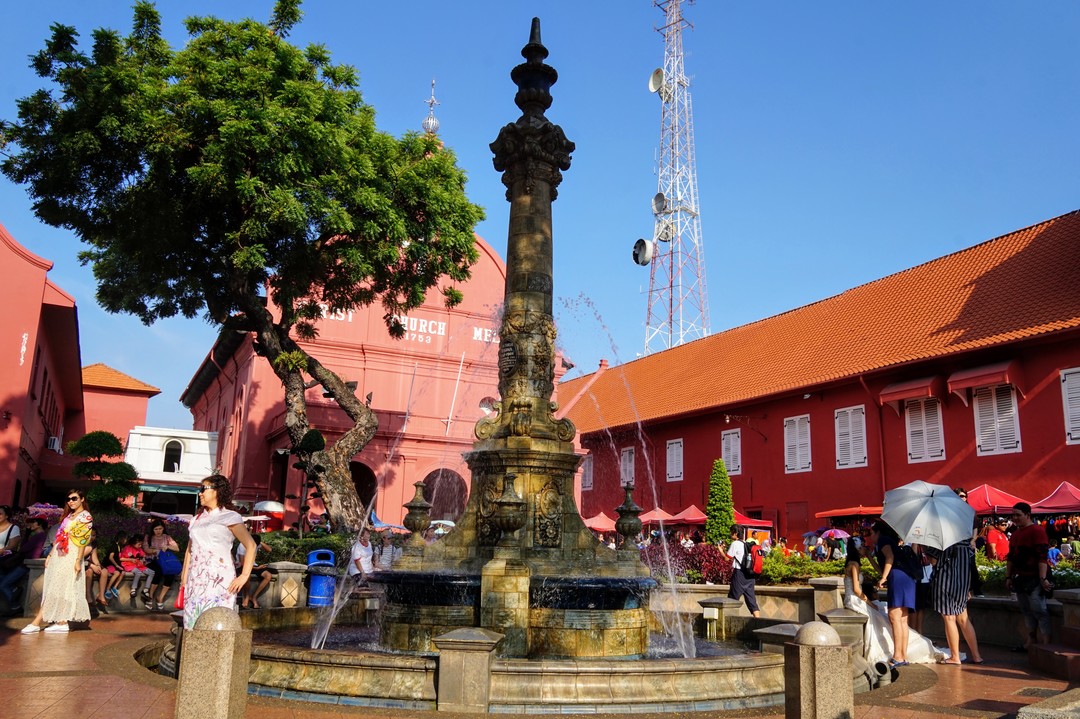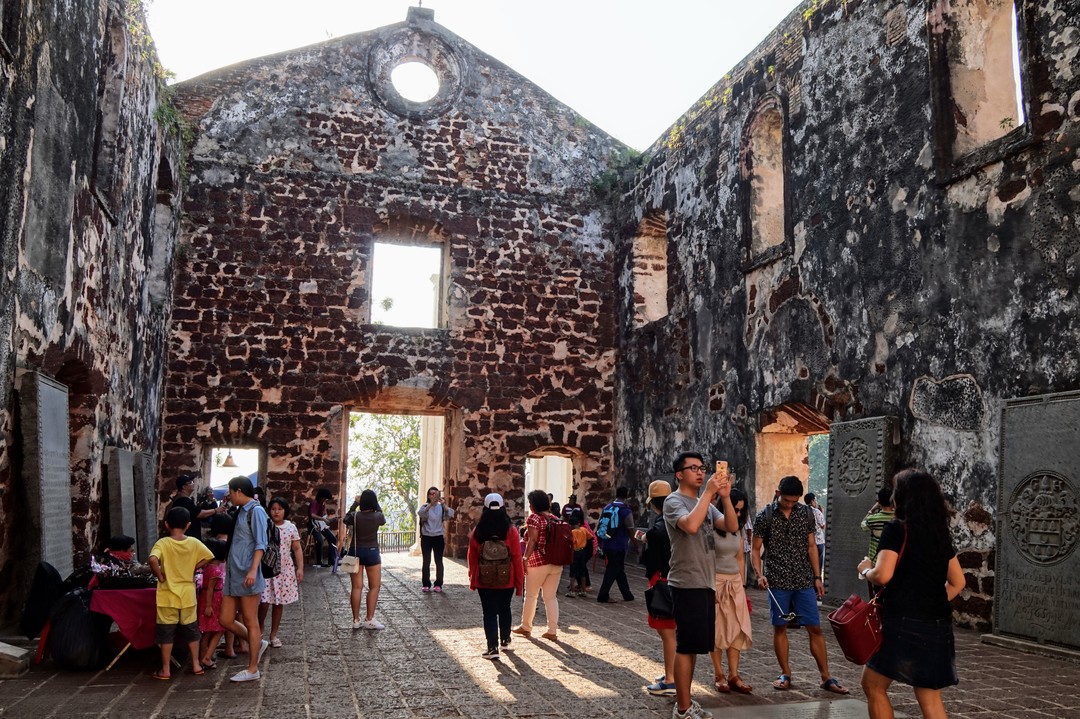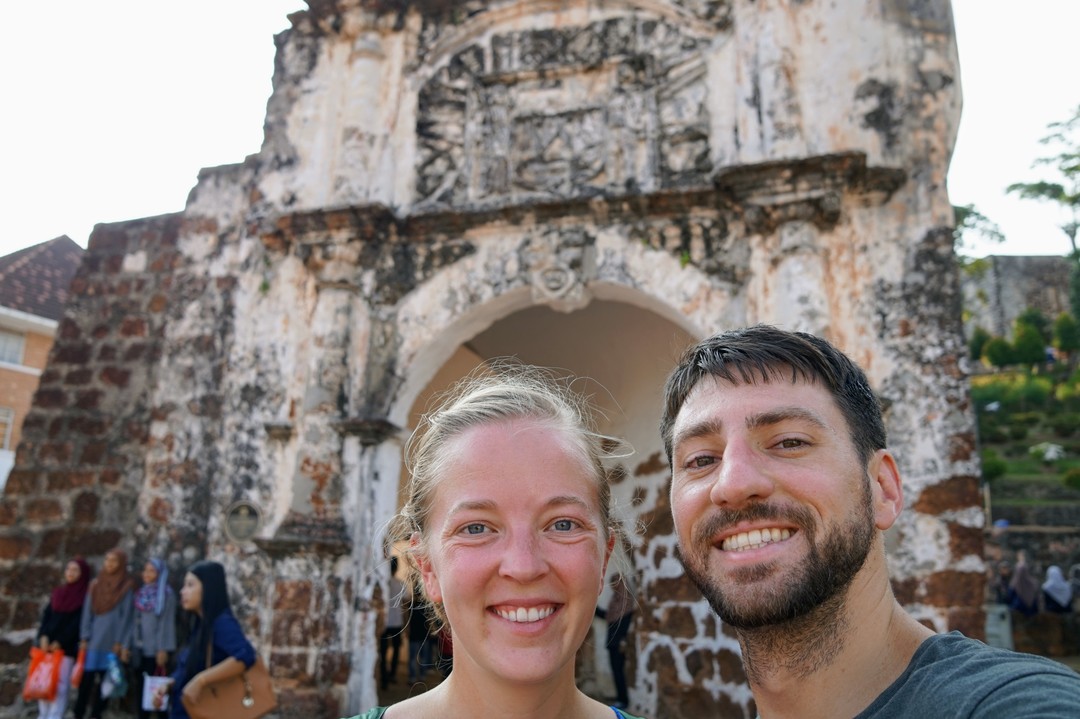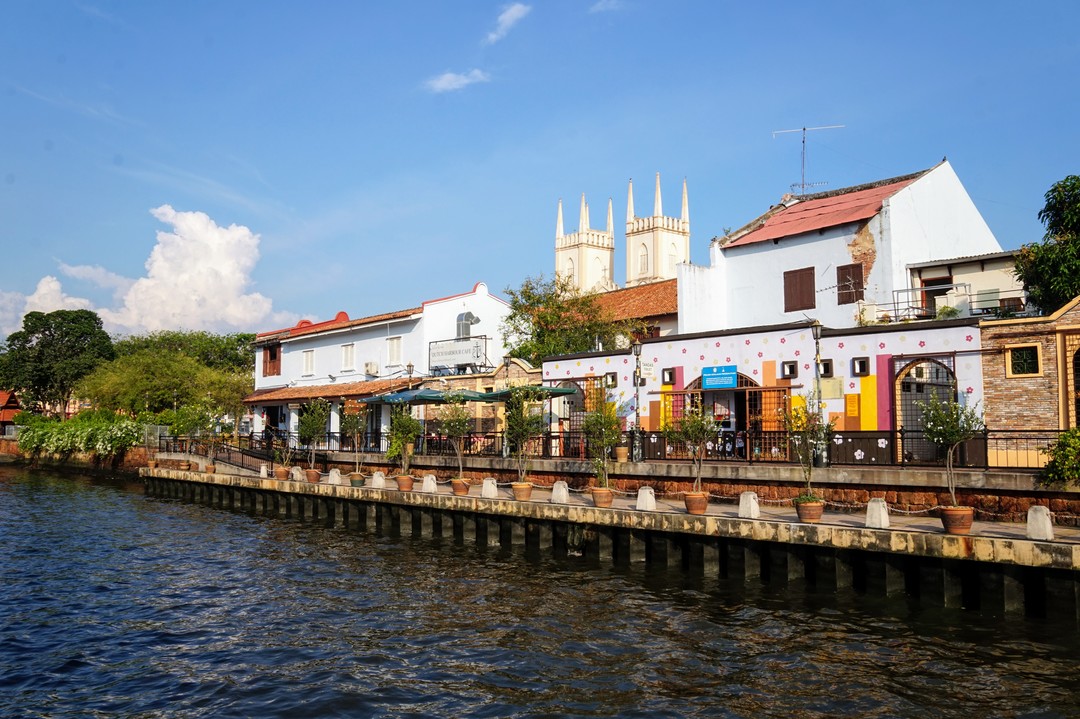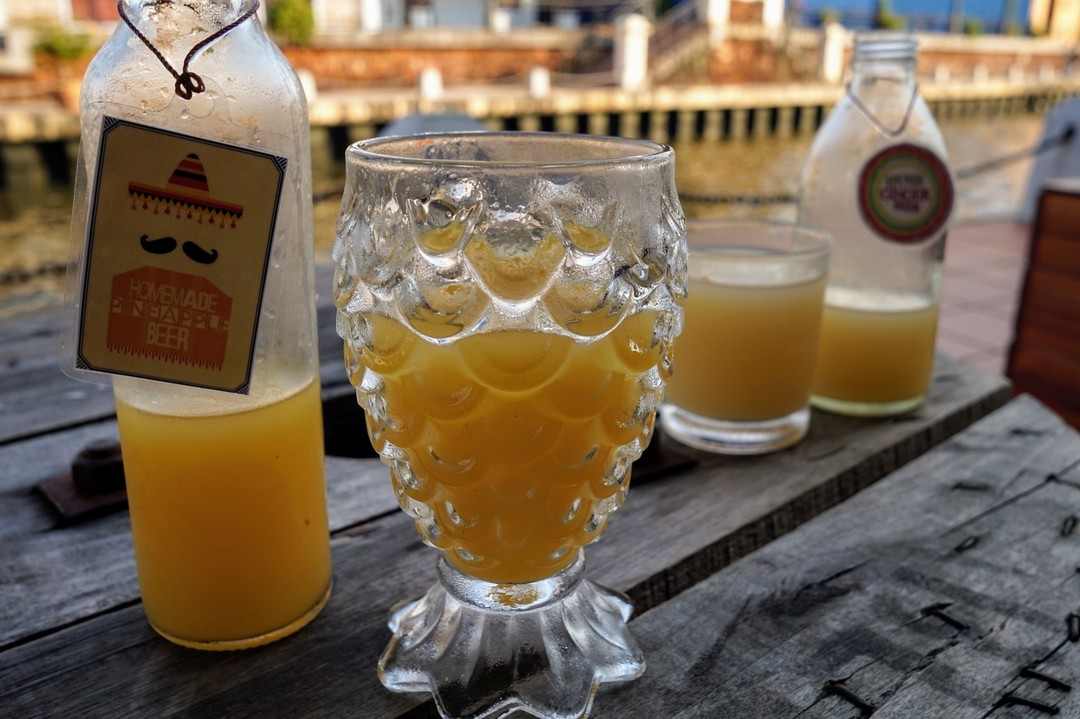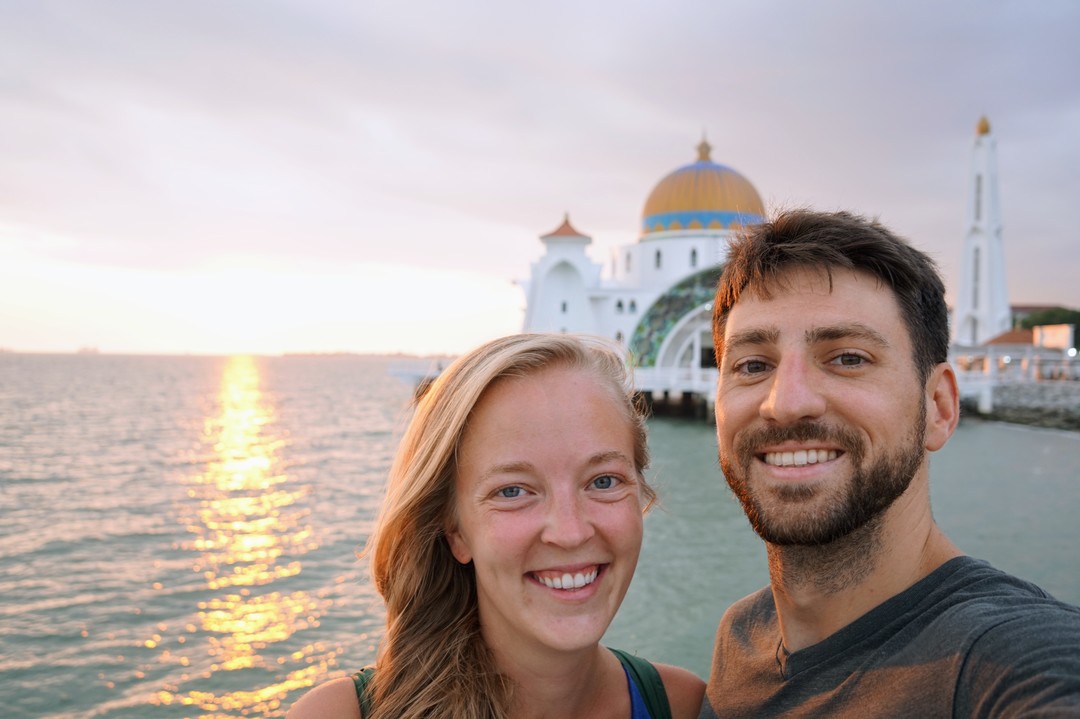After the Philippines we flew south to Jakarta, our first stop in Indonesia. Our plan was to work our way east from the islands of Java to Lombok, but that ended up being the opposite of what we actually did. It turns out that we arrived during a holiday and all the trains east were sold out so we flew to Lombok, traveled west, and ended up saving money overall. Lucky how that works out sometimes!
Our time in Jakarta was short and uneventful: Laura had a sinus infection and wasn’t up for much, and what we did see of the city looked crowded, smoggy, and not pedestrian friendly. It sort of reminded us of India. Lombok was also a letdown: We were interested in hiking Mount Rinjani, but between Laura’s sinus problems, Vesper’s gimp knee, and a few bad experiences with pushy salesmen, we decided to skip the three day trek. It was also the tailend of rainy season so it really wasn’t the best time of year to do the hike anyway.
As an aside, there is a comical changelog for Mount Rinjani’s wiki travel page, where cutthroat tactics have lead to local guides sabotaging other companies’ public profiles. The page looks locked now and includes a large warning about bad business practices.
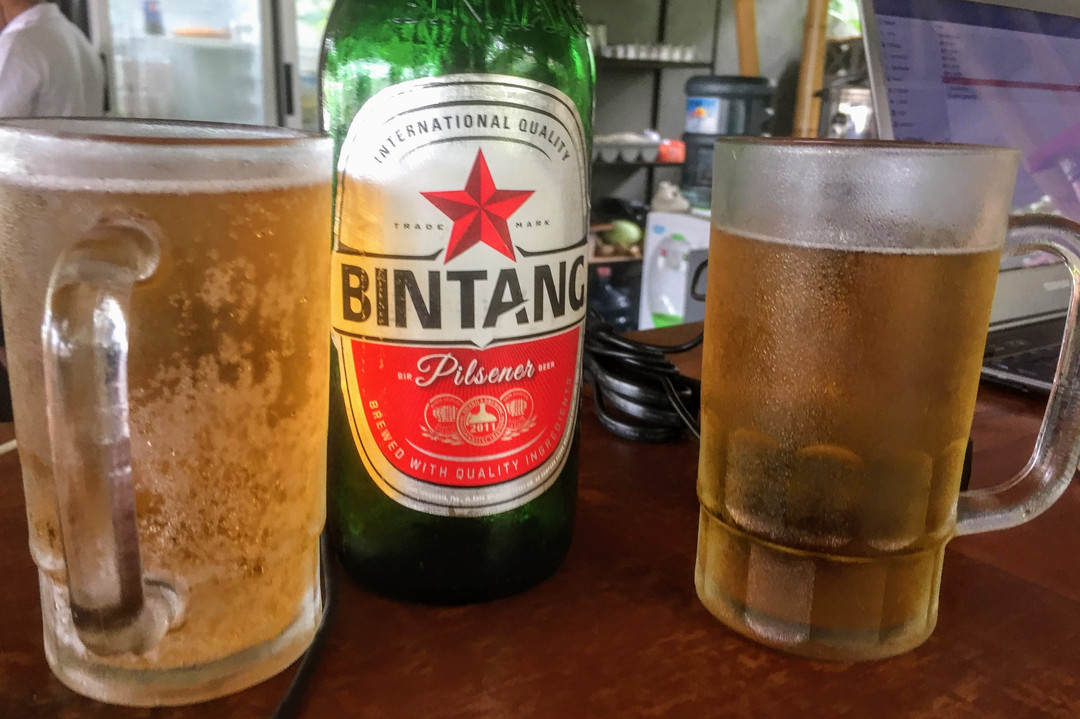
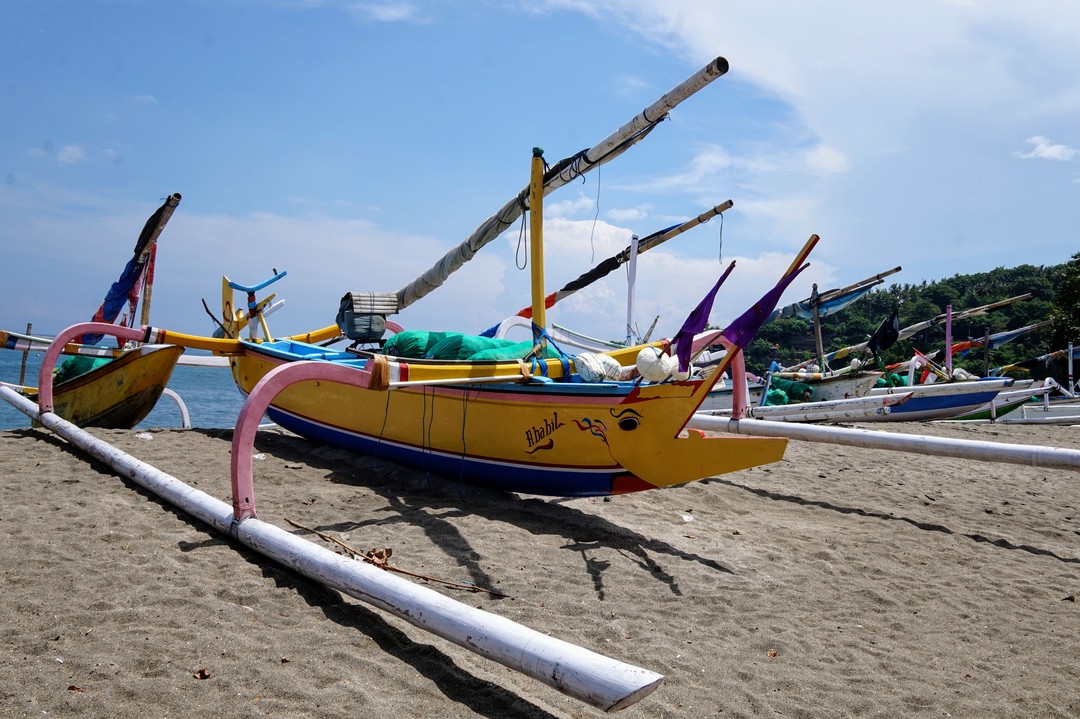

We knew there was plenty more of the island to see, but at this point we needed a quick win so we hopped on a ferry over to the Gili Islands since we had heard lots of great things. Although Indonesia is predominantly Muslim with conservative laws and customs, the Gili Islands are often known as the “free islands” and are far more laid back. For example, while drug possession in Indonesia can mean the death penalty, drugs (psychedelics in particular) can be easily found on the Gilis. We spent a few days on the party island of Gili T and the quiet honeymoon island of Gili Air, snorkeling, reading books on the beach, and enjoying the sunsets.
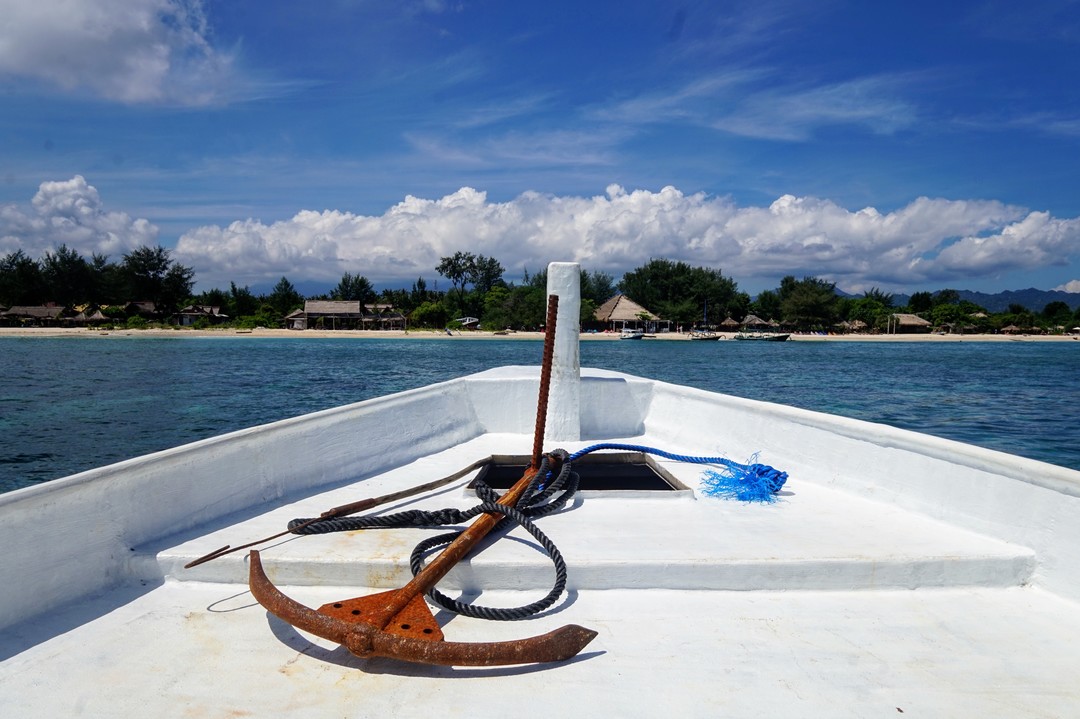

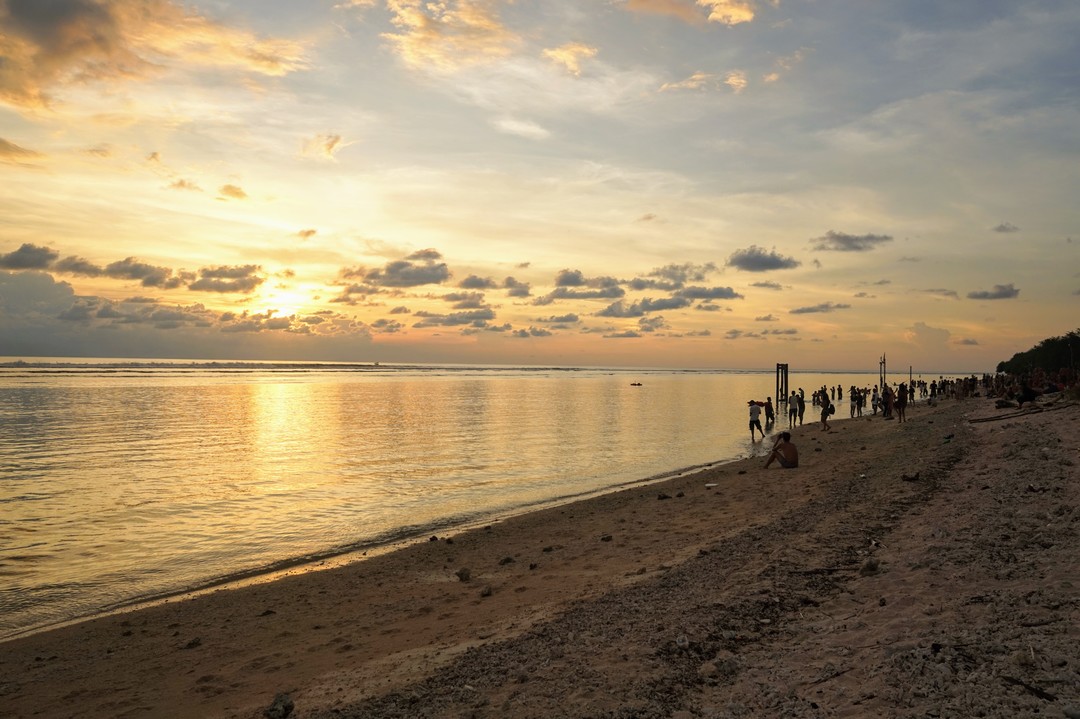
From the Gilis, we took a ferry to Bali and then a bus to the city of Ubud. We had heard it would be a bit kitschy and touristy but with our low expectations we actually found it pretty fun. Ubud is sometimes known as the “cultural heart” of Bali - which is predominantly Hindu - and while there are traditional dances and temples to visit, we have never seen so many yoga studios and vegan buffets anywhere else in the world. Once you get past the hippy granola crowd, there are plenty of lush rice paddies to scooter through and beautiful Balinese architecture to appreciate.
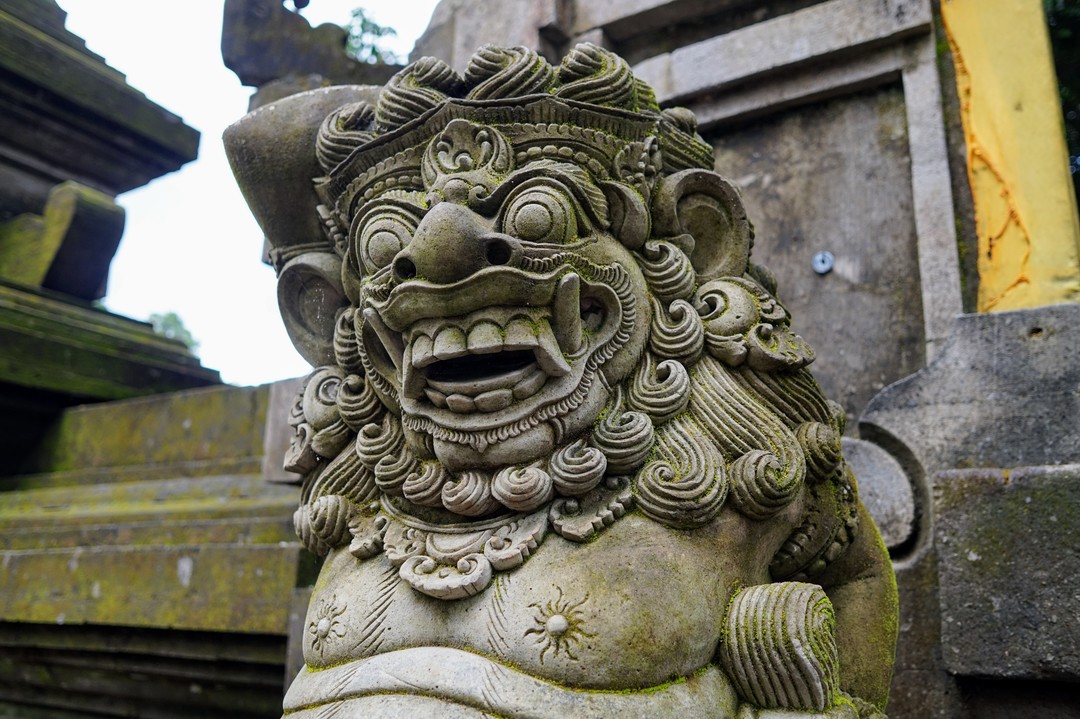
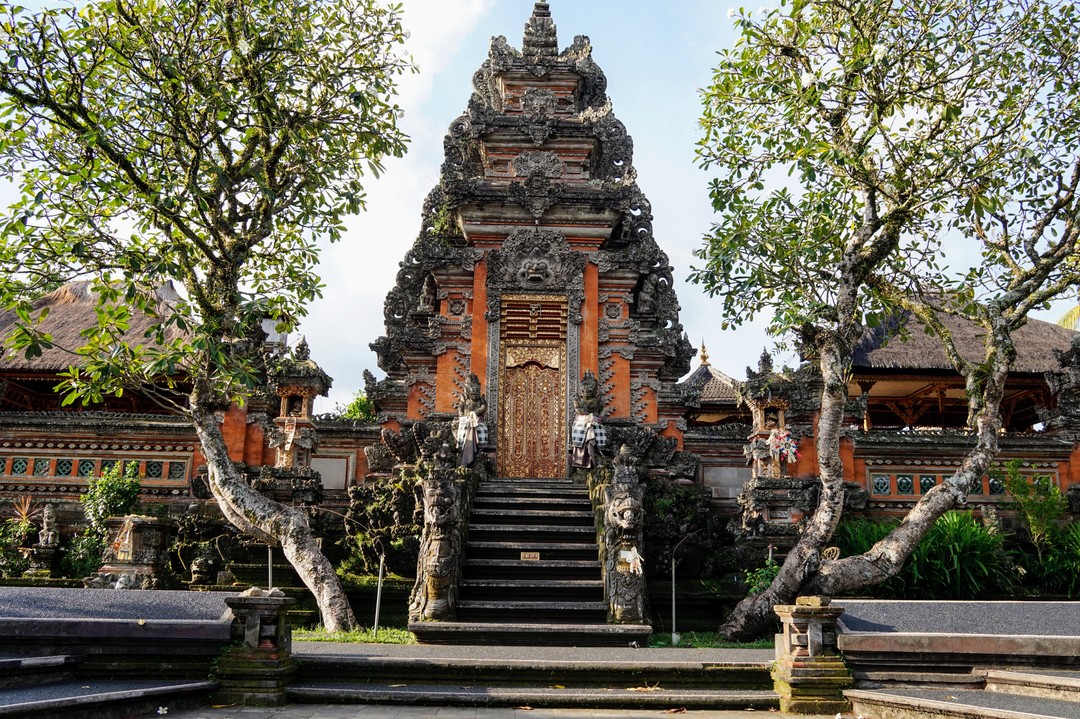
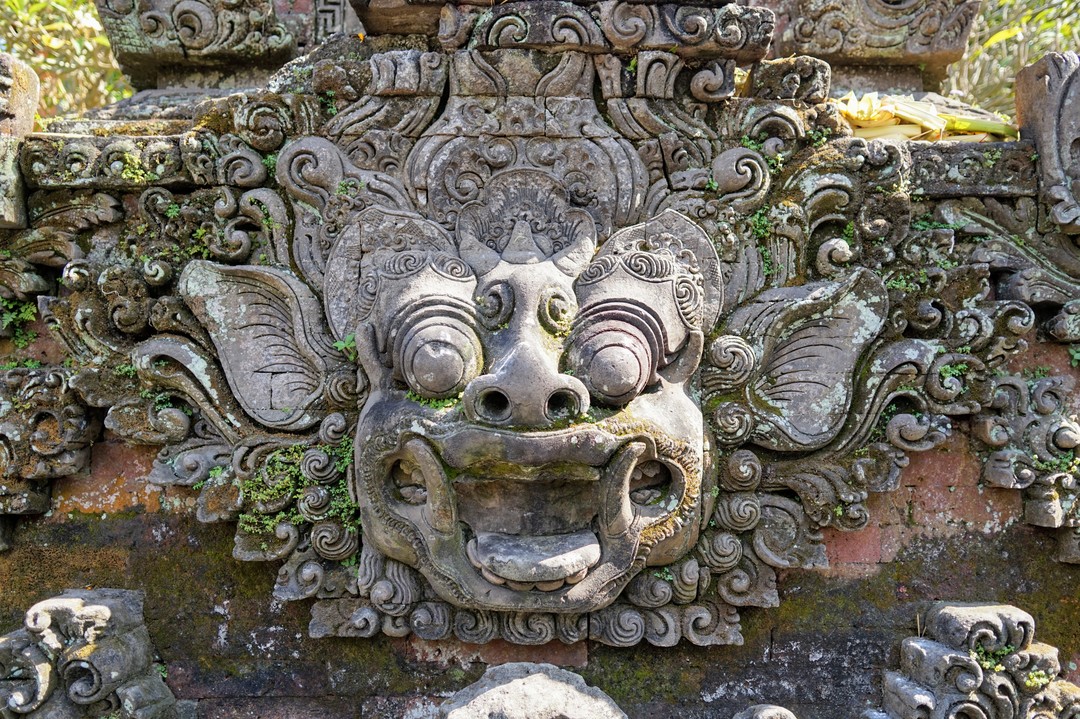

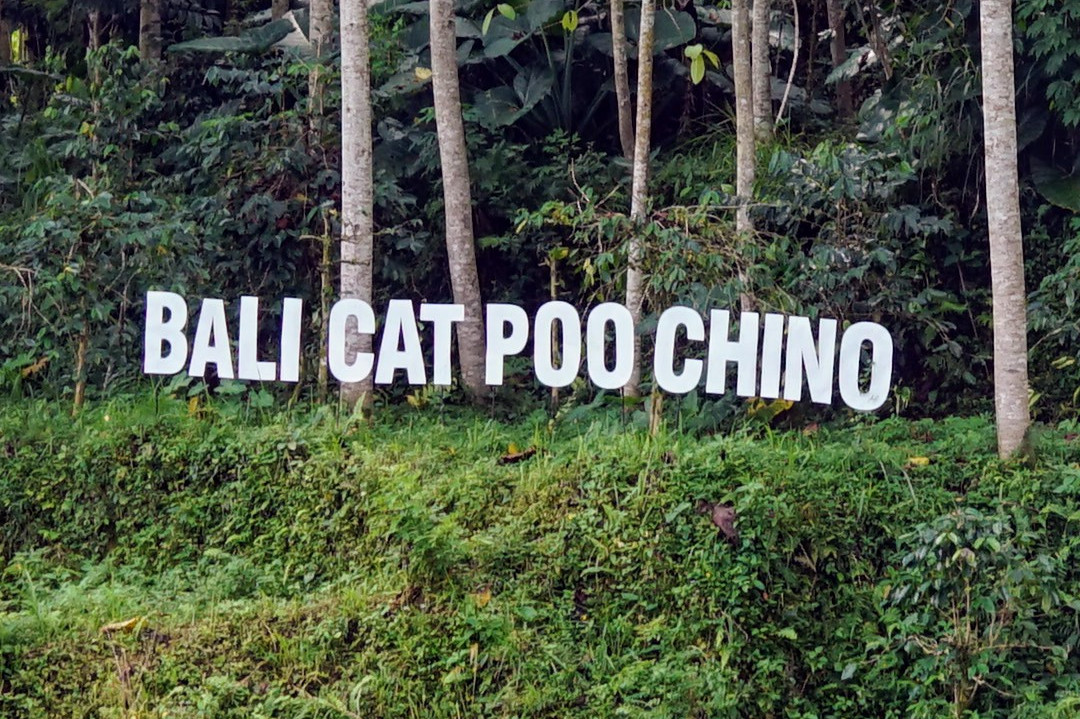

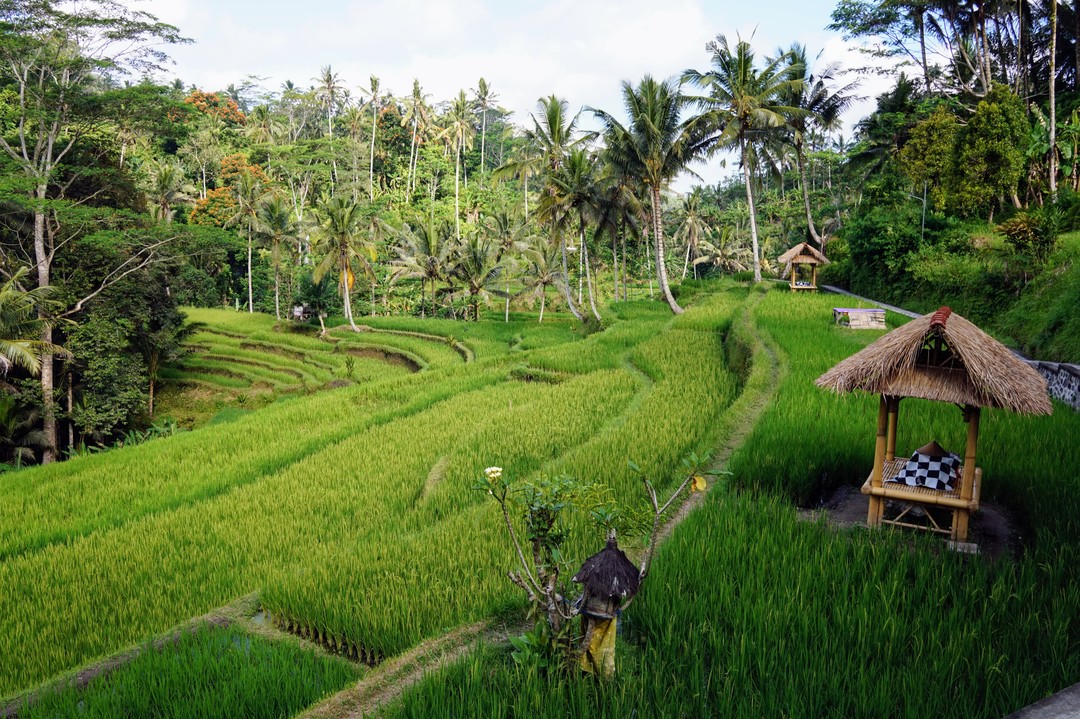


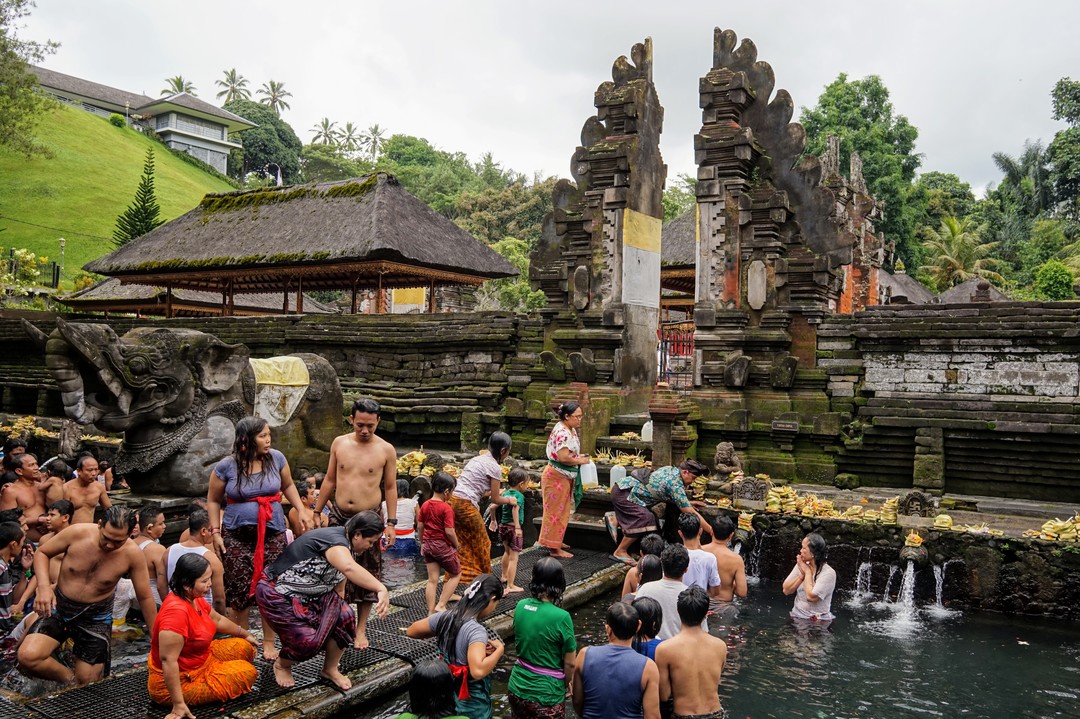
Our next planned stop was to the island of Nusa Penida, so we booked a transfer shuttle to the small coastal town of Padang Bai to catch the ferry. When we arrived at the ferry station we were greeted by several locals who let us know that the ferry was “broken.” Yeah, right, we weren’t born yesterday. Of course it’s broken, how else would they scam us? Thinking we knew better, we pushed past and went straight up to the counter to buy tickets and - low and behold - the ferry actually was broken (for an indefinite amount of time!) so we had no other way to get there without several more hours on a cramped van and an overpriced speedboat.

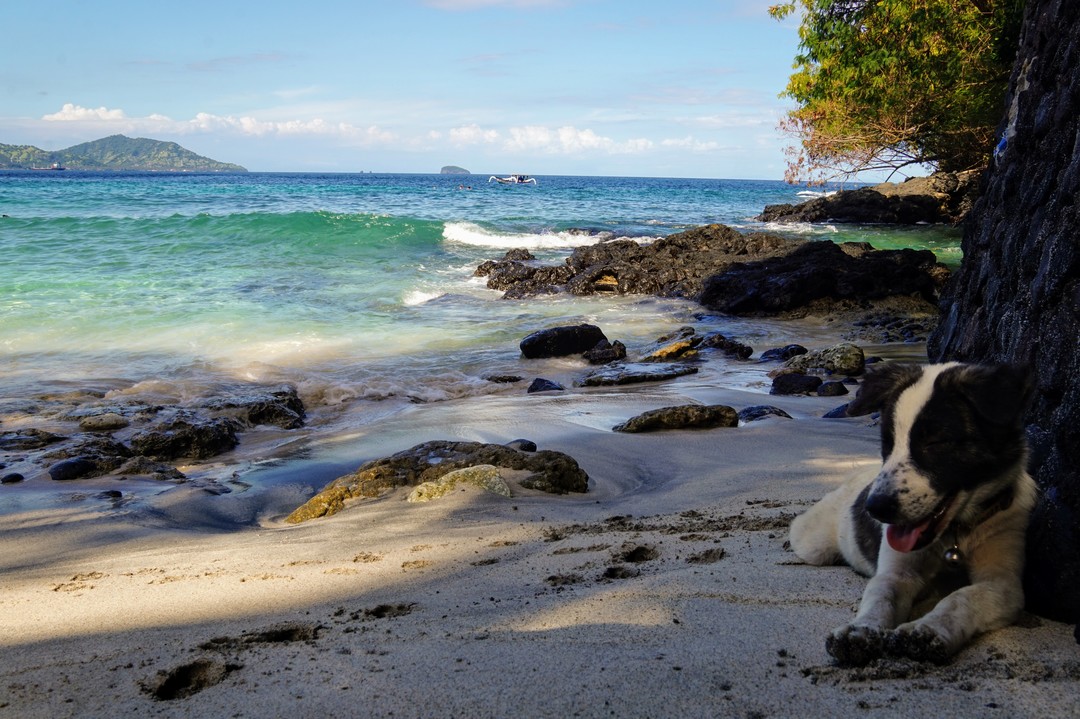
Disappointed with this result, we decided to splurge and use some hotel points on a swanky resort in Seminyak. The town was ridiculously touristy (aka full of partying Australians) and had a terrible beach, but the resort was AWESOME. We spent five days lounging by the pool and enjoying Laura’s hotel status perks including free happy hours, the most ridiculous breakfast buffet spread we’ve ever eaten, and a super luxurious suite. We only made the mistake of trying to wander around Seminyak a few times before deciding to only leave the hotel for dinner and beer runs.
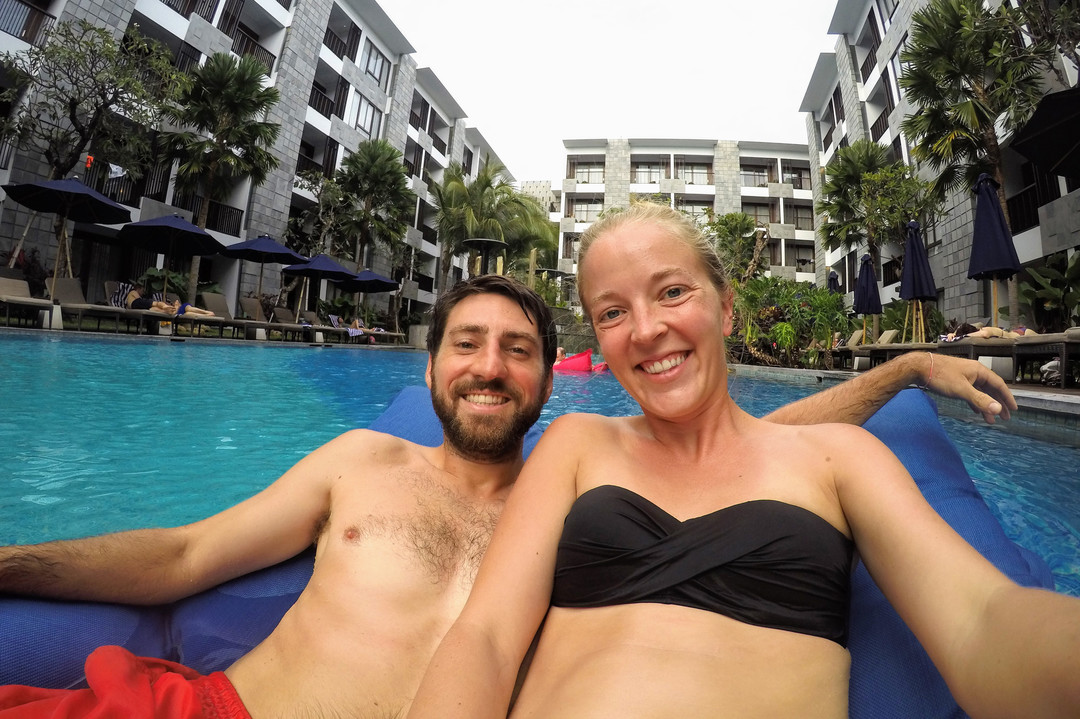
After Bali, our original plan was to go back to Java, hike Mount Ijen and Mount Bromo, and end in Yogyakarta before flying to Australia, but after looking at the price of flights and tour companies, we realized it would be far cheaper to fly to Australia from Bali. Also, to be honest, we were oversaturated with Southeast Asia at this point so we decided to skip Java and save it for another time when we’d appreciate it more.
Overall, we found Indonesia to be underwhelming: our plans fell through left and right, Lombok was ruined by pushy tour operators, the food was mediocre, the beer was horrendous, and most importantly, it was hard to get a feel for the culture since many of the places were so touristy. Maybe better luck next time!
